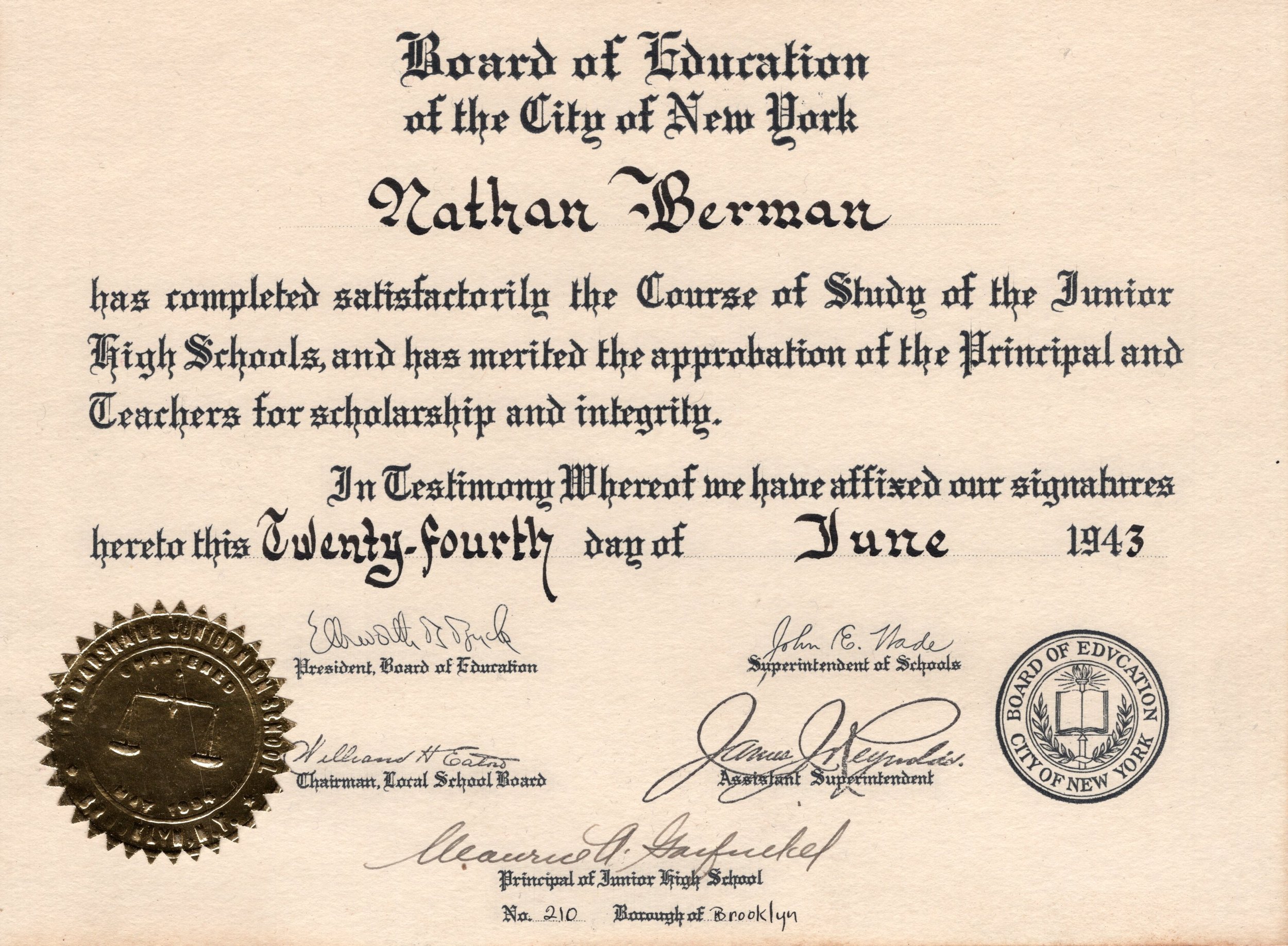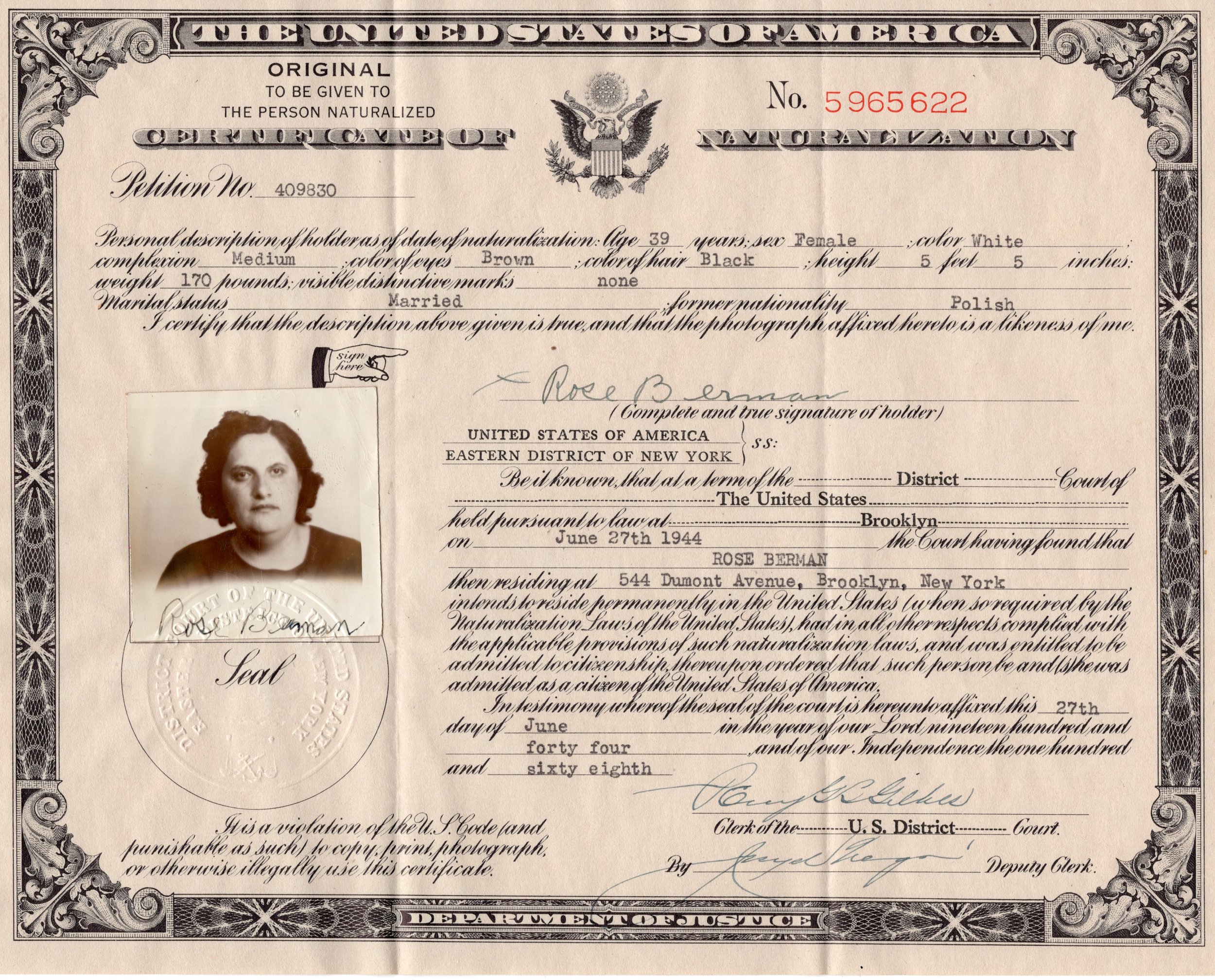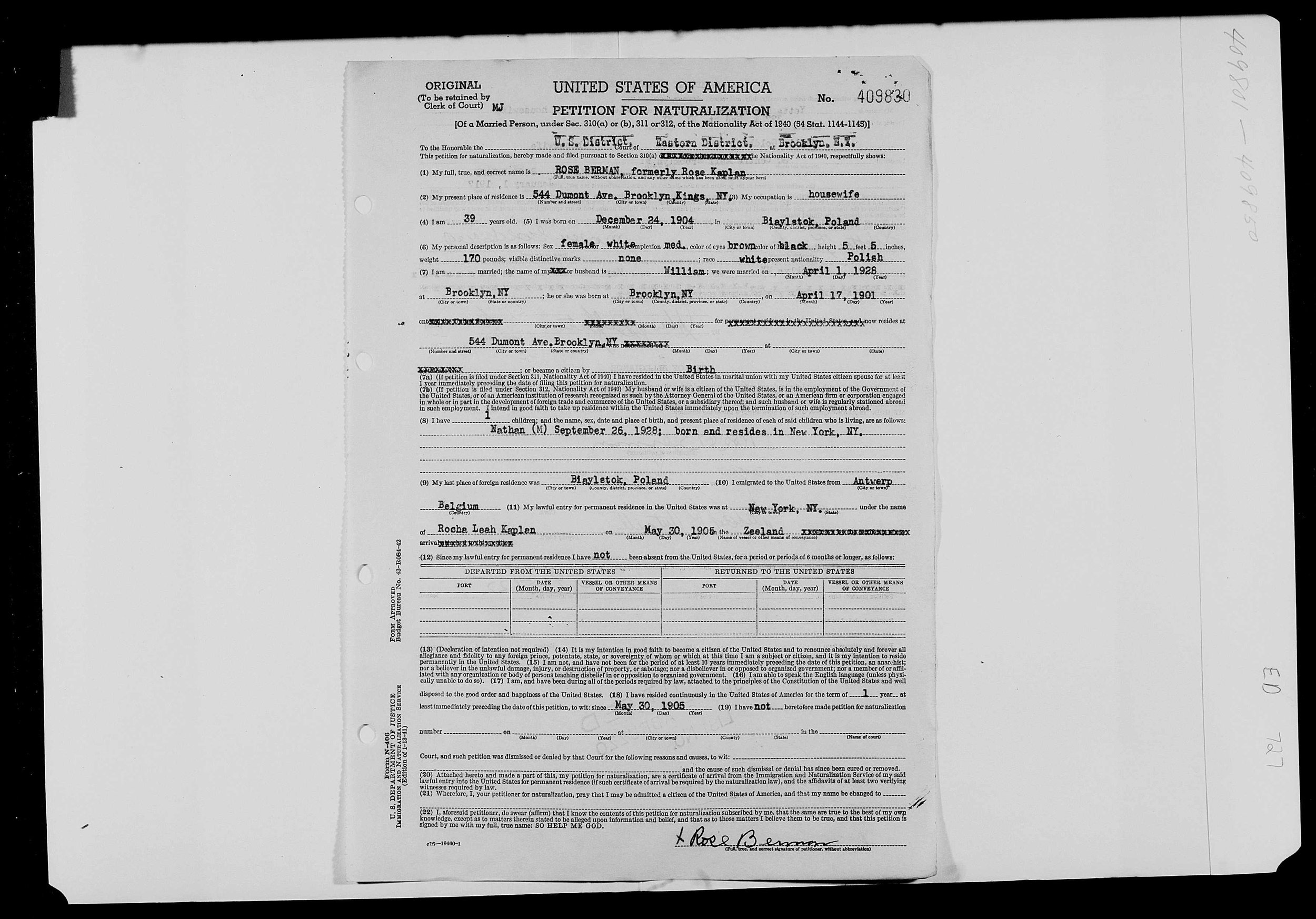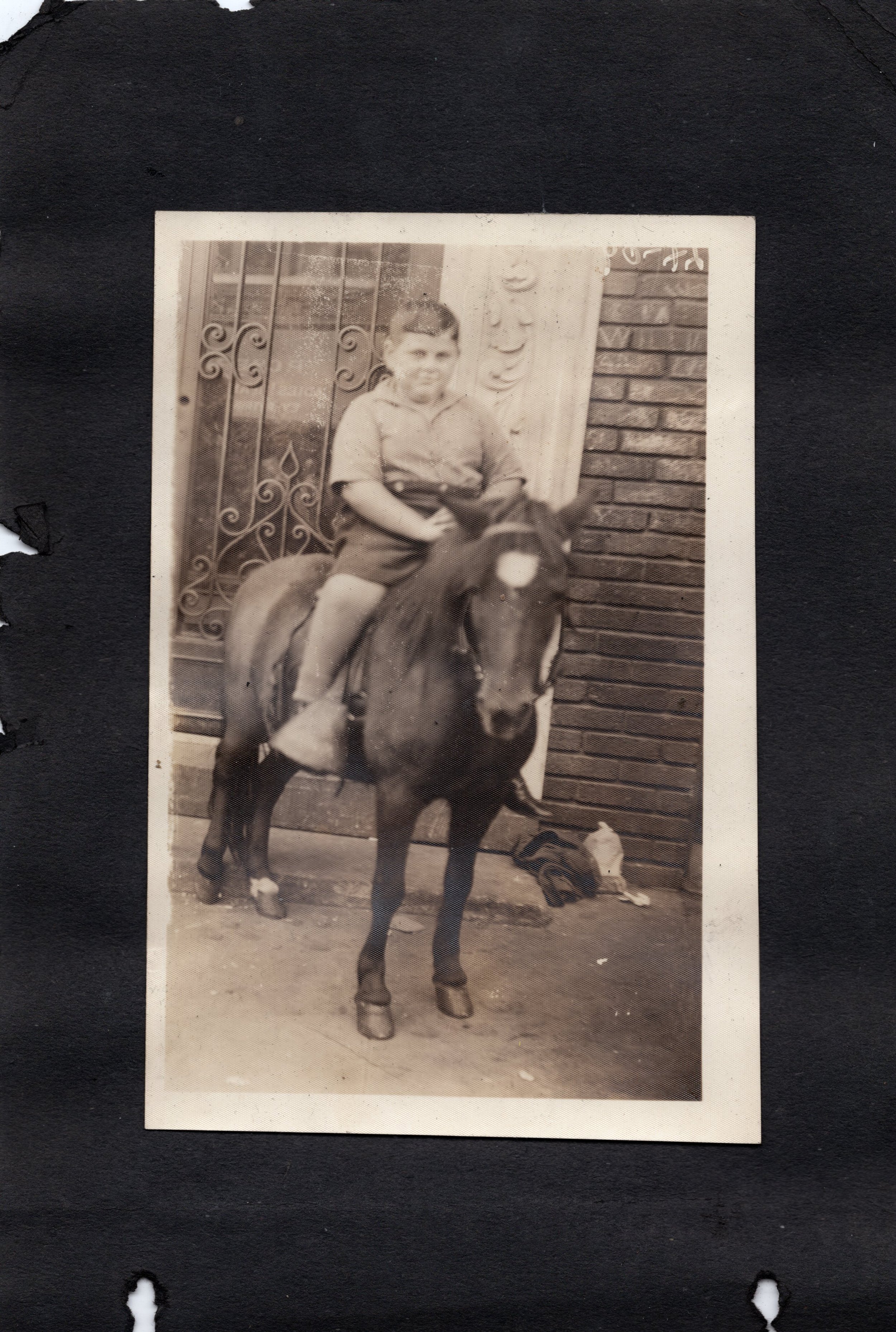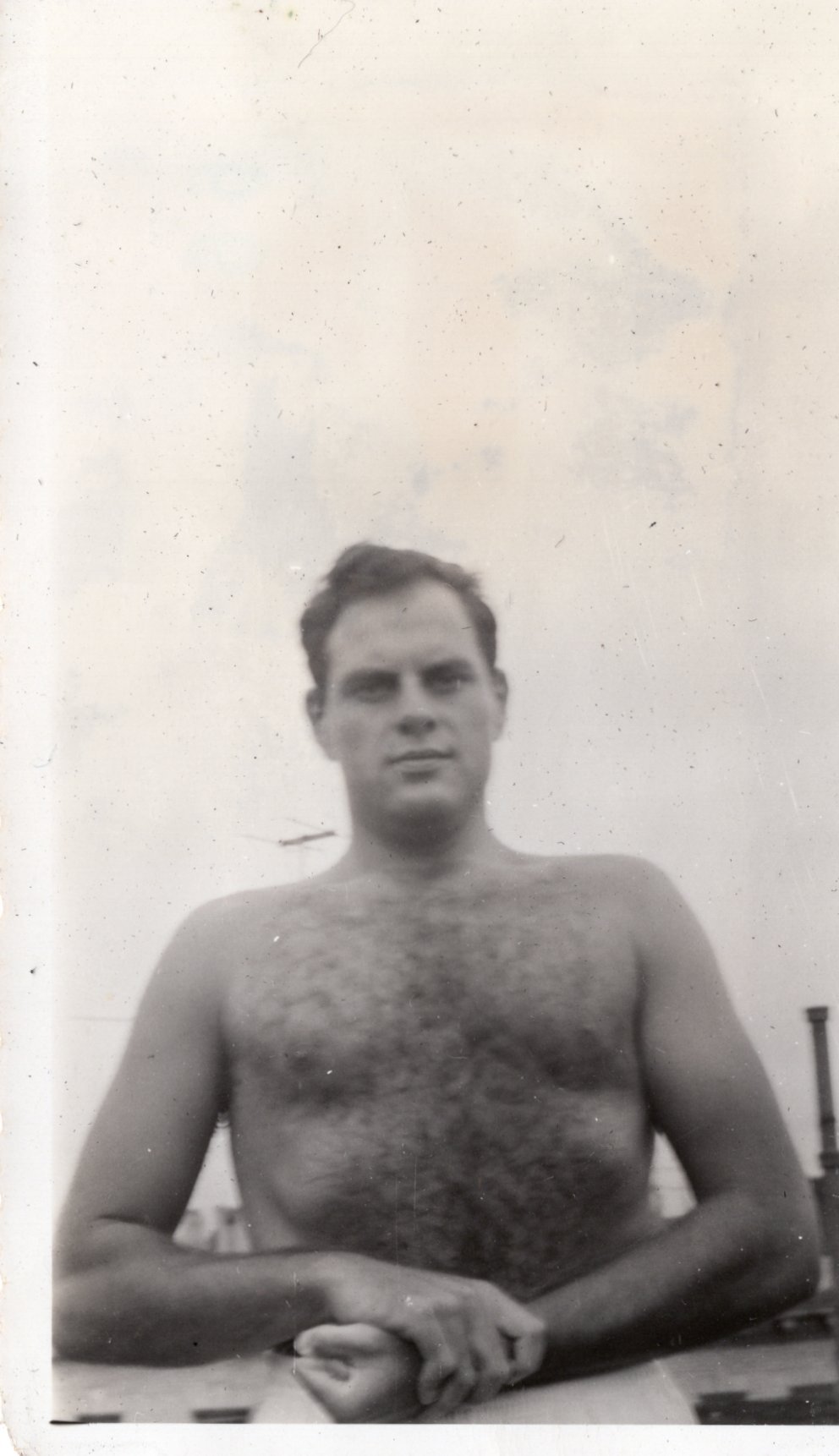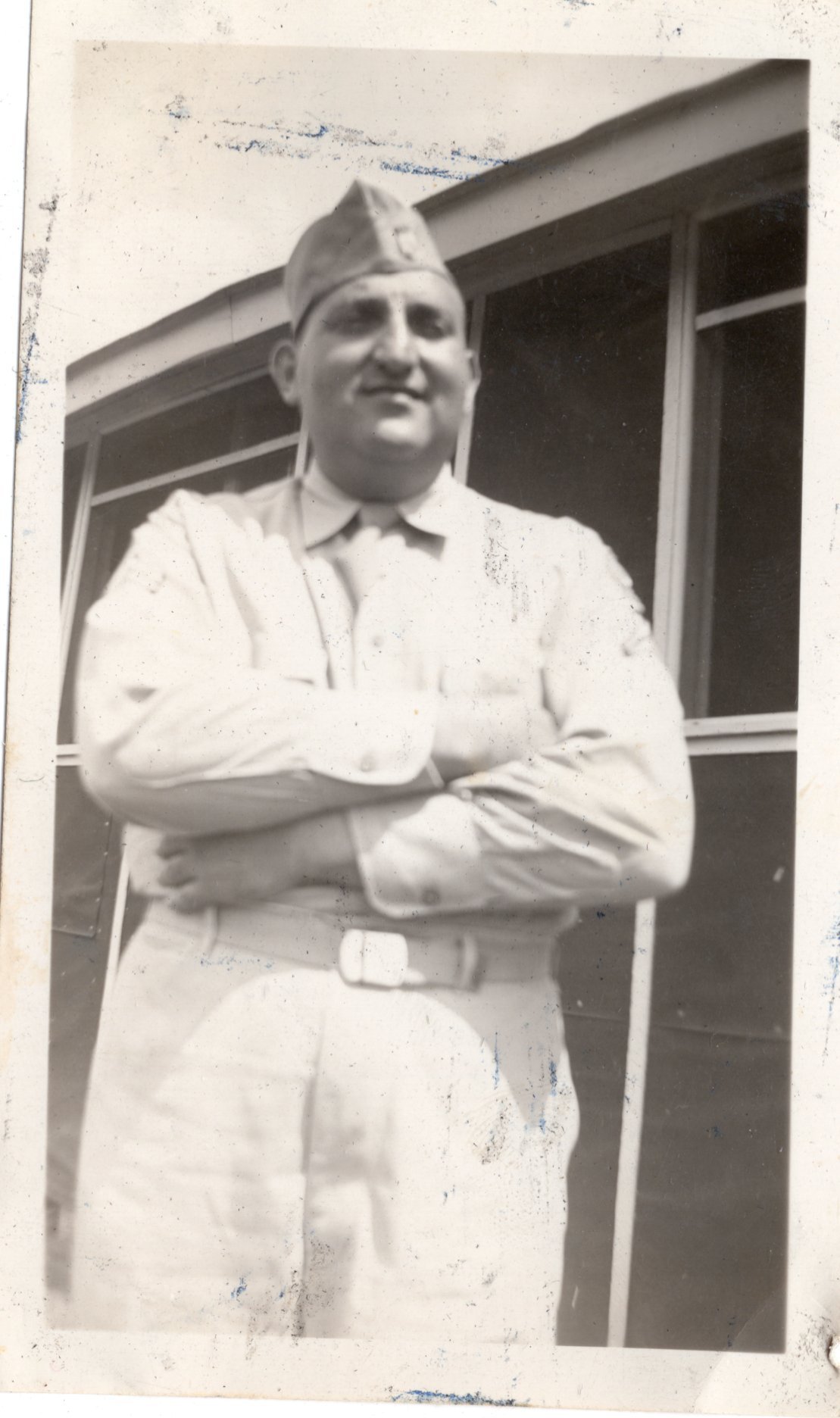Chosen Families Project #22: Visualizing Early Americana Through the Berman Family - RELATIVE FOUND
Hello everyone! It’s been a while, but welcome back to the Chosen Families Project!
I’ve been up to a lot the past couple months. I am so excited to announce that I recently graduated from Monmouth University with my Bachelors in Chemistry with Honors, and had the opportunity to present my honors thesis. I am also currently enrolled in Boston University’s Genealogy Certificate program to become more professional in the field.
However, I have not forgotten the Chosen Families Project entirely.
Here is the story of the Berman family, and how their photographs showcase the role of vernacular portraits in photography, especially in the context of family history.
I first began this research project last summer, when I went to a yard sale, and saw a box full of family documents and photographs. I salvaged what I could, and then got to work researching. The first major clue I saw was on the envelope and Board of education certificate.
Nathan Berman’s
June 24, 1943 High School Diploma
Envelope containing Nathan Berman’s high school portraits
The name Nathan Berman was listed on them. The envelope stated his address was at 544 Dumont Avenue, in Brooklyn, New York. The envelope contained two portraits of Nathan, one in a cap and gown, the other a more standard black and white portrait. The photographs in the envelope were from Delma Studios, located in Brooklyn, New York.
According to the Busy Beaver Button Museum:
Delma Studios was a school photography company established in the 1930s and based in New York City. During the 1970s and 1980s, Delma Studios took senior portraits of college graduates from U.C. Davis, Notre Dame, and University of Michigan, among other colleges. The company also captured photos of high school students for their yearbooks. Delma Studios dissolved in 1986 due to financial struggles, and portions of the company were sold to other American studios including Lifetouch Inc.
The photographs are likely to accompany the high school diploma, dated June 24, 1943.The other crucial piece of evidence was the Naturalization certificate dated June 27, 1944 for Rose Berman, living at the same address in Brooklyn. It was reasonable to conclude that Rose was Nathan’s mother. Through the process of genealogical research, I was able to create a basic tree in order to confirm this, as well as better tell their stories
The photographs are likely to accompany the high school diploma, dated June 24, 1943.The other crucial piece of evidence was the Naturalization certificate dated June 27, 1944 for Rose Berman, living at the same address in Brooklyn. It was reasonable to conclude that Rose was Nathan’s mother. Through the process of genealogical research, I was able to create a basic tree in order to confirm this, as well as better tell their stories.
I’ll first begin with Nathan’s father, William Berman. He was born in Brooklyn, New York on 17 April 1901 to parents Morris Berman (1877-1933) and Rebecca “Beckie” (1874-?), both of Russian descent. The family in 1910 first resided on Watkins Street, and later moved to 418 Dumont Ave by 1918. By 1920, William Berman resided with his parents and six siblings, working as an operator in both men’s and childrens clothing, an occupation he held throughout his lifetime. He still resided with his family in 1925.
On April 1, 1928, he married Rose Kaplan in Brooklyn, New York, at the age of 26. On September 26, 1928, they would have their first and only child Nathan Berman. In 1930, he would reside at 681 Howard Ave with Rose and Nathan. By 1940, they moved to 1631 Prospect Place. By 1946, the family resided at 544 Dumont Ave, the address listed on the envelope, according to Nathan Berman’s draft card from WWII. On October 30, 1965, at the age of 64, William would pass away, buried in Wellwood Cemetery, in West Babylon, New York.
Rose (Kaplan) Berman was likely born on 24 Dec 1904 in Biaylstok, Poland to parents Nathan Kaplan and Mollie Schwartz. Her Social Security Application Index lists the same parents to her marriage record, but lists her birthdate as 9 Dec 1903, in Poland.
According to her petition for naturalization 1944, Rose was described as having medium complexion, with brown eyes, and black hair. She was 5’5, and weighed 170 pounds. She arrived under the name Rocha Leah Kaplan to New York, New York aboard the Zeeland on May 30, 1906. The certificate following this petition dates from June 27, 1944, when Rose became a US citizen. It also features her portrait on the certificate itself. Rose resided in Brooklyn as of 1950 with her husband. She would pass away on 15 May 1991 at the age of 86. She is buried in Wellwood Cemetery, in West Babylon, New York, alongside her husband. It’s important that the couple were likely Jewish, based on the Hebrew text on the headstone, and the 1930 census stating that she spoke Yiddish.
Rose (Kaplan) Berman’s Petition For Naturalization
Rose (Kaplan) Berman’s Petition For Naturalization
Their son Nathan Berman was born, as stated previously on 26 Sep 1928, in Brooklyn, New York.He was a graduate of Thomas Jefferson High School in 1946, with the portrait included in his high school yearbook, noted previously, being the same one as I recovered. In highschool, he went by the nickname ‘Nat’ and was part of the Radio Workshop and Student Patrol. The relative I sent the photographs back to noted that Nathan was well-known for his nickname Nat throughout his lifetime. His 1946 Draft Card, notes that he at the age of 18 was working at the highschool, based on his occupation location listed.Nathan Berman was around 6’ tall, with brown hair and brown eyes,with a ruddy complexion. This draft card notes that Nathan also had a spinal defect. In 1950 he still resided with his parents. By 1959, he would marry his wife Jeanette. He passed away at the age of 89 on 22 July 2018; he never had any children. His wife, who passed away in 1987, is also buried alongside him. They are both buried at Wellwood Cemetery, the same cemetery as both his parents.
One of the most interesting pieces of this project came with the family photograph album. I wasn’t sure at first, since many of the photographs in the album were not labeled, to be part of the family. Many of the photographs looked to be from the family, but I could not fully tell. This was until I found a graduation portrait, of an unidentified woman, with the initials R Berman listed on top.
The family photograph album was string bound, with a green leather cover. The album contains hundreds of family photographs, which I have fully digitized and included. The photographs likely date from the 1920s-1940s, noting from the clothing and date one of the military photographs from 1944. These photographs offer an amazing glimpse into the middle-class livelihoods of the time, including scenes of family life, including candids, baby photographs, military portraits, souvenir portraits, and small passport photographs, which were all common to the vernacular photographs of the era. The photographs are in a varied state of condition, especially some of the metal souvenir photographs, which are in poor condition.
One of the particular photographs I identified as Nathan based on his graduation portrait. In this black and white photograph, undated, Nathan is seen posing shirtless, possibly at a beach. He is centered in the frame, with his hands folded over one another, looking directly into the camera.
Unfortunately, because the photographs were not labeled, many of these relatives I have not been able to pinpoint.It is evident that the photographs are multigenerational, and likely contain photographs of individuals such as Nathan’s father, William.
There is also something so special to the organization of the photographs. Some of my favorite groupings of photographs contain full pages of small black and white portraits in various poses aside from more formal portraits. One of my favorite set photographs shows a man, unknown, posing in a white dress, amongst his friends.
The first photograph shows him posing on a wooden staircase, wearing a black dress, and a long cigarette in his mouth. A man and a woman, in more contemporary clothing, are visible on the right side of the photograph following behind him. The second photograph shows the same man, surrounded by 5 other men and women, still posing in his white dress with a cigarette in his mouth. I thought this portrait was so amazing to see because it is highlighting the fun spirit individuals had at this time, contrasted to the more formal portraits one is used to seeing from this era.
The album shows that the Berman’s were part of a middle-class lifestyle too. In one of the other notable photographs, a child is seated on a dark brown pony. They appear to be on a city sidewalk, a gated door on the left hand side, a brick exterior visible on the right hand-side.
Child on Horse
Embedded in the history of photography denotes how snapshots photographs like the Bermans are intertwined towards capturing the family dynamic as a whole. Author Christopher Musello in his 1980 essay titled “Studying the Home Mode: An Exploration of Family Photography and Visual Communication” that family photographs “fill the desk drawers, albums, walls, attic chests, and closeted boxes of our homes in ways that personal diaries, writings, or documents never have and perhaps never will” (Musello 23). They act as forms of "native documentation" whereby “folklorists, sociologists, psychologists, anthropologists, and others have not surprisingly been drawn to these materials both as statements about social life and personal experience and as data of culture” (Musello 24).
In regards to family albums Musello noting that “although the actual storage units into which photographs were sorted were varied, the ongoing general family album seems to be the predominant organizing form, supplemented by a general pool of unsorted photographs…Those depicted in family albums may include a range of family, friends, and relatives. As a family ages, however, the range generally narrows because relatives are included with less frequency and the immediate family” (Musello 23). That is why in the case of the Berman album, a large majority of the individuals could be family, but it is likely that it included some of their friends too, especially in some of the more playful scenes.
Family Zoo Trip, with photograph of tiger
In Mette Sandbye’s 2014 essay “Looking at the family photo album: a resumed theoretical discussion of why and how” , she reviewed three photograph albums from different cultures in a historical lens. She discusses how “family photo albums, like other forms of vernacular photography, are objects at the same time related to personal, affective, social, and cultural communication..the family photo album is a globally circulating form that not only takes locally specific forms but also ‘‘produces localities’’ that creates and negotiate individual stories” (Sandbye 3).
She also notes how family albums, like the Bermans, are the types of work that “that has not yet been fully integrated in archives and museums, but that exists on shelves and in boxes in private homes” (Sandbye 15). They are such important tools in history because they offer “sociological insight into specific everyday cultures at particular historical moments” (Sandbye 15).
One of my favorite quotes at the conclusion of her work is how the Berman album, like those reviewed in her work, serve as illustrating “photography’s existential dimension and the power to speak one’s own history, while underlining that photography is both a material and a social practice.”
Full Gallery of Berman Photograph Album:
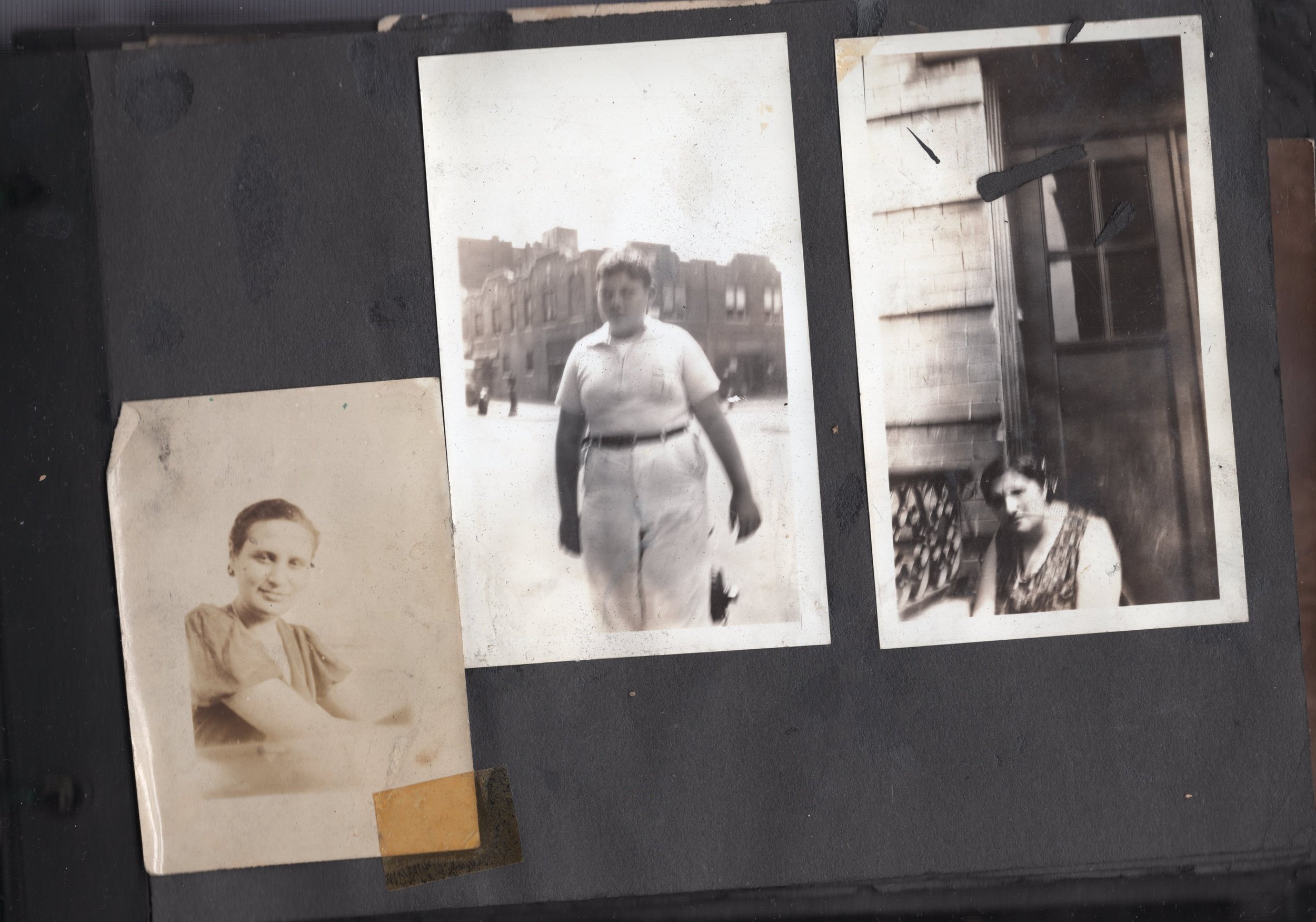
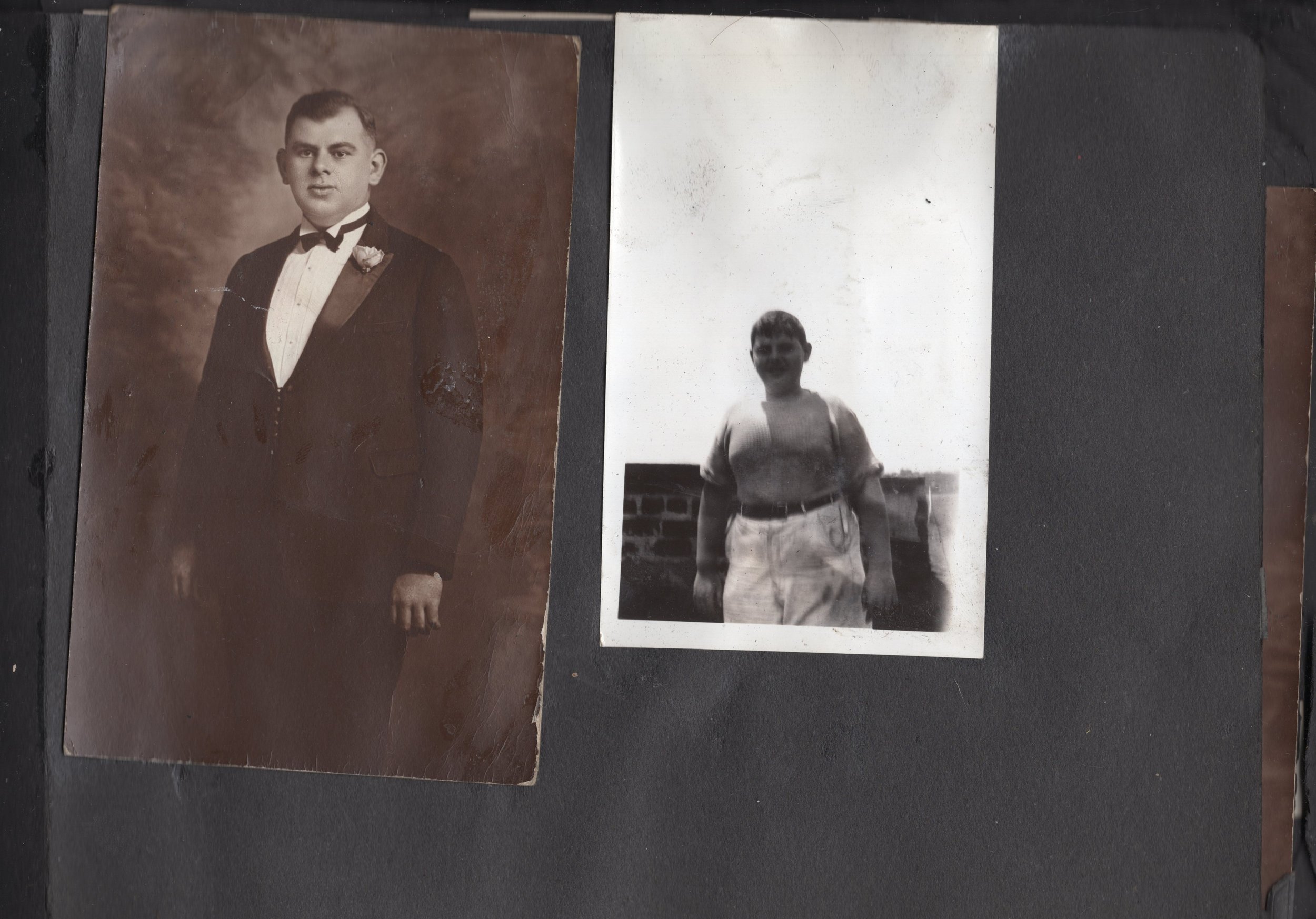
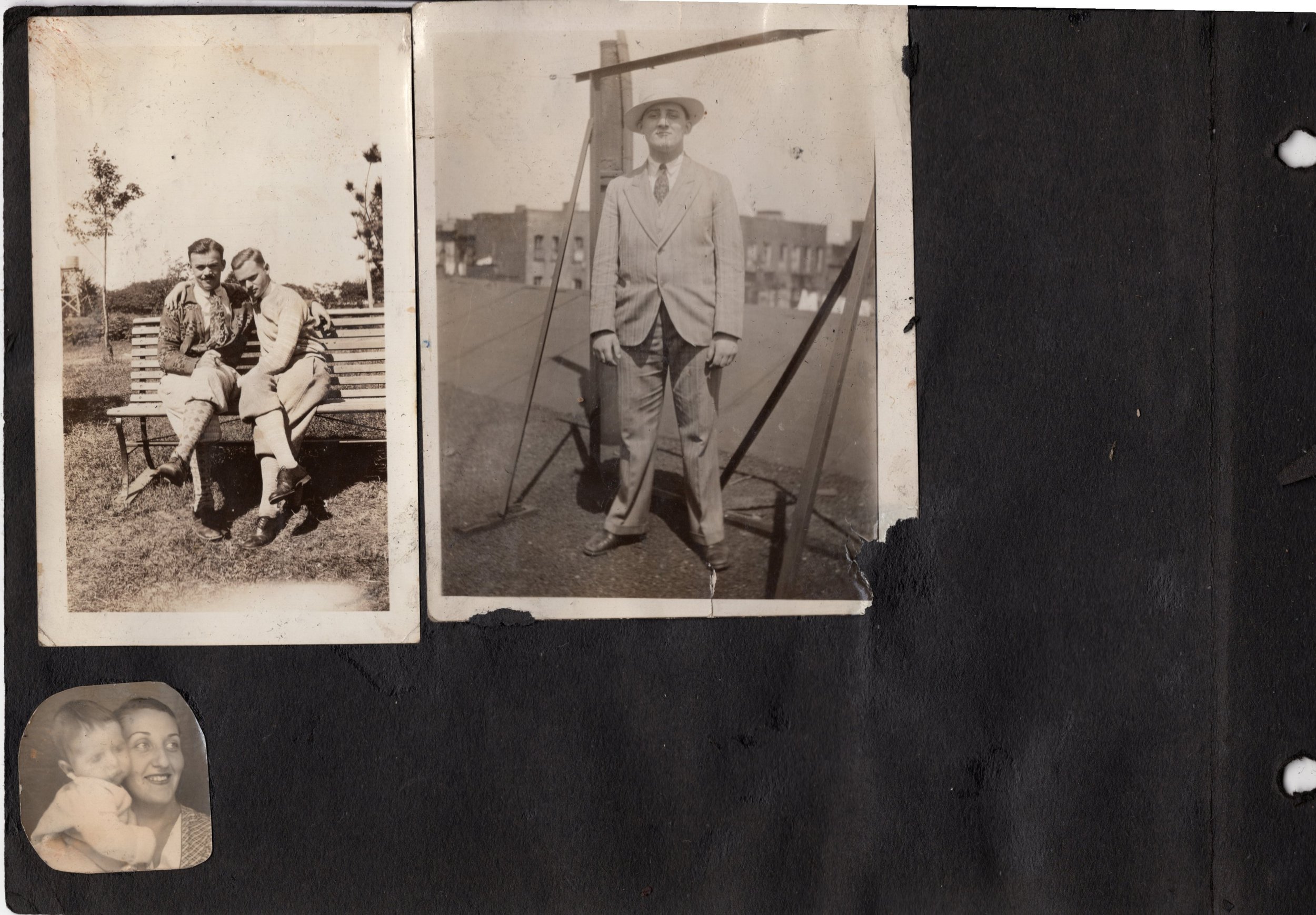
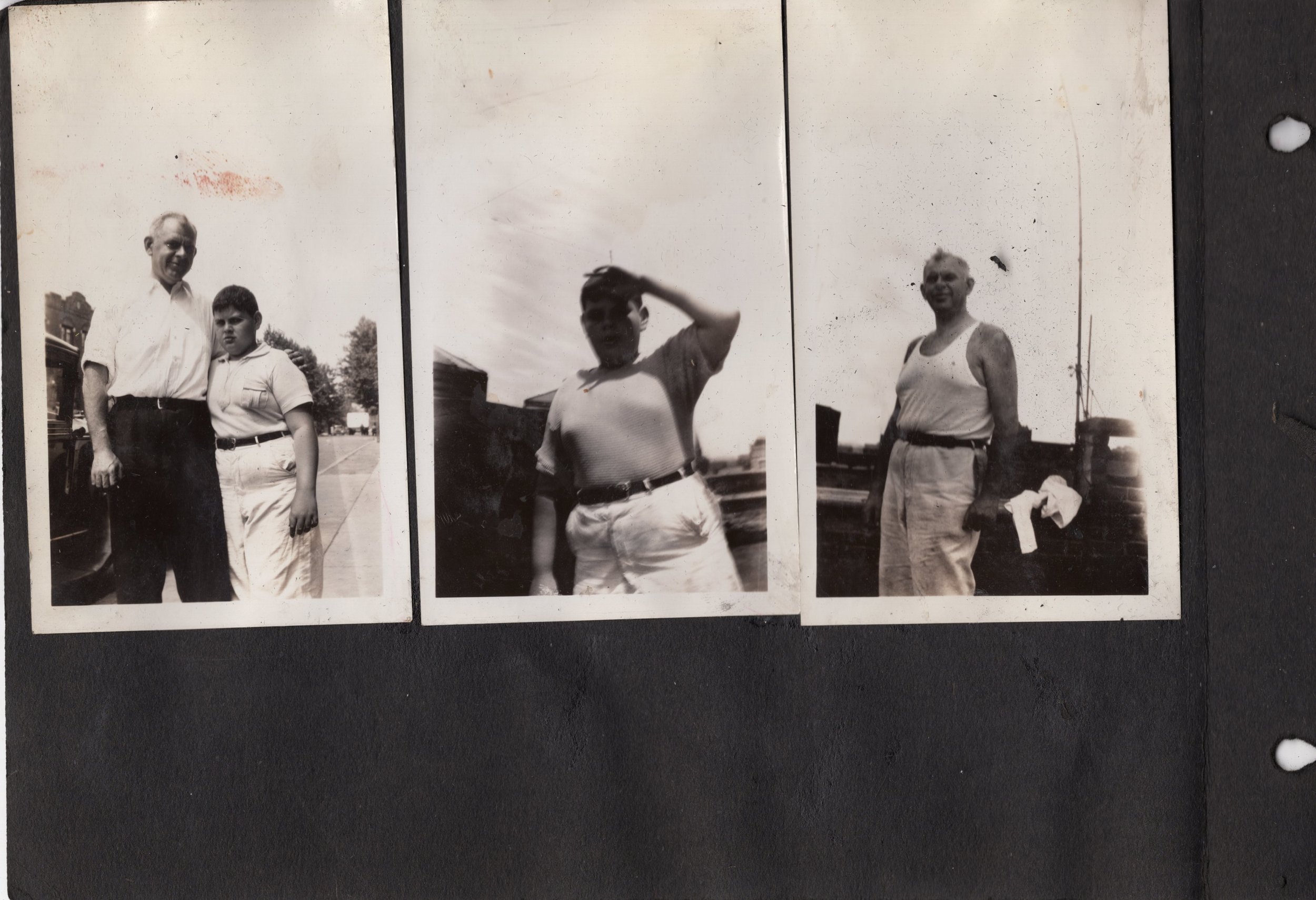
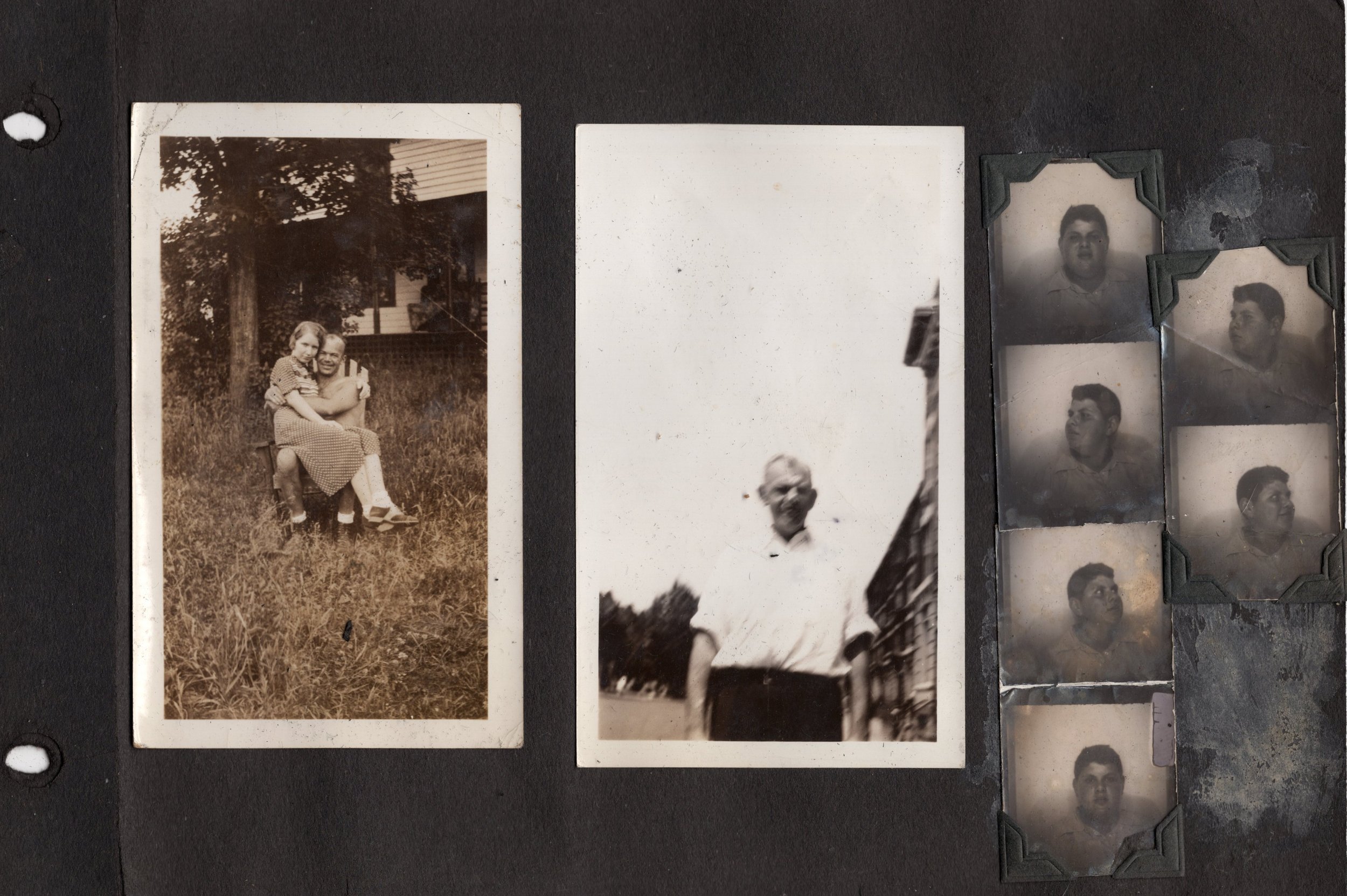
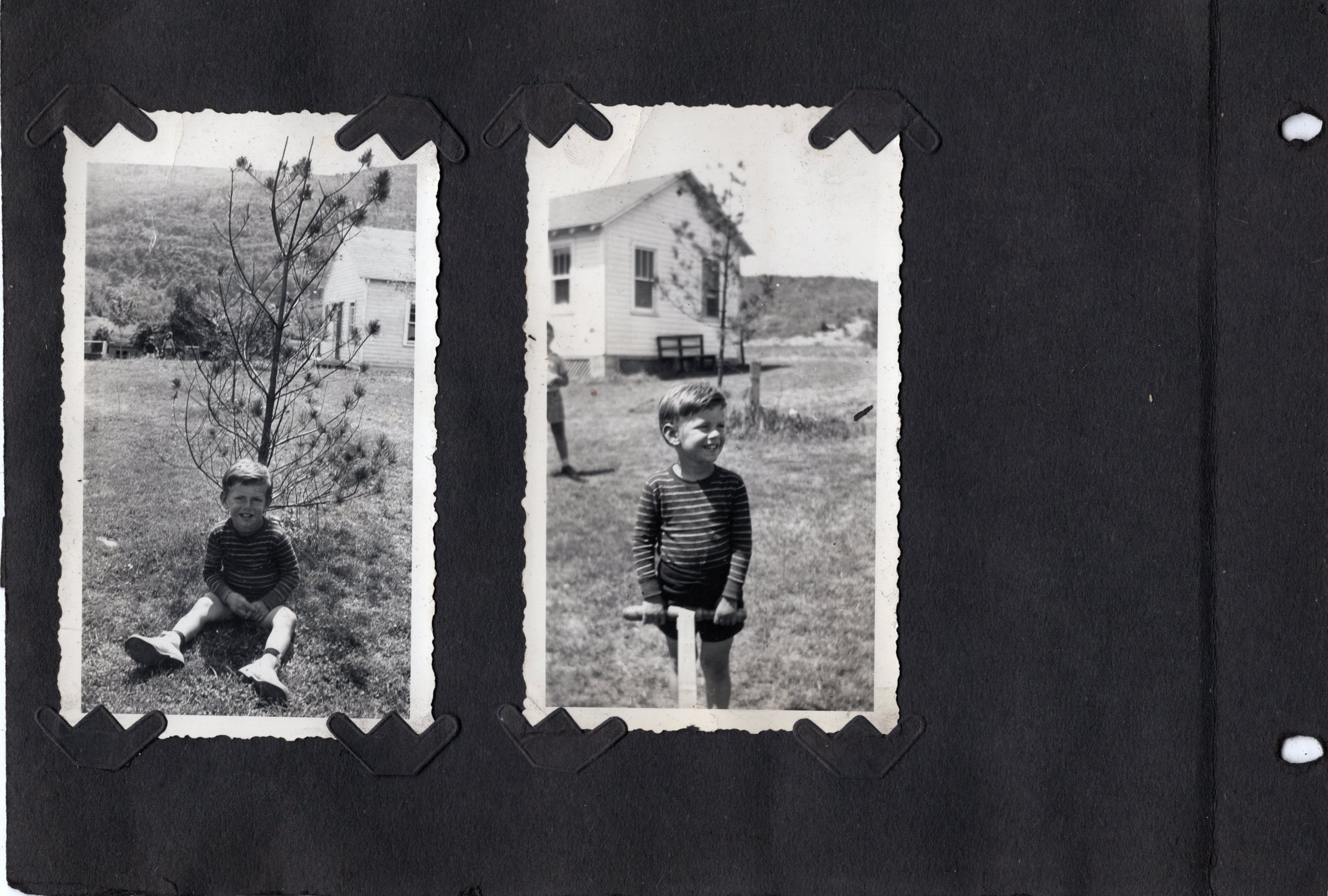
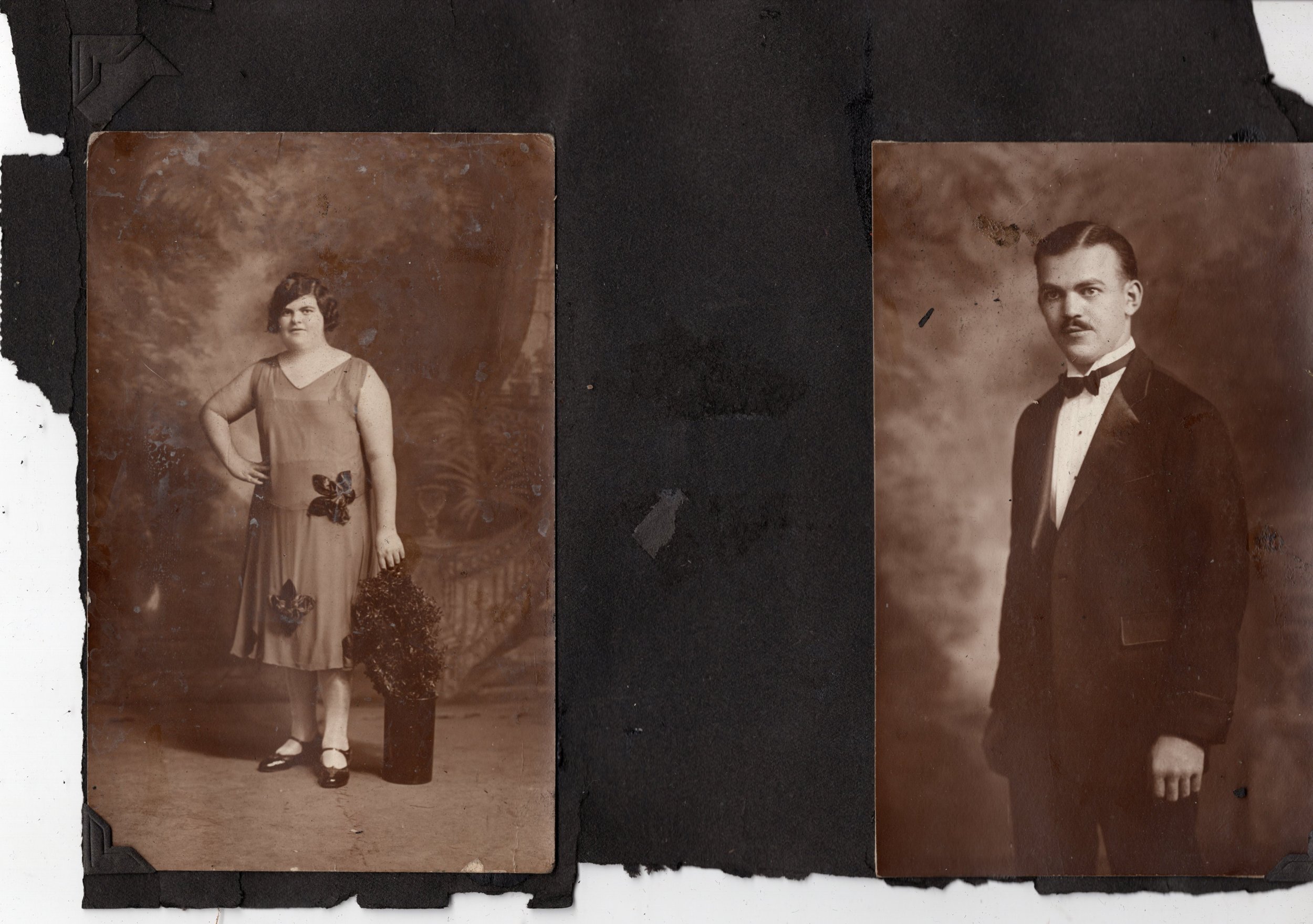
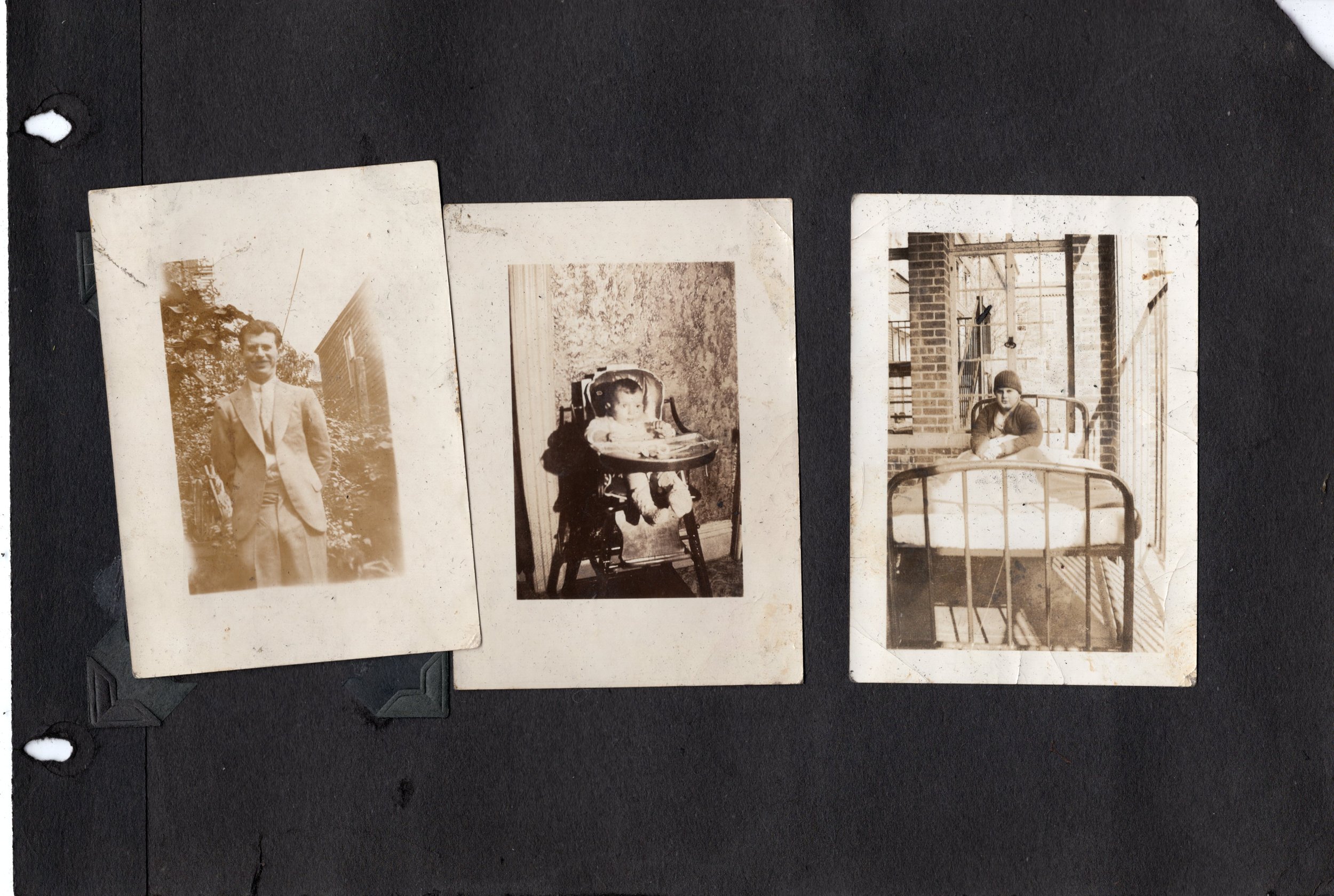
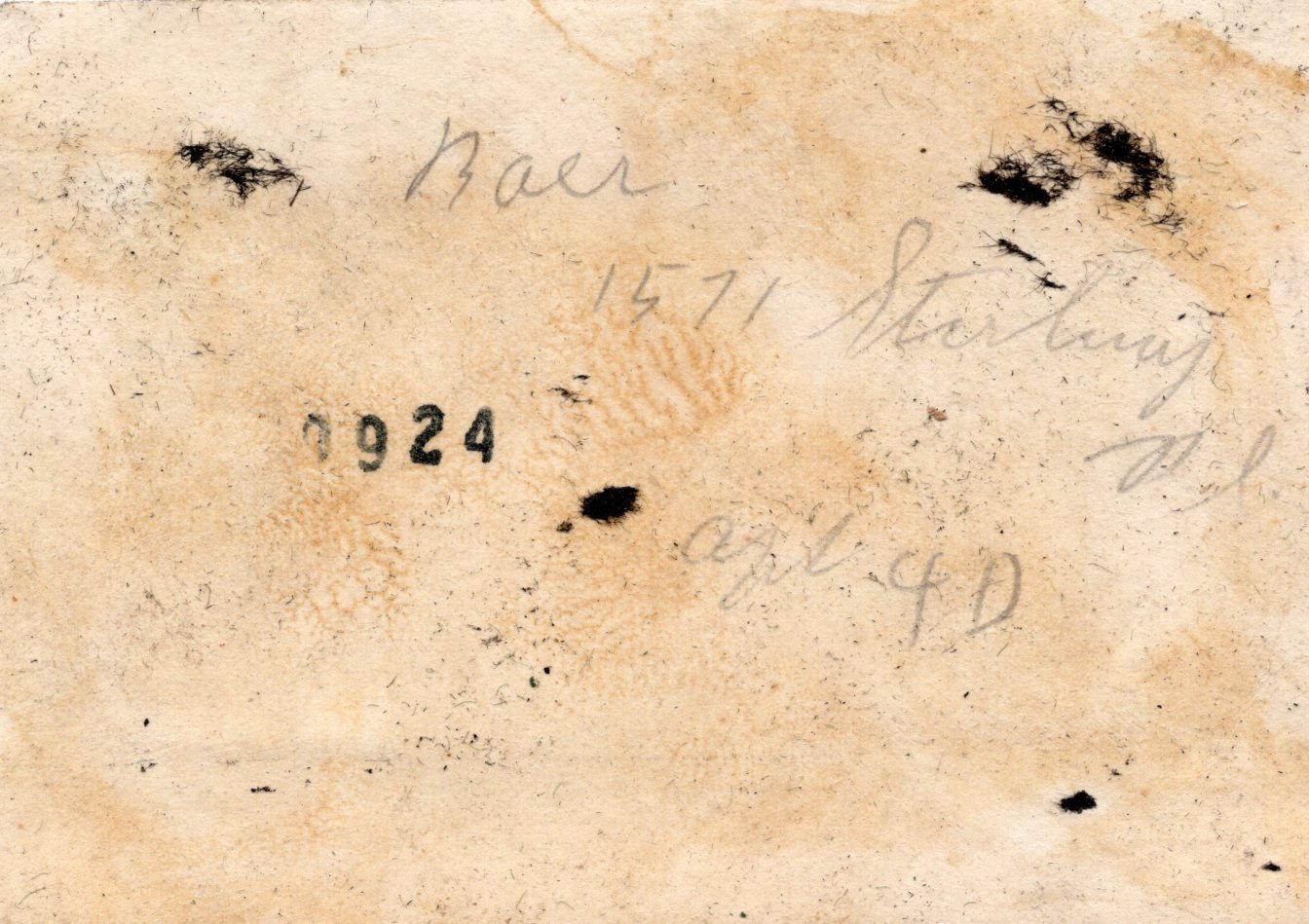
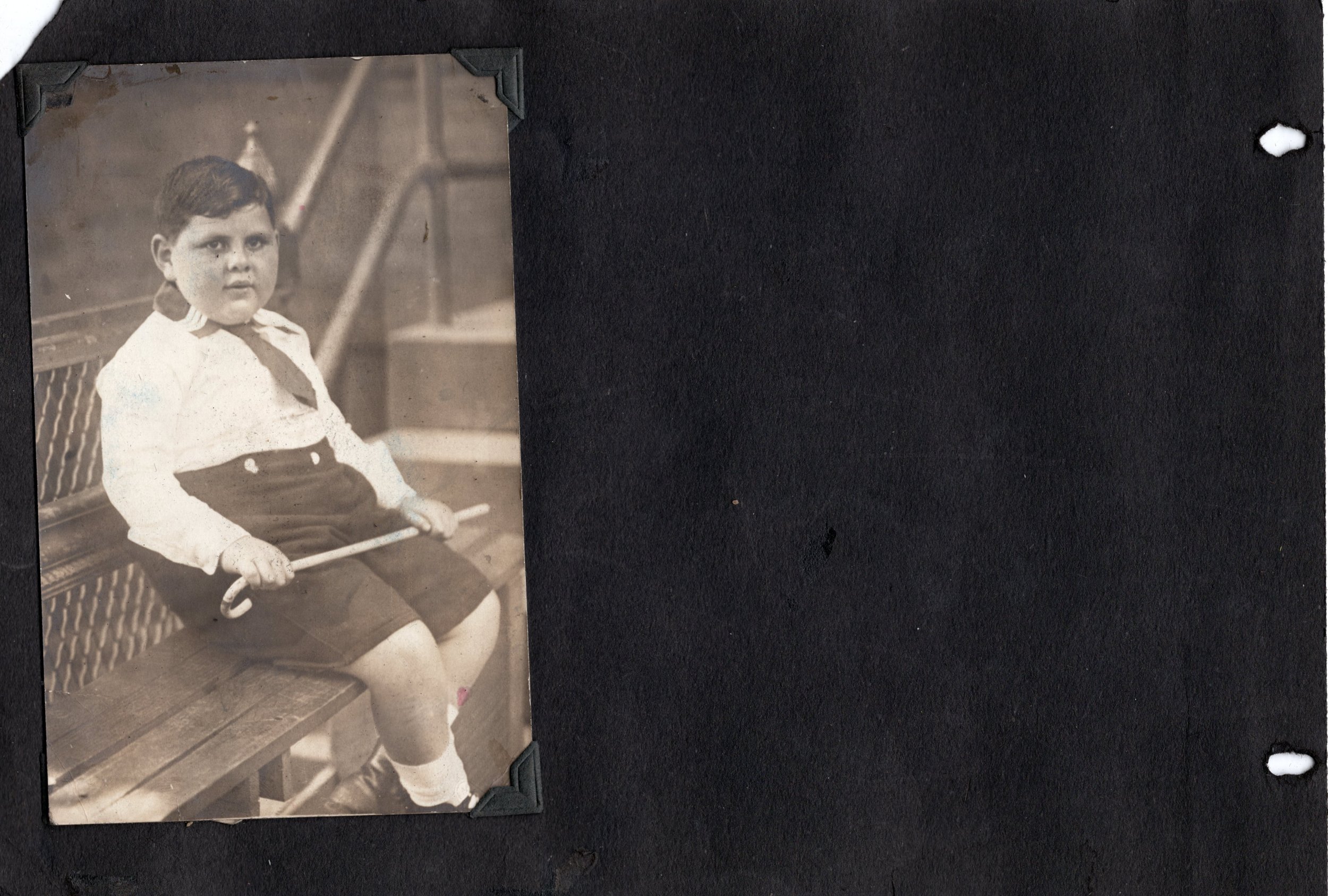
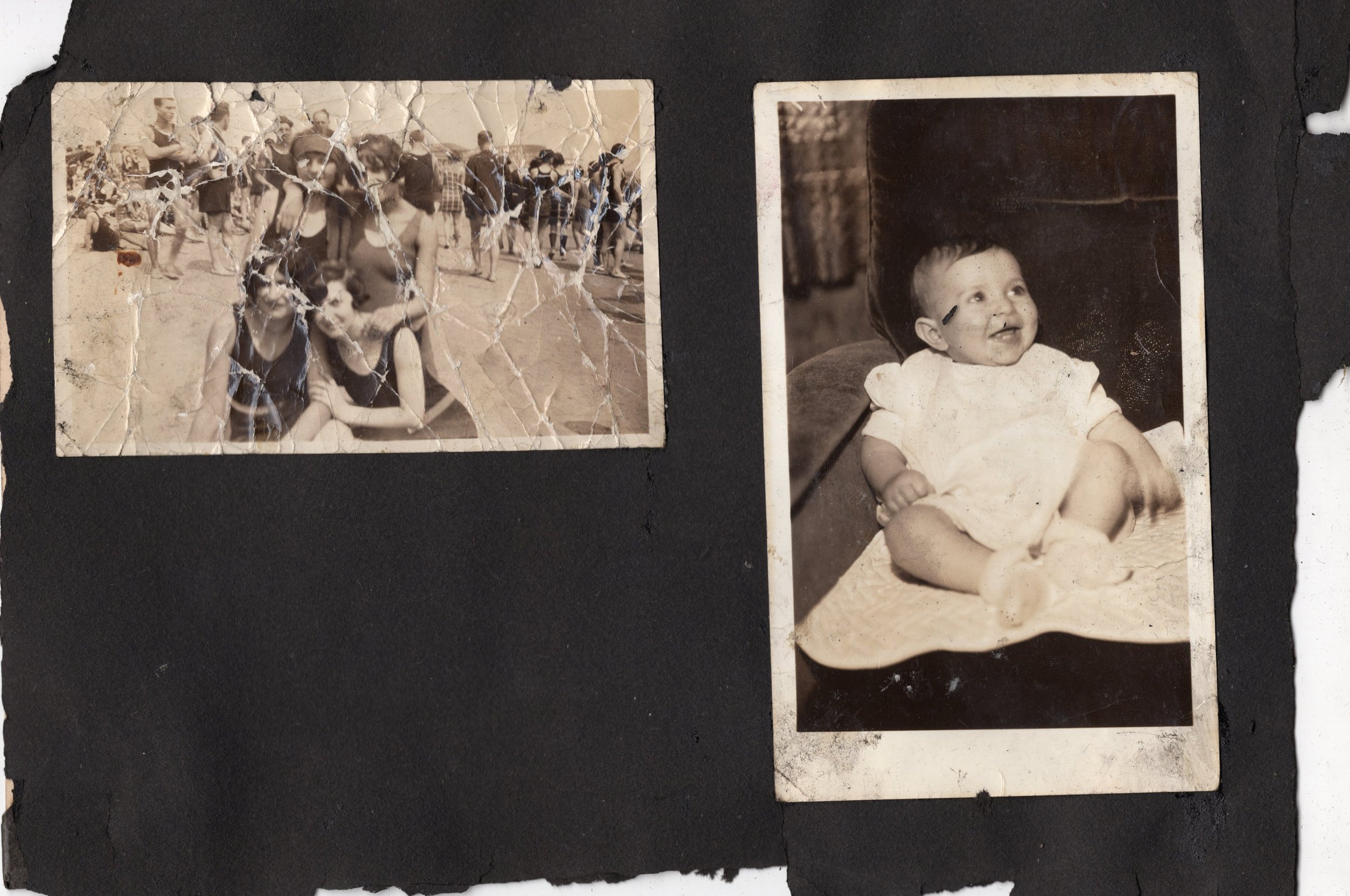
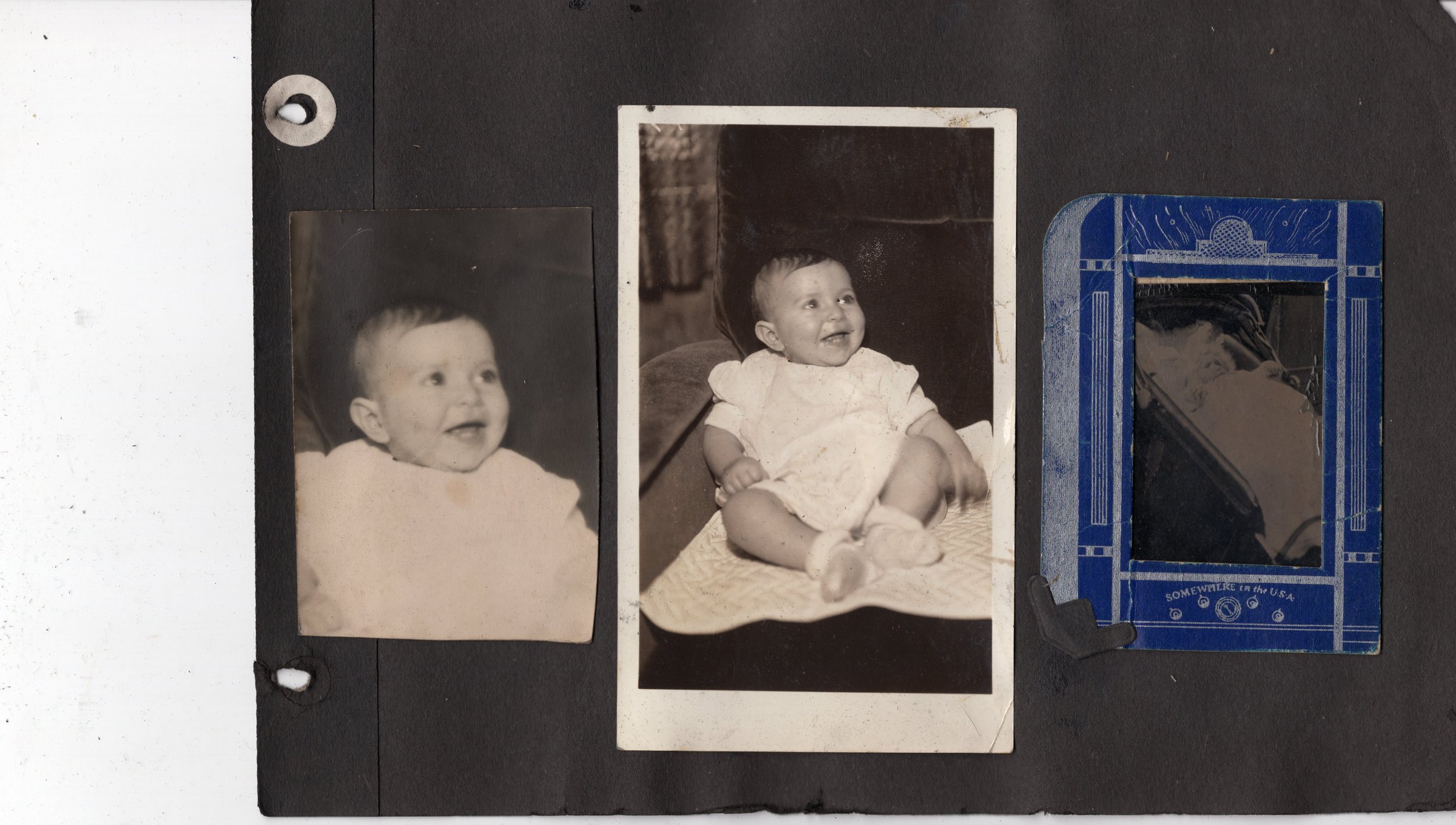

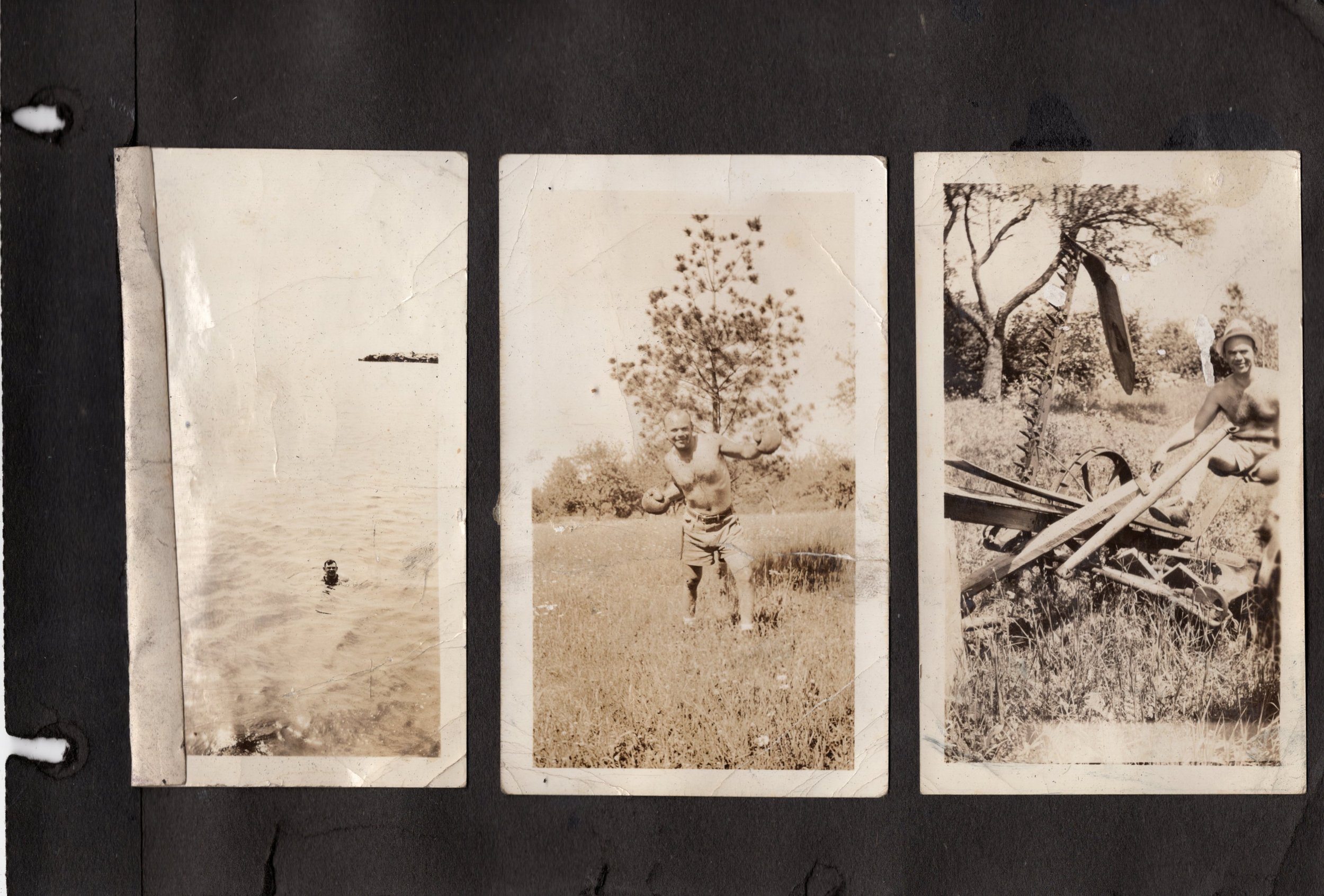
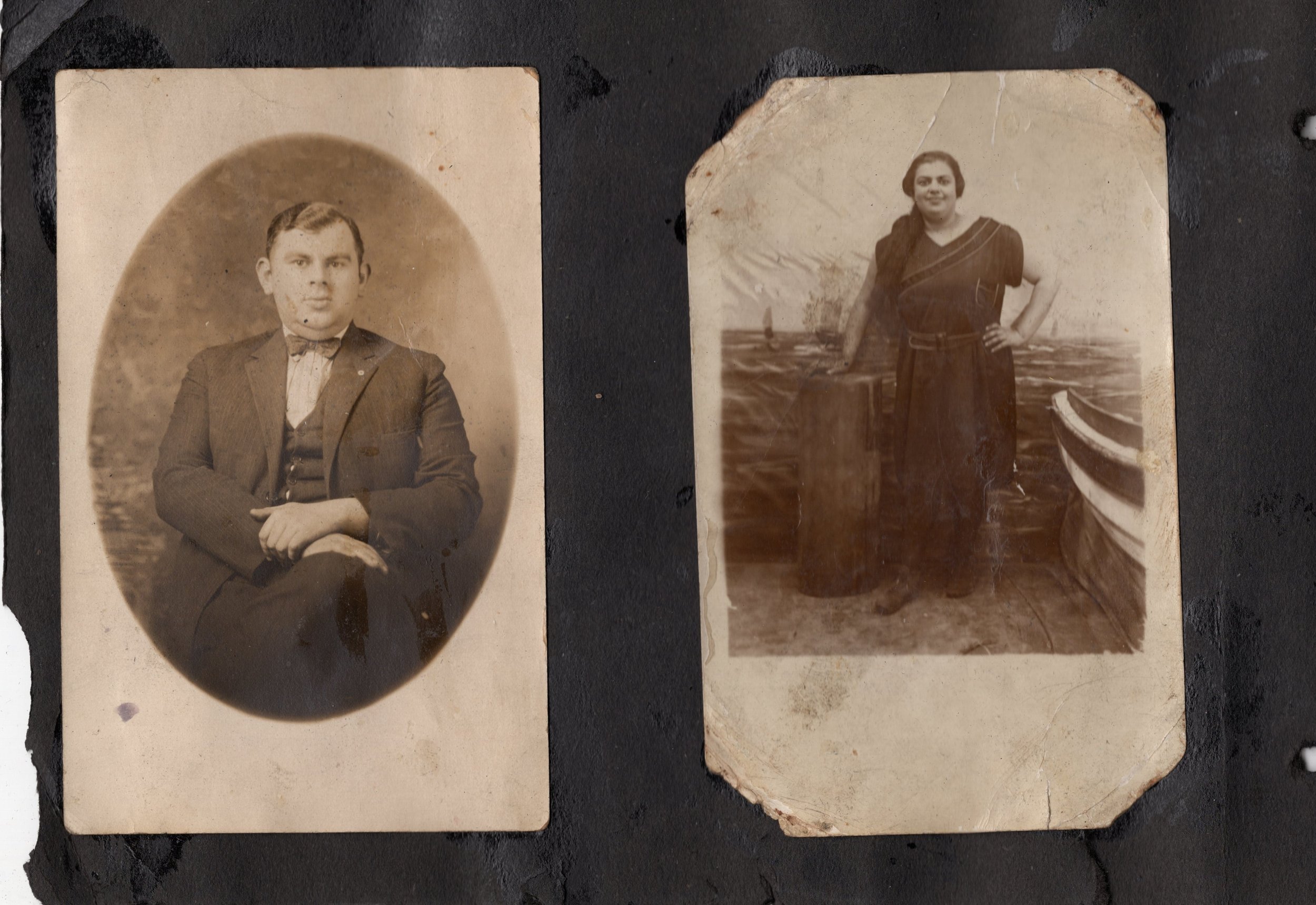
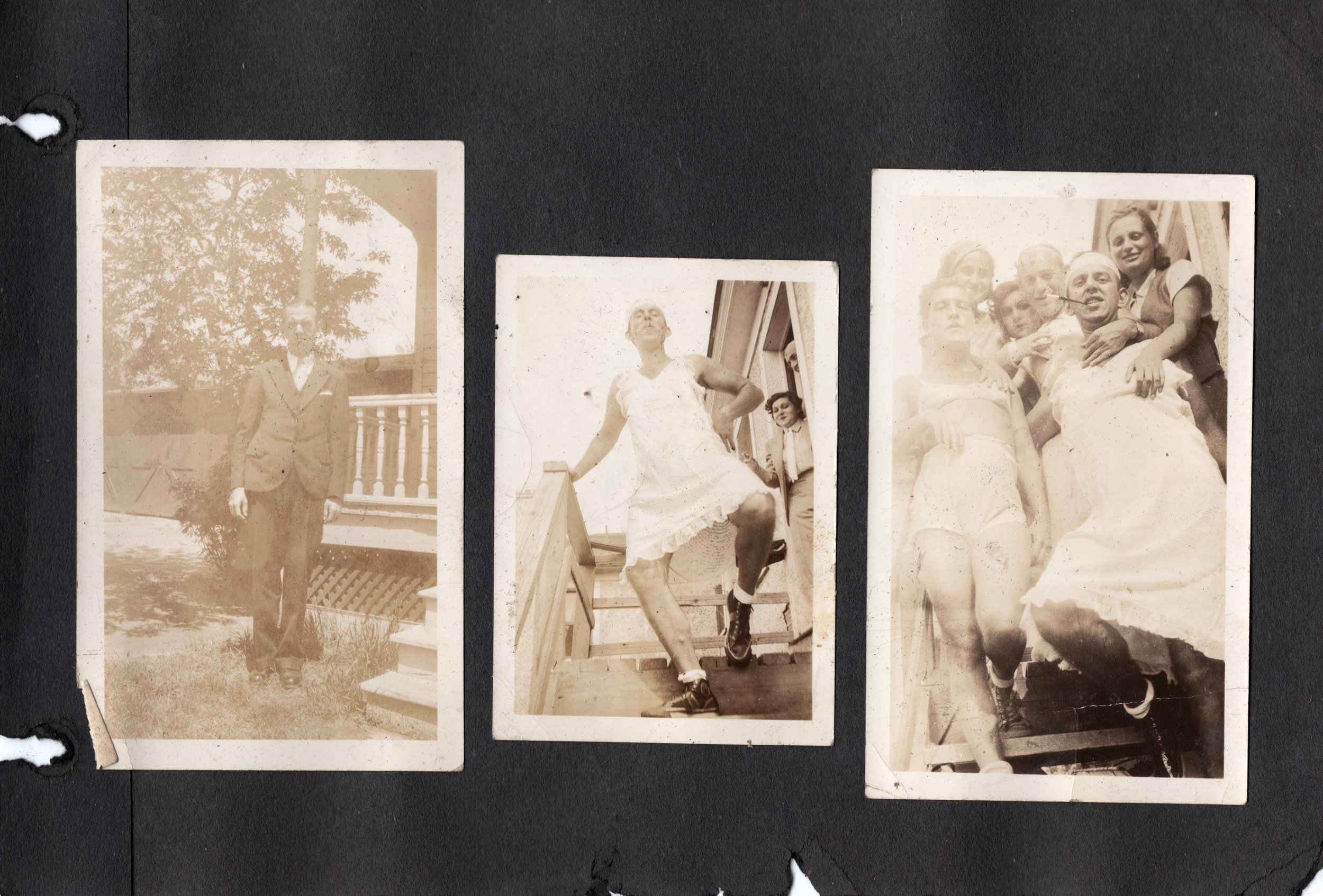
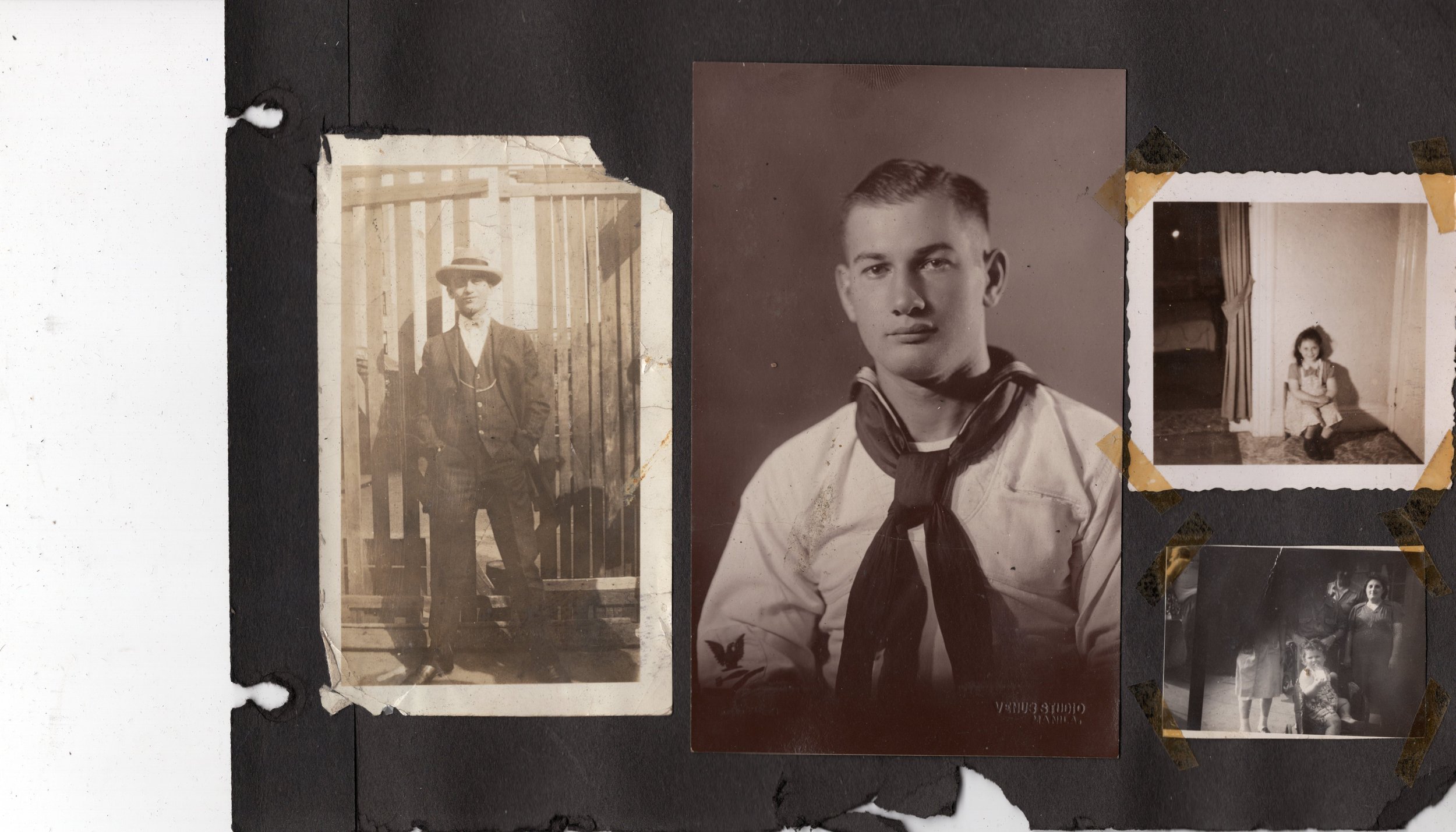
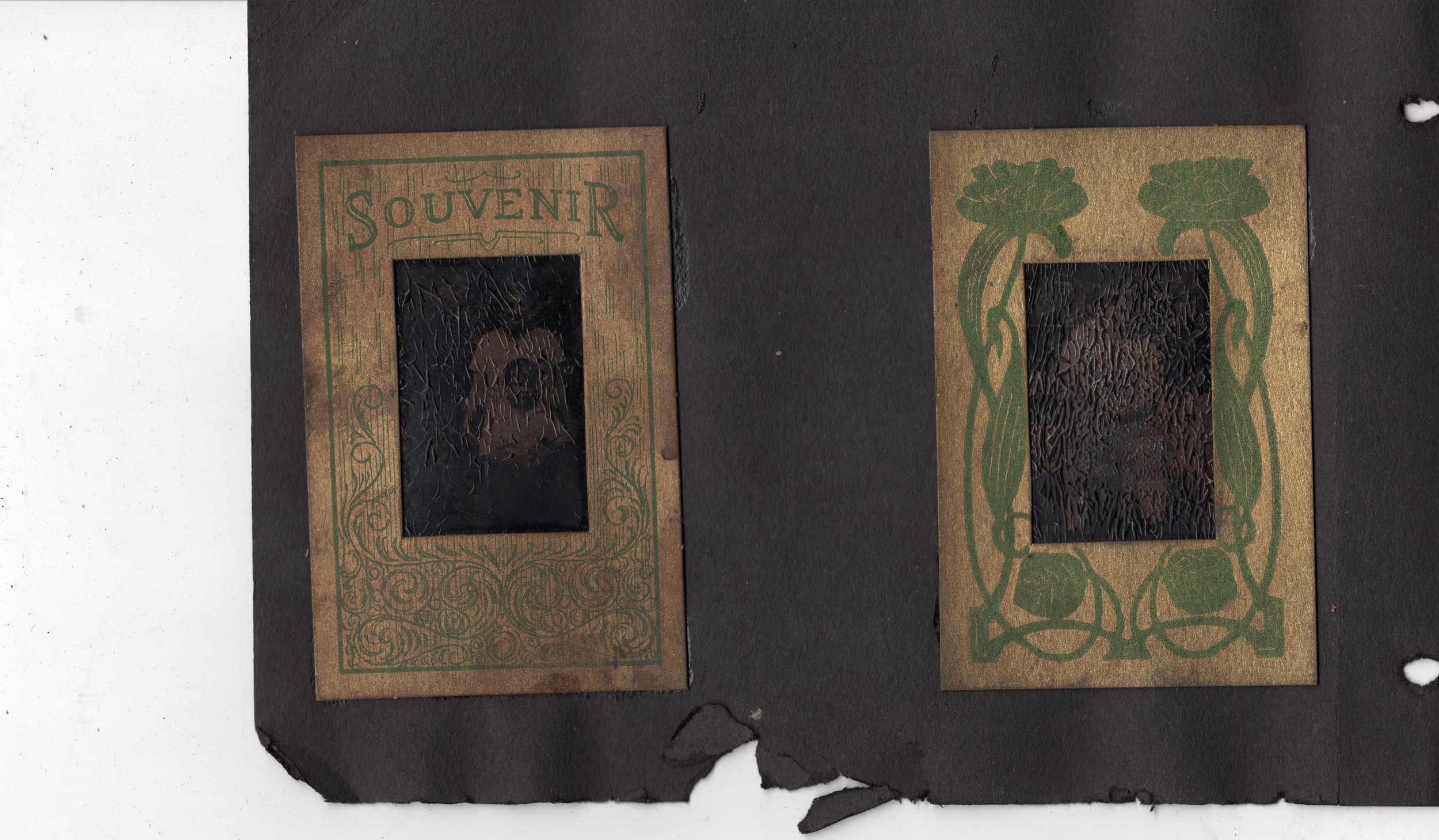
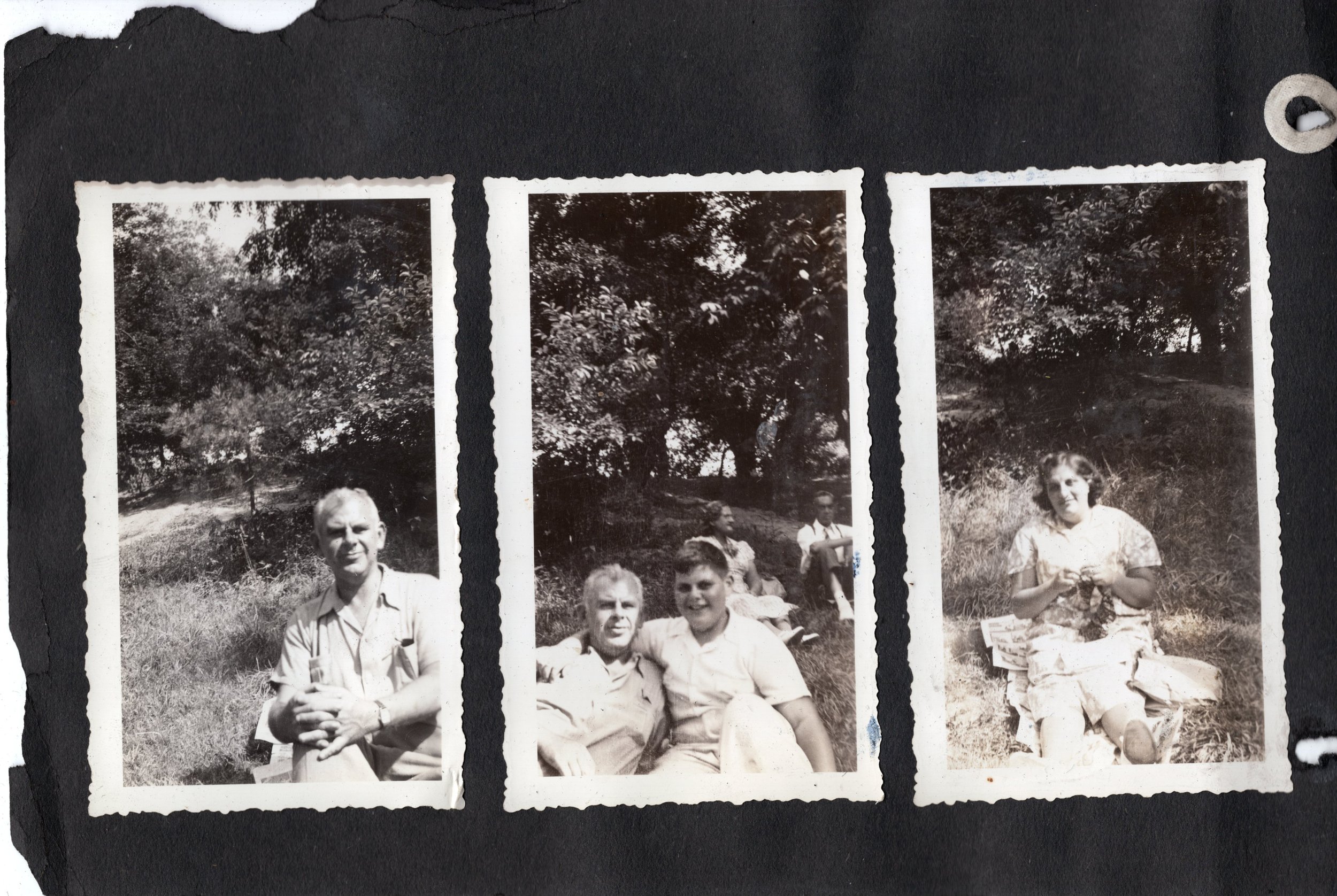
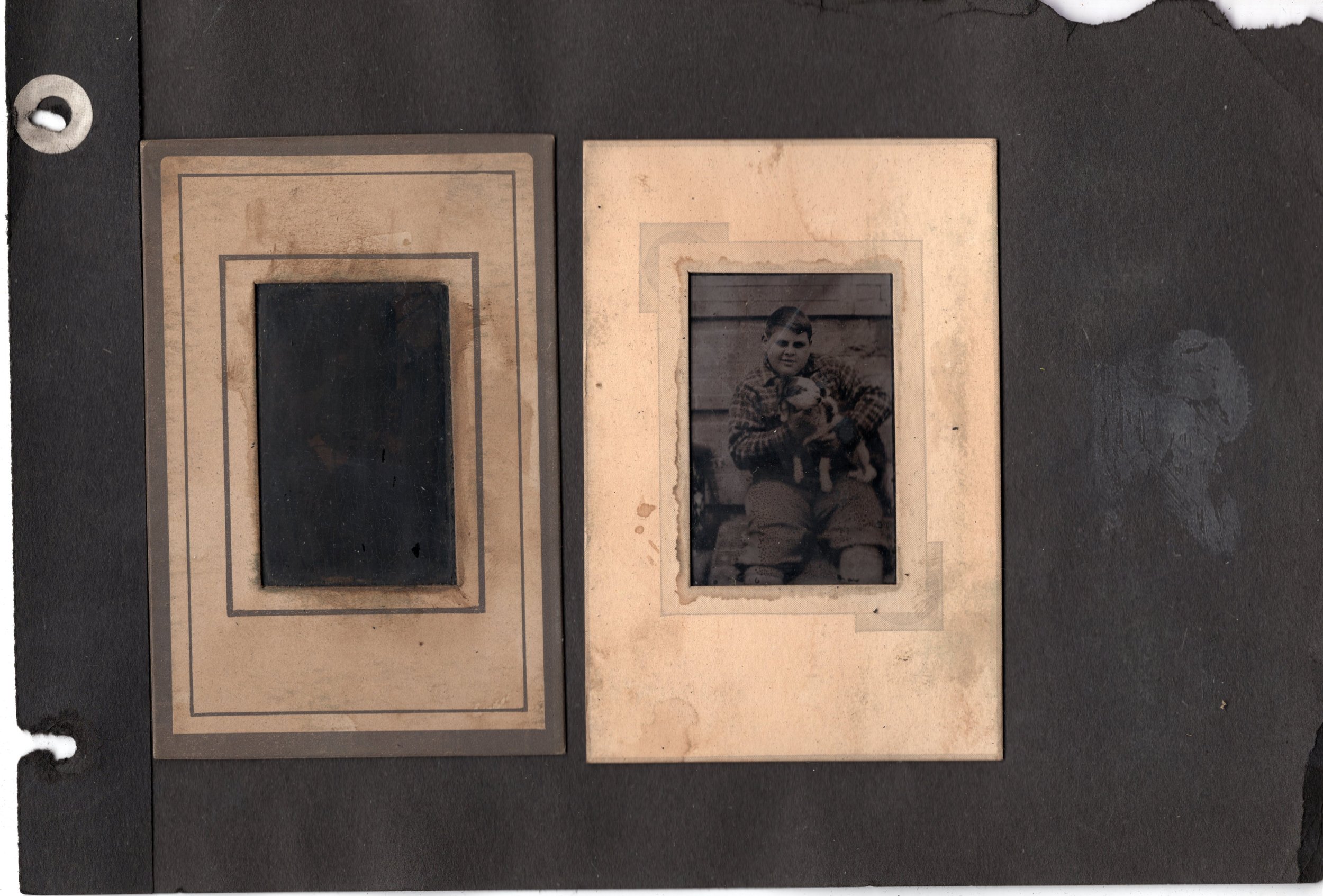
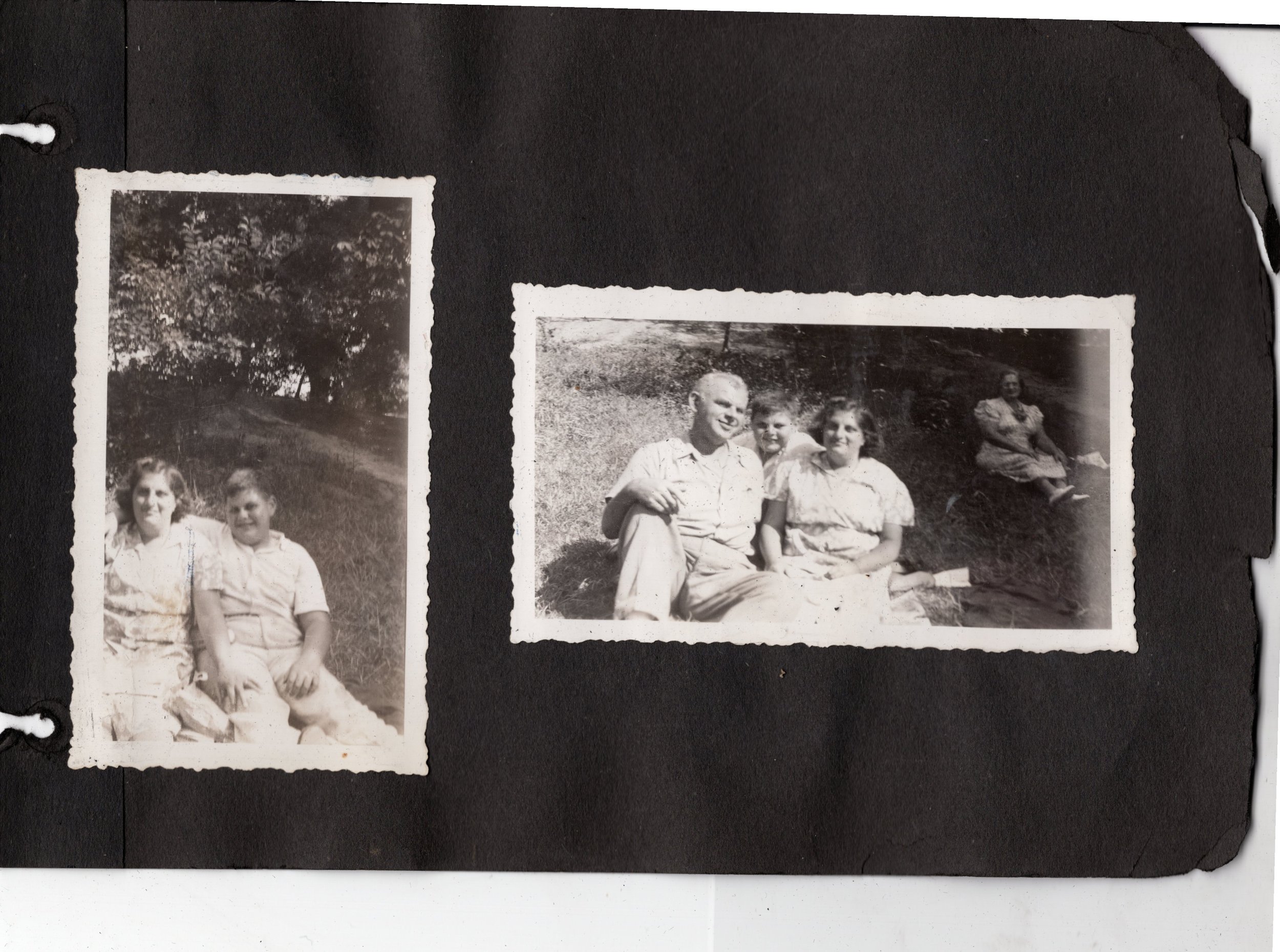
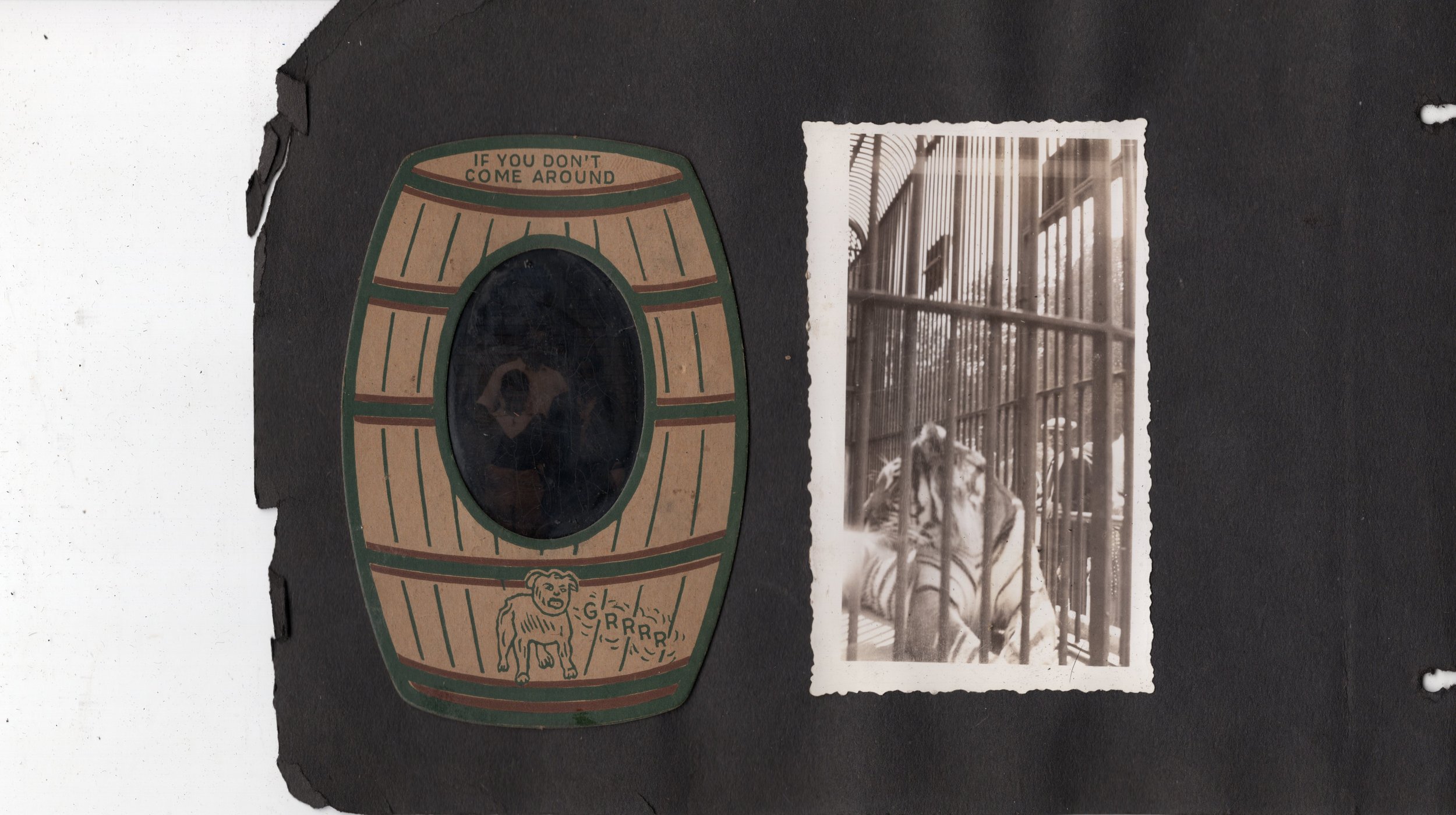
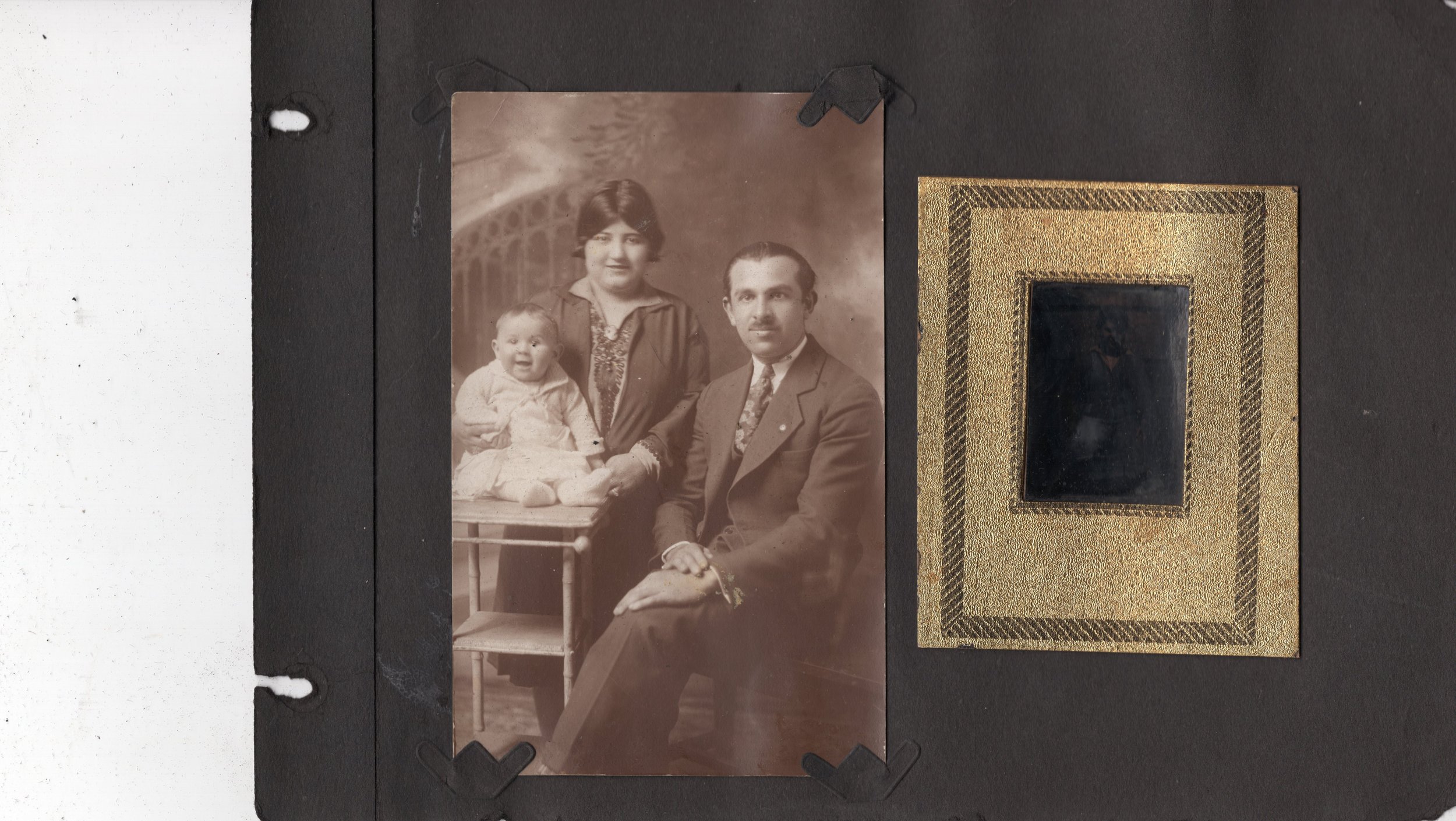
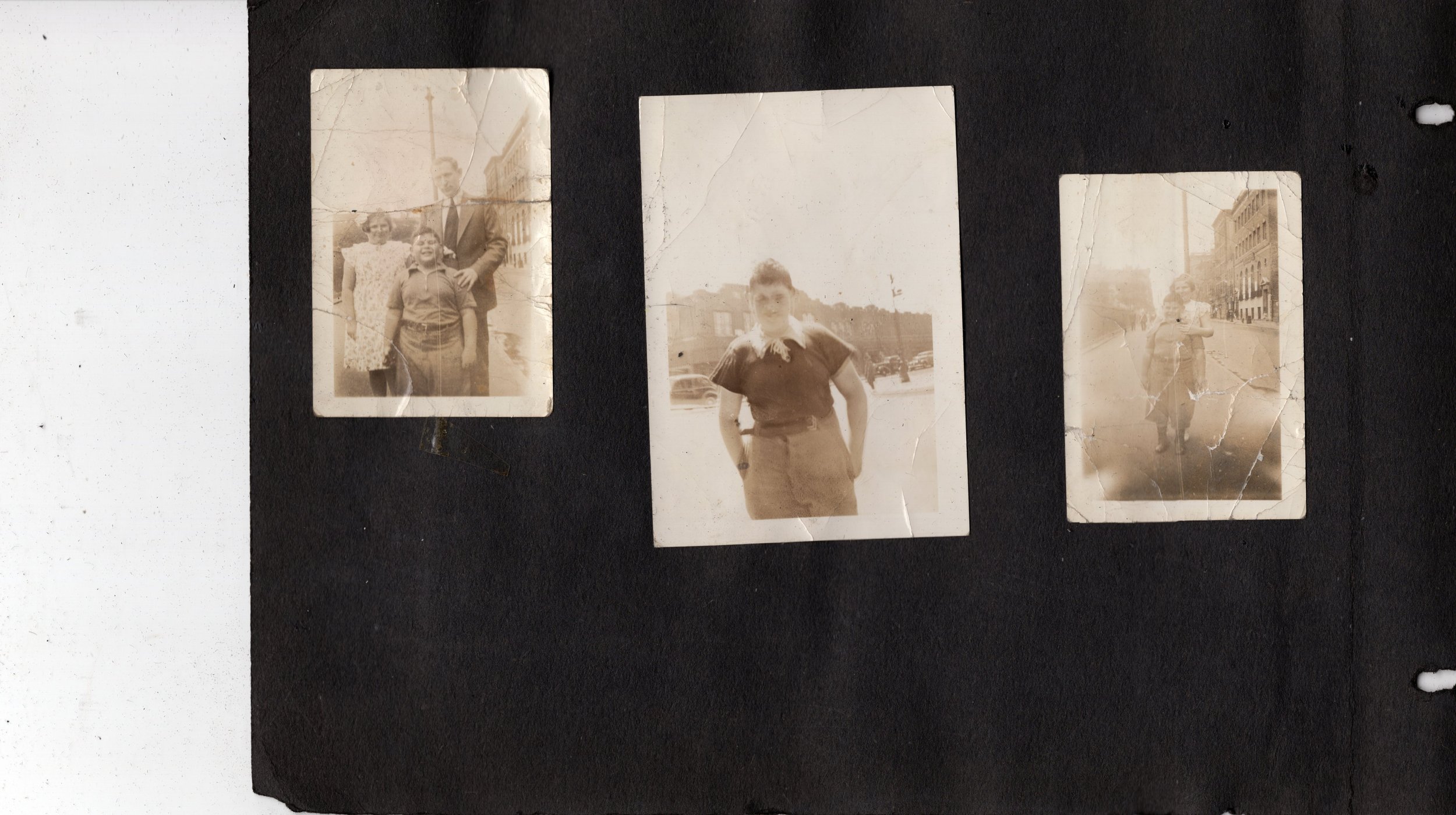
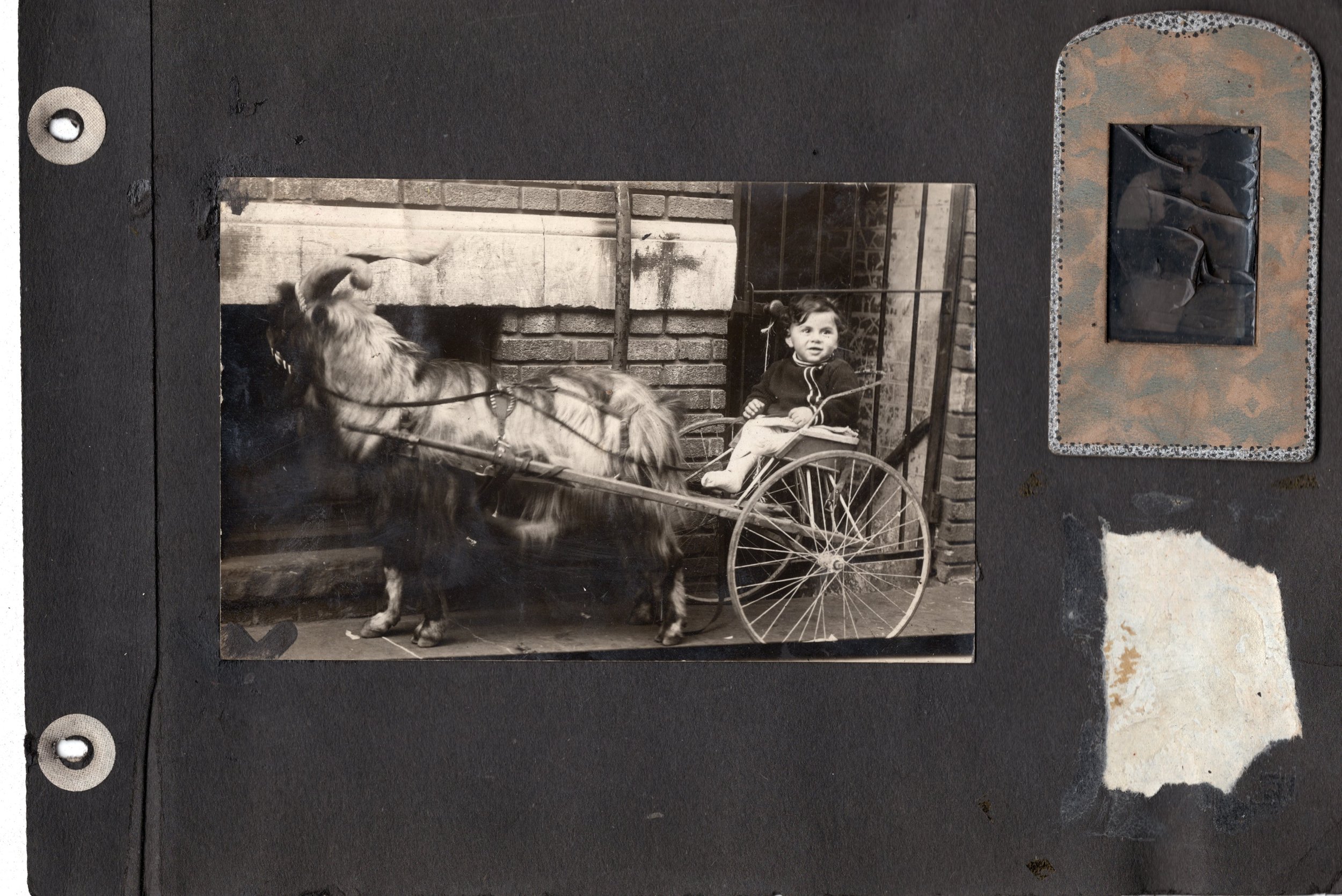
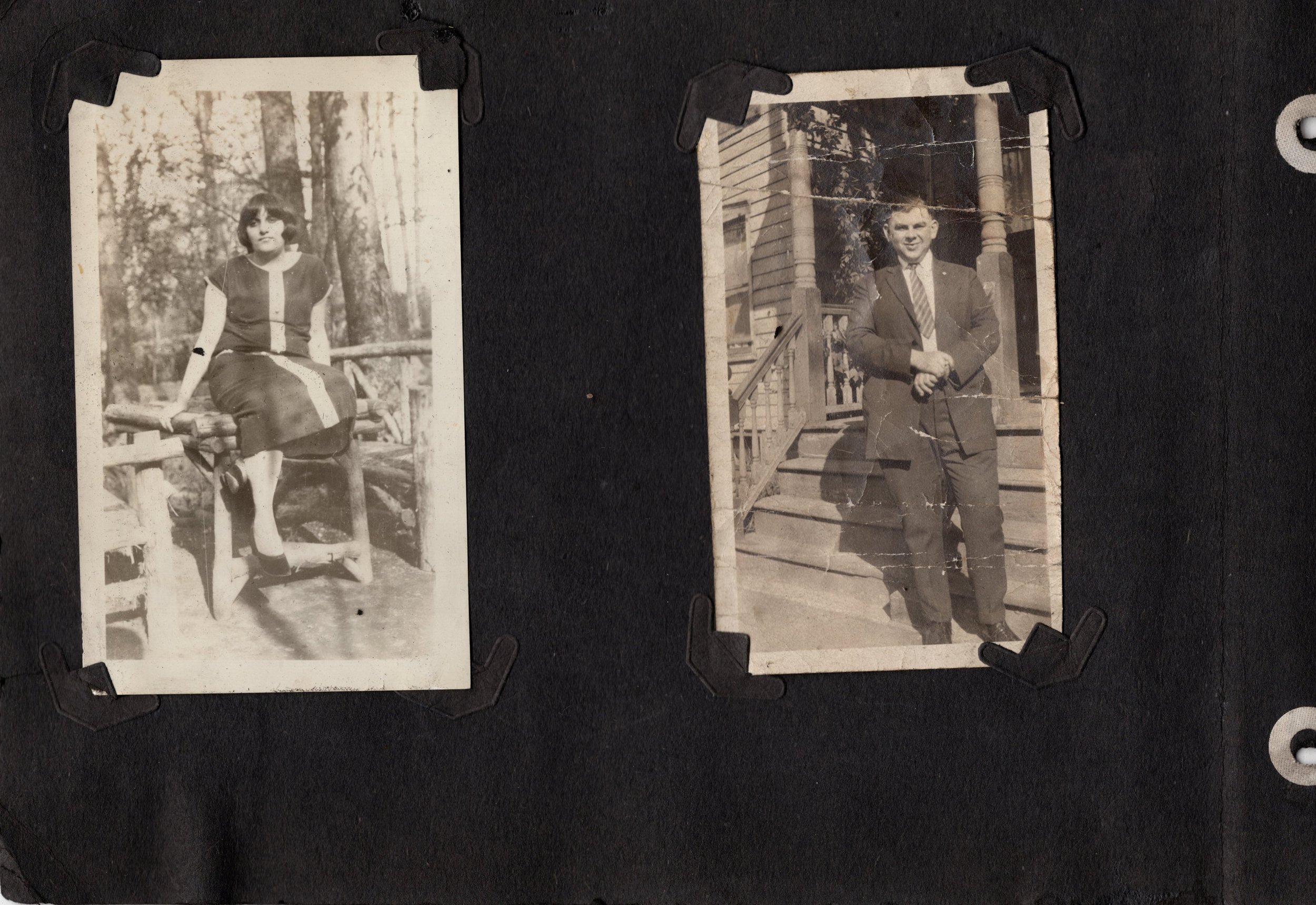
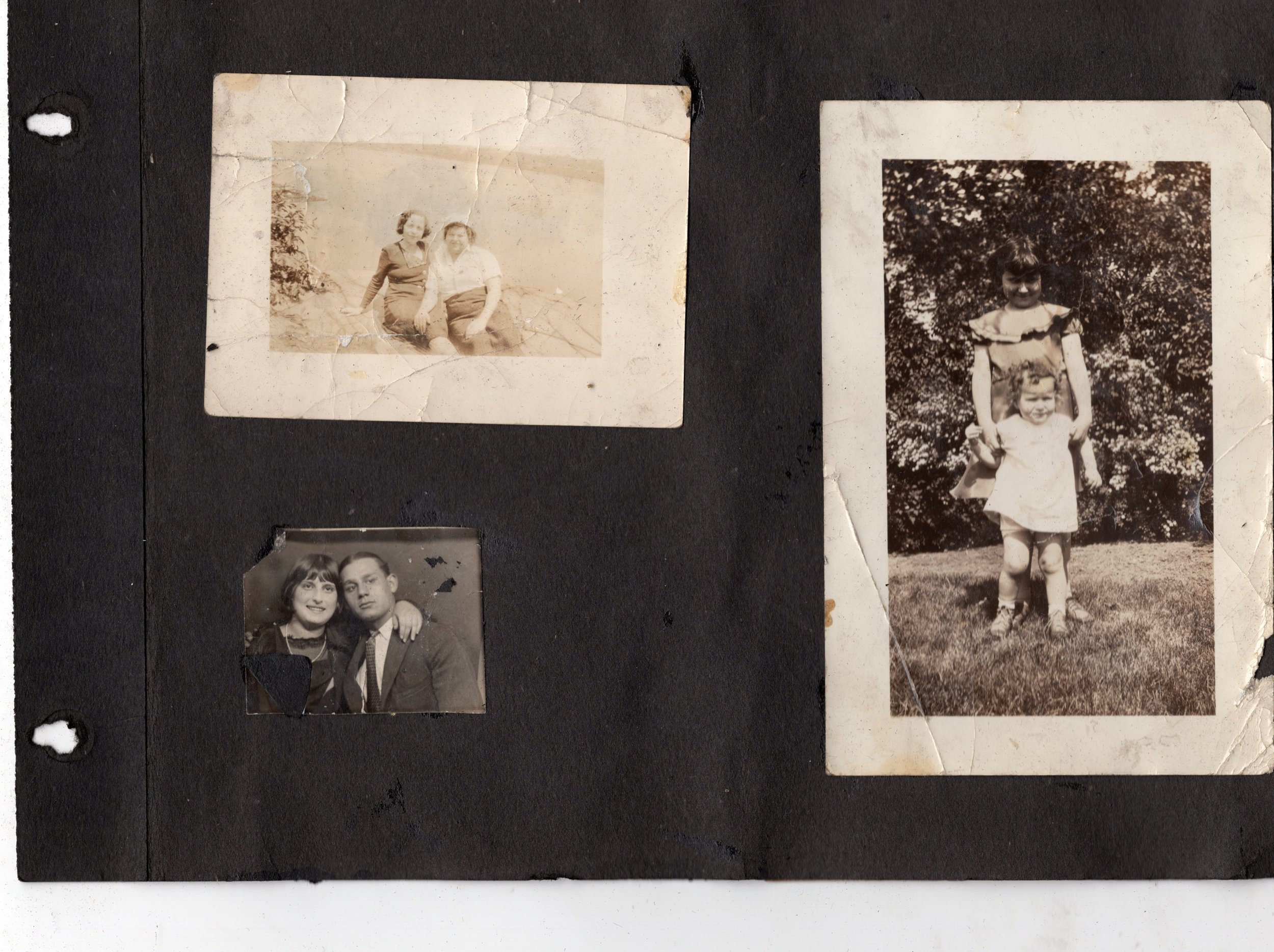
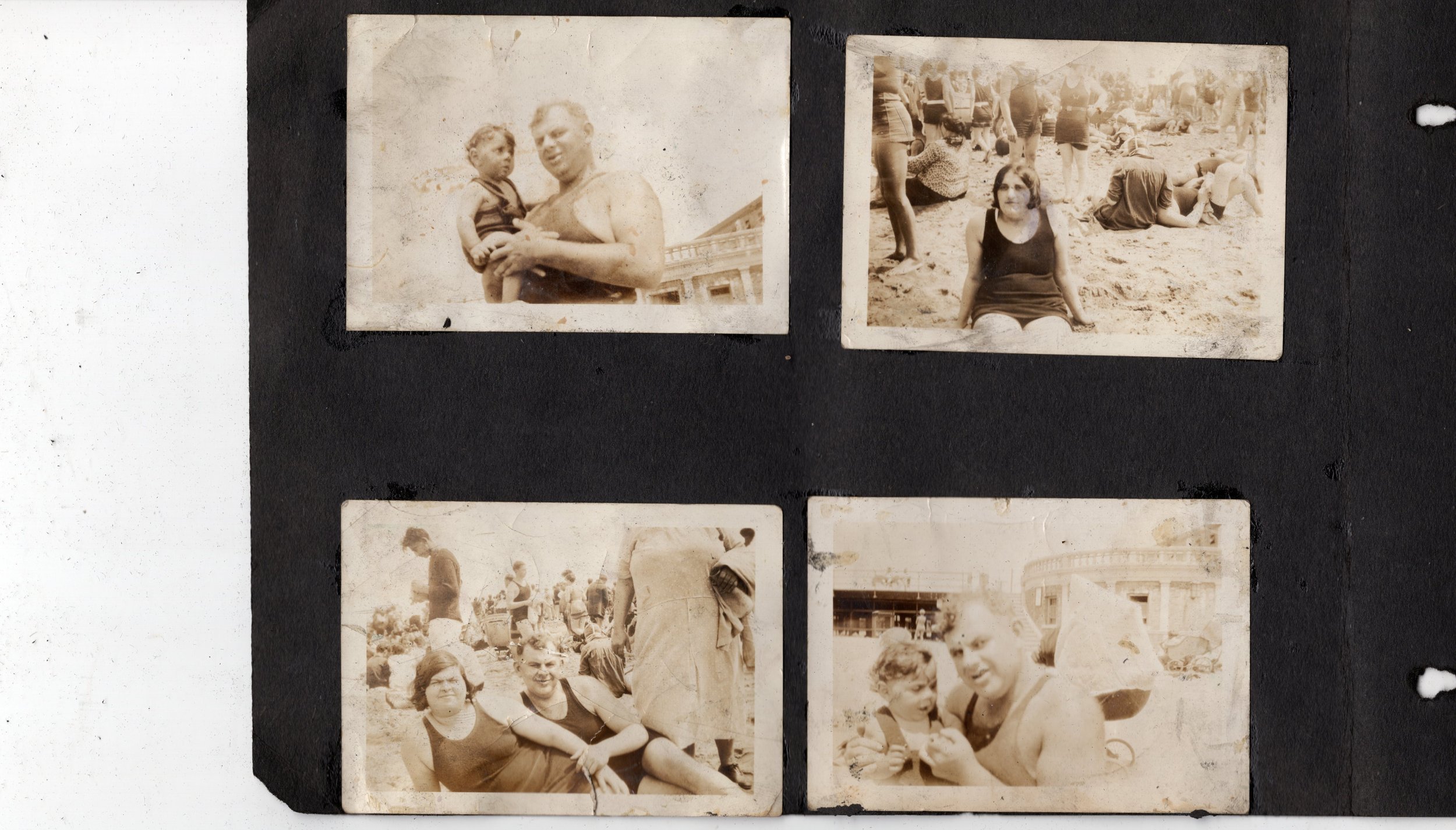
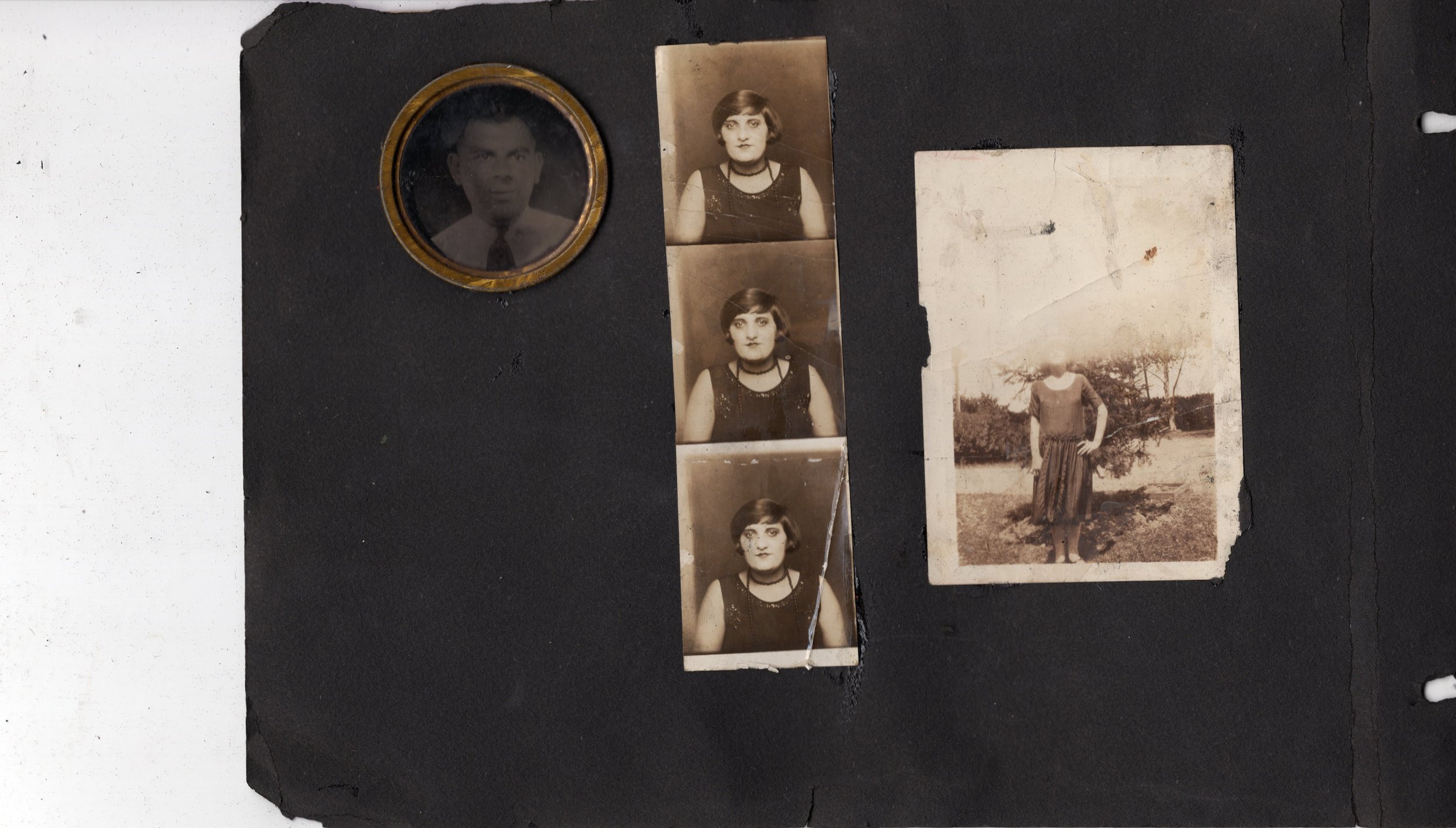
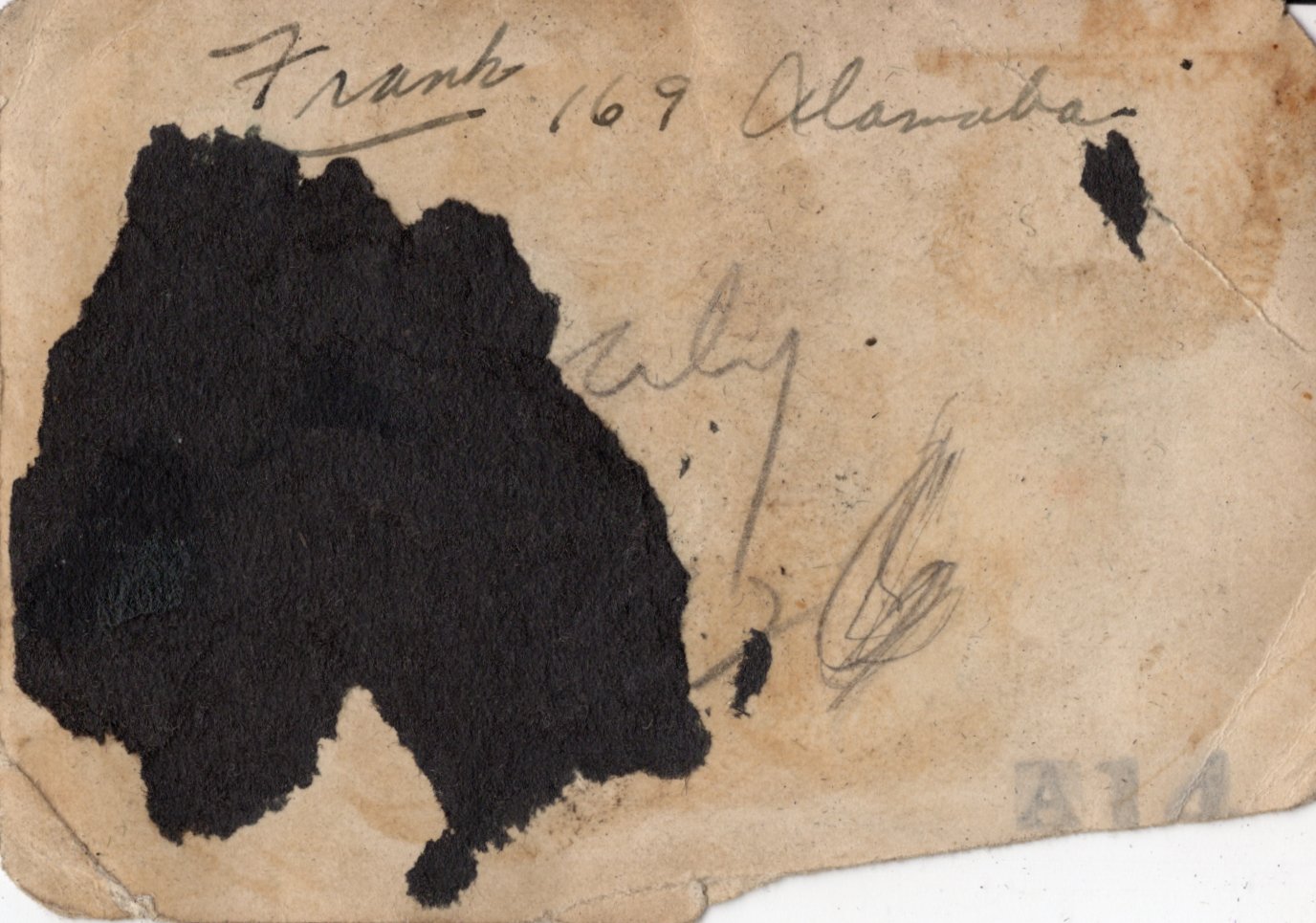
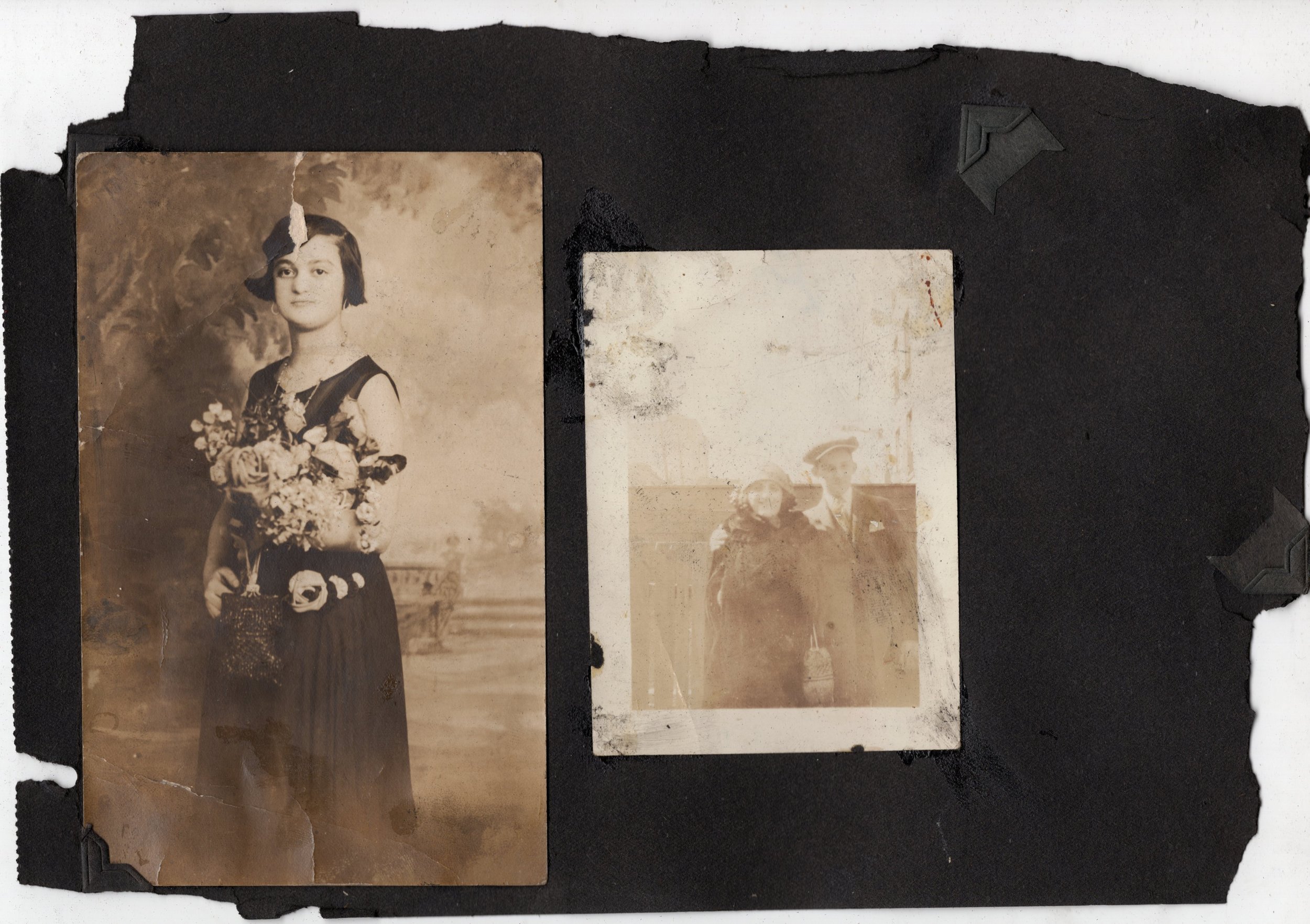
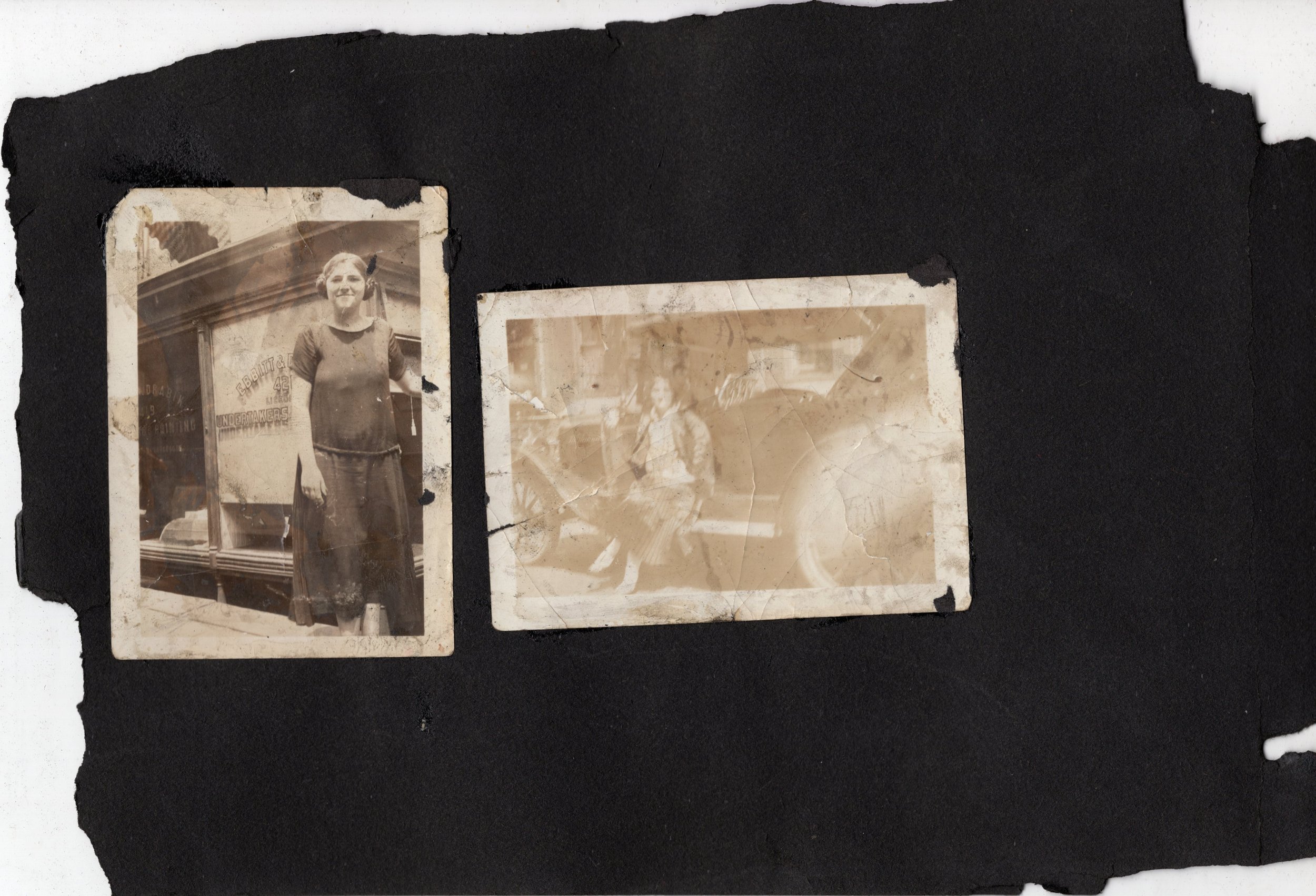
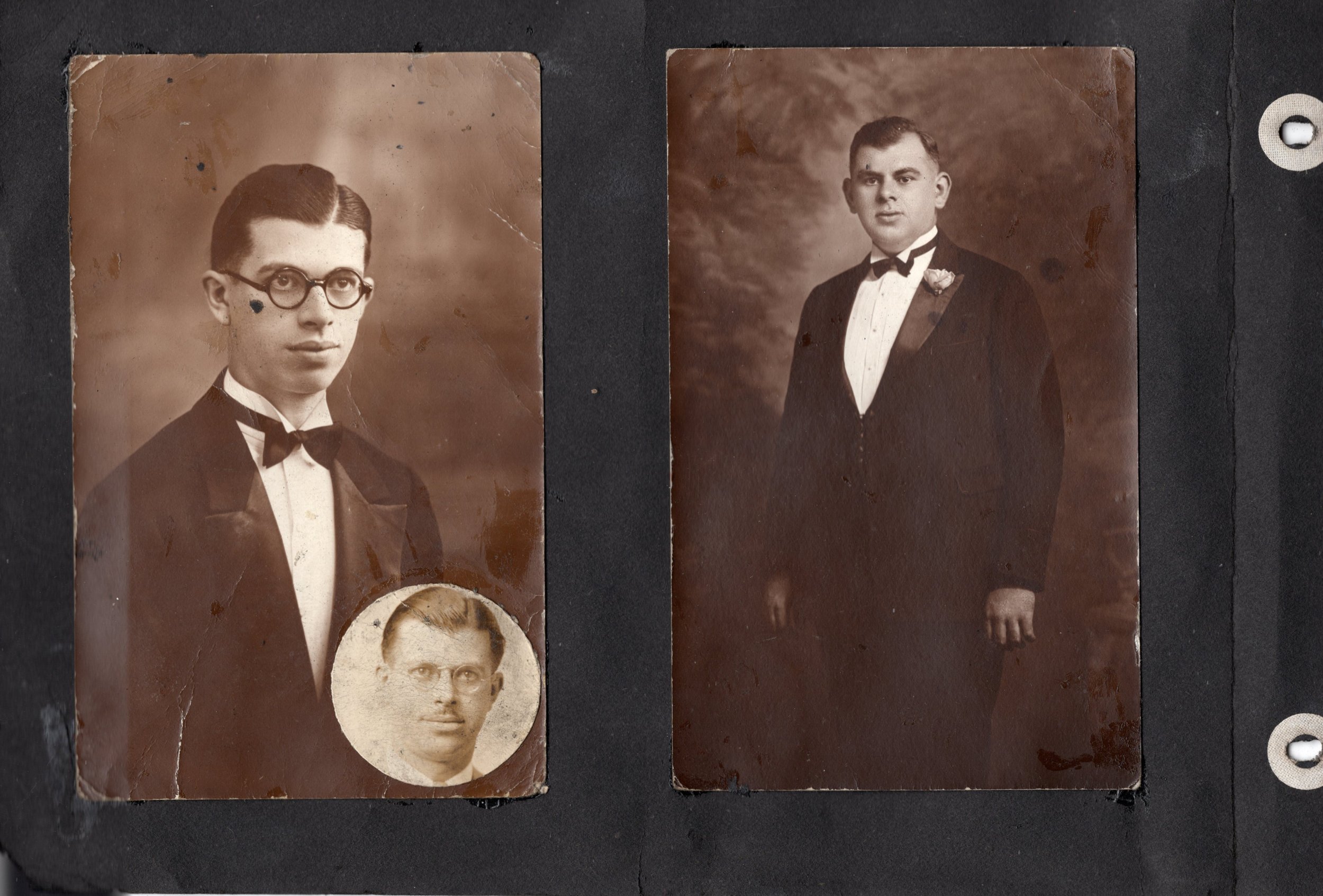
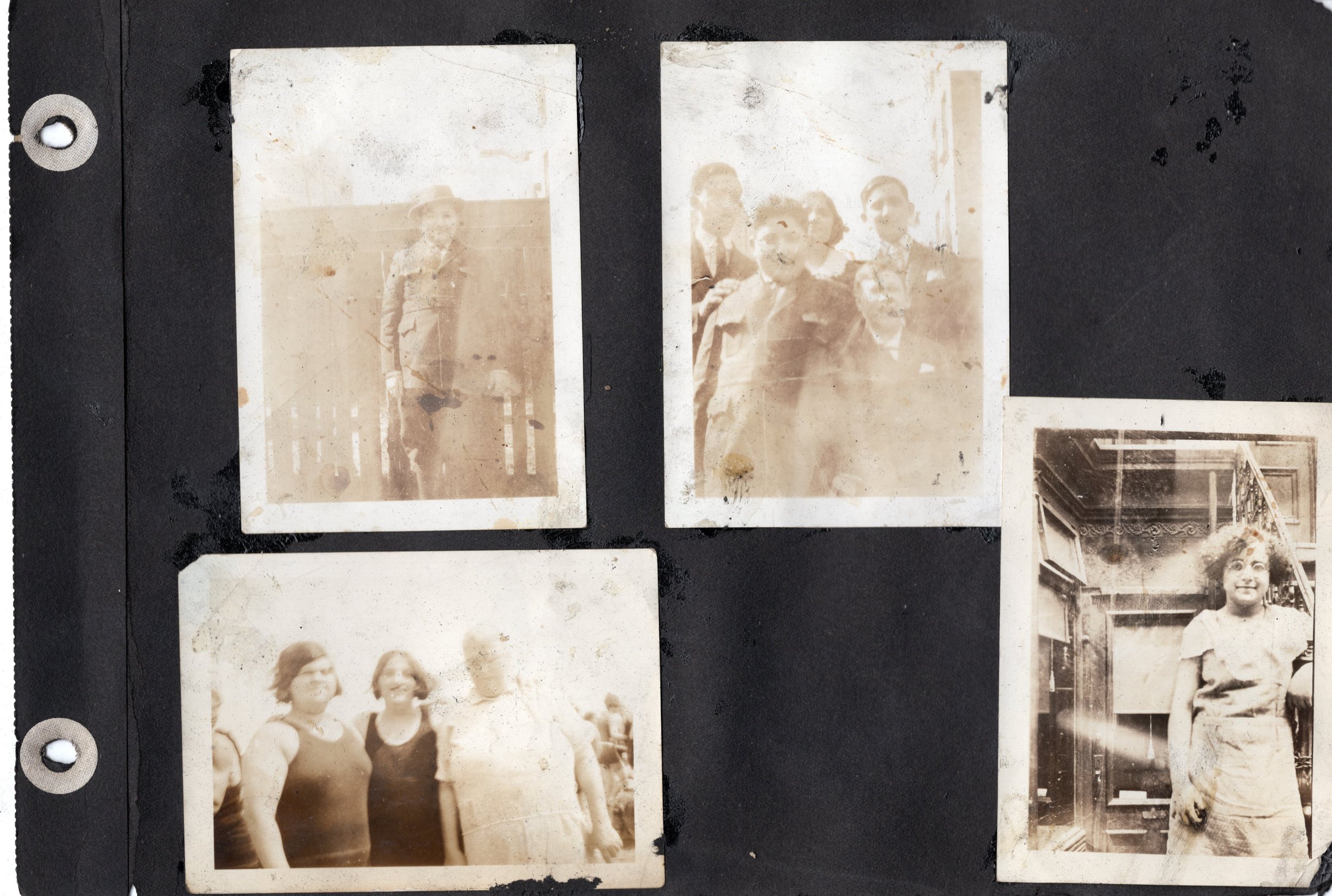
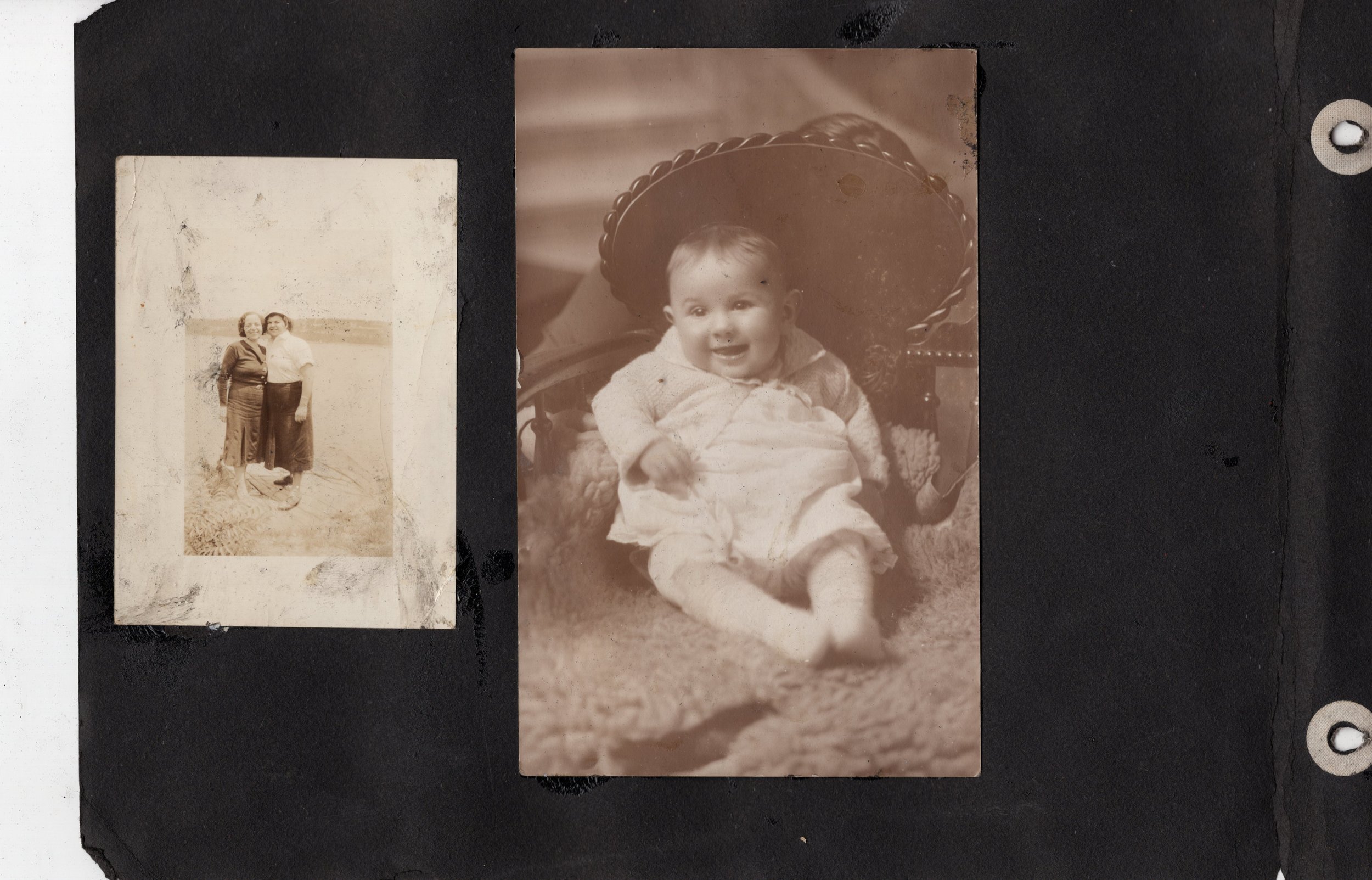
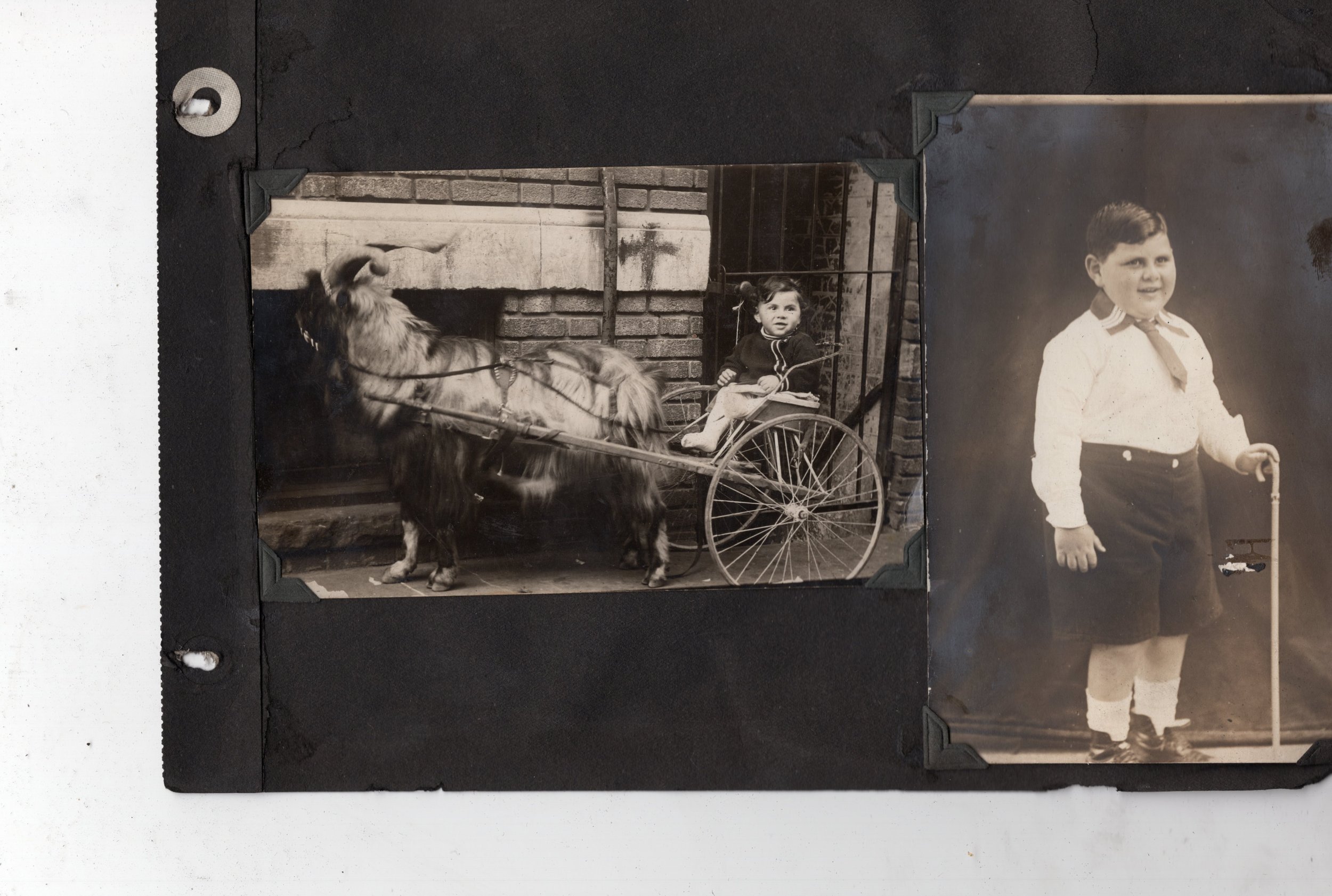
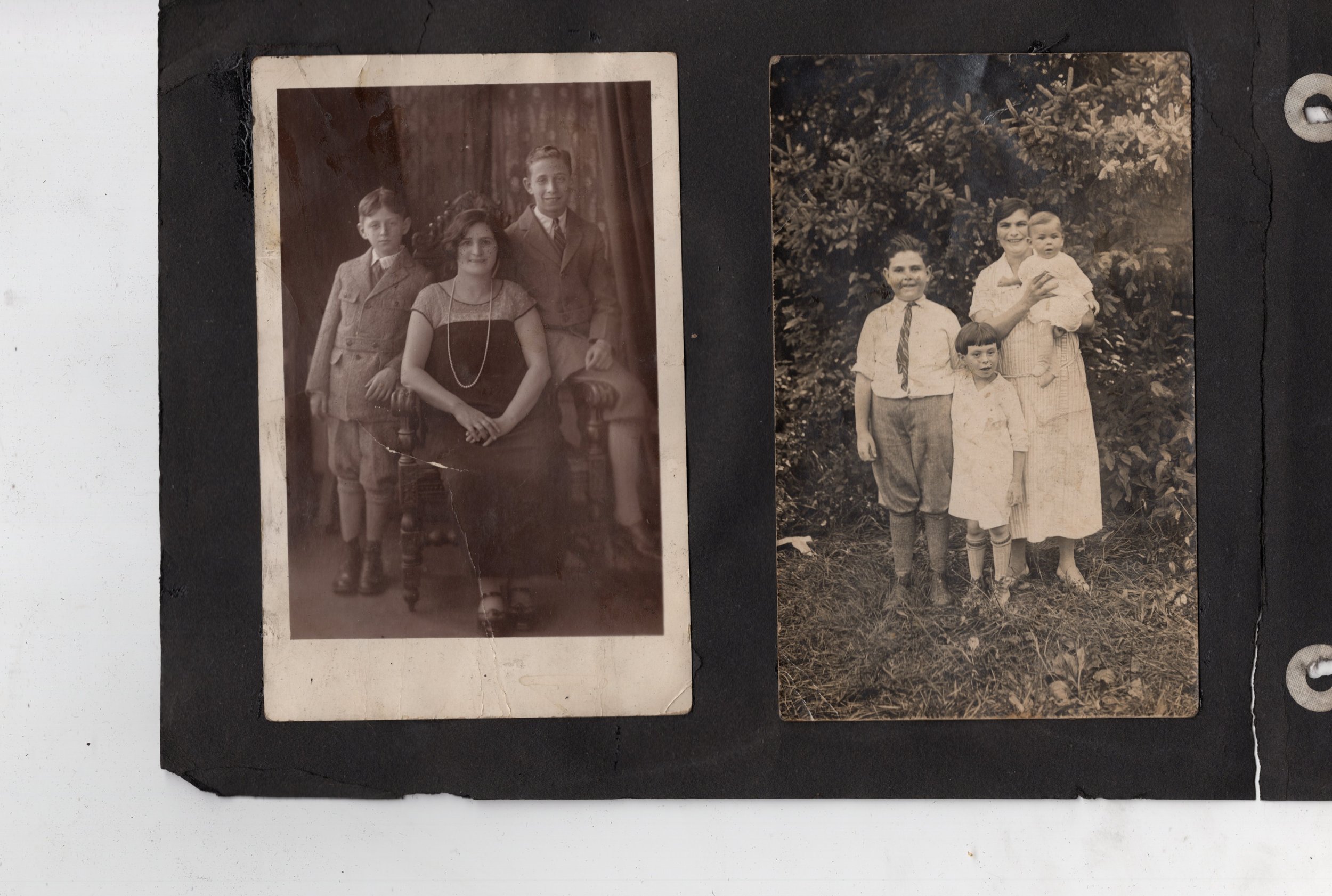
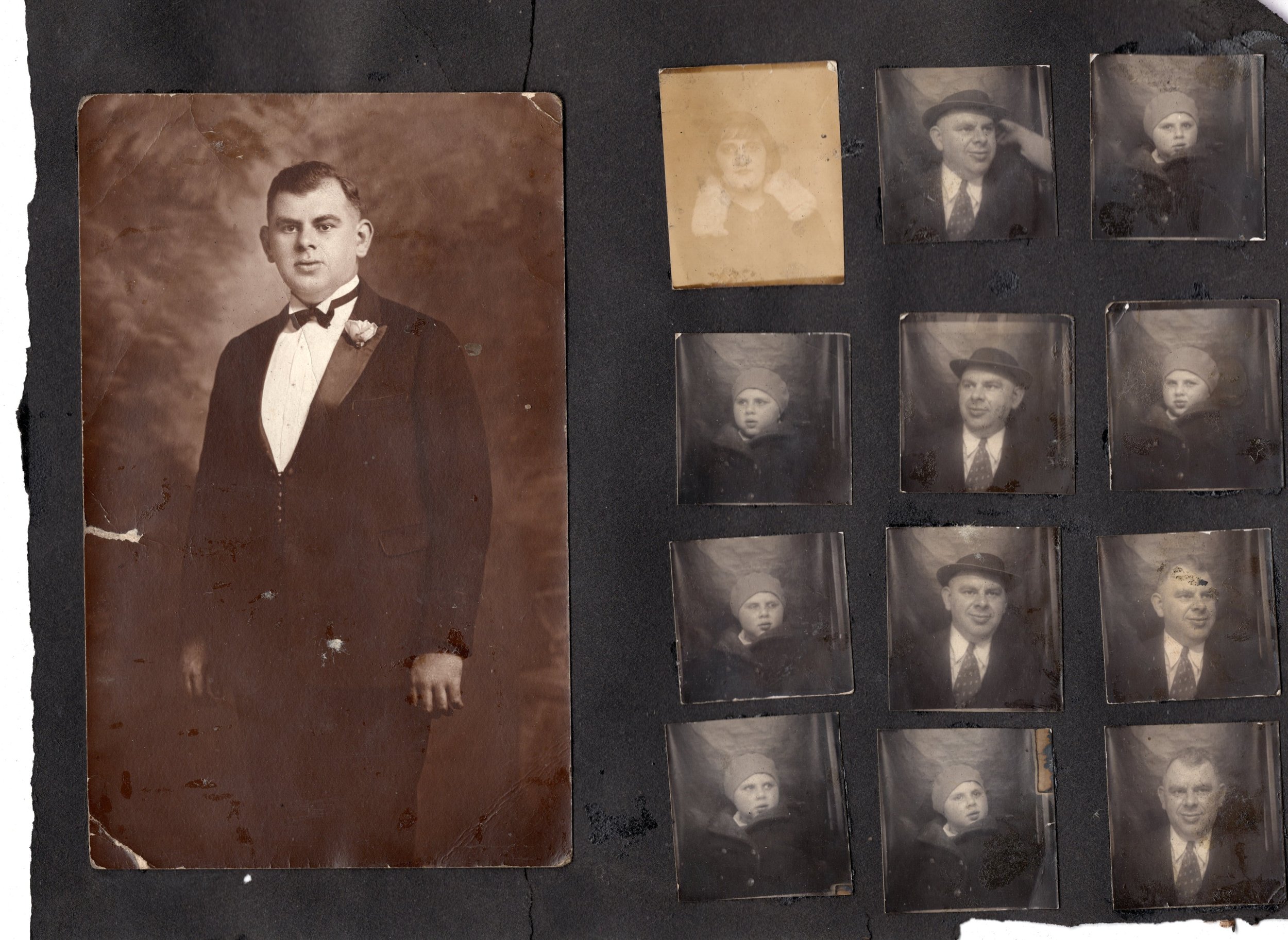
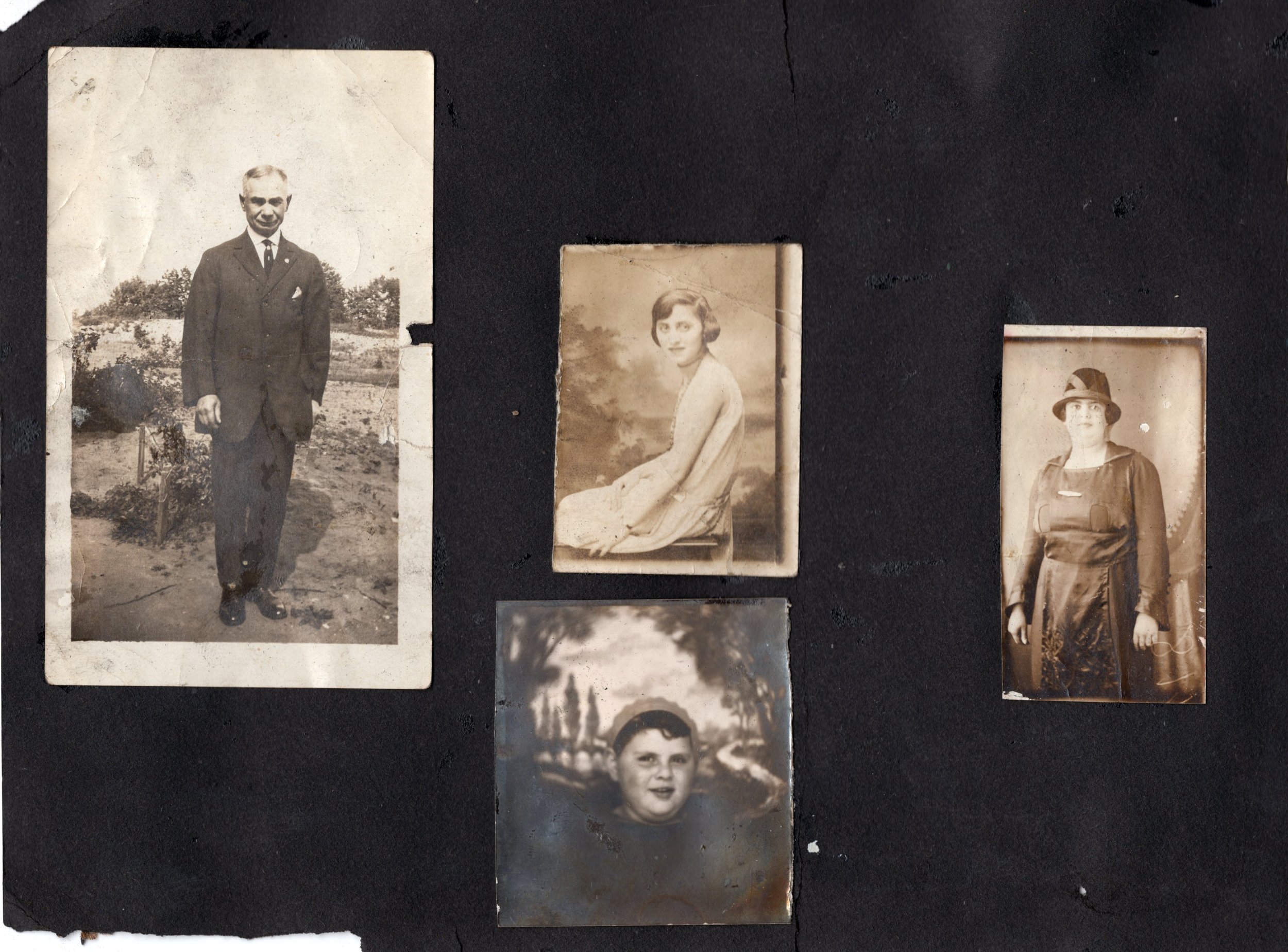
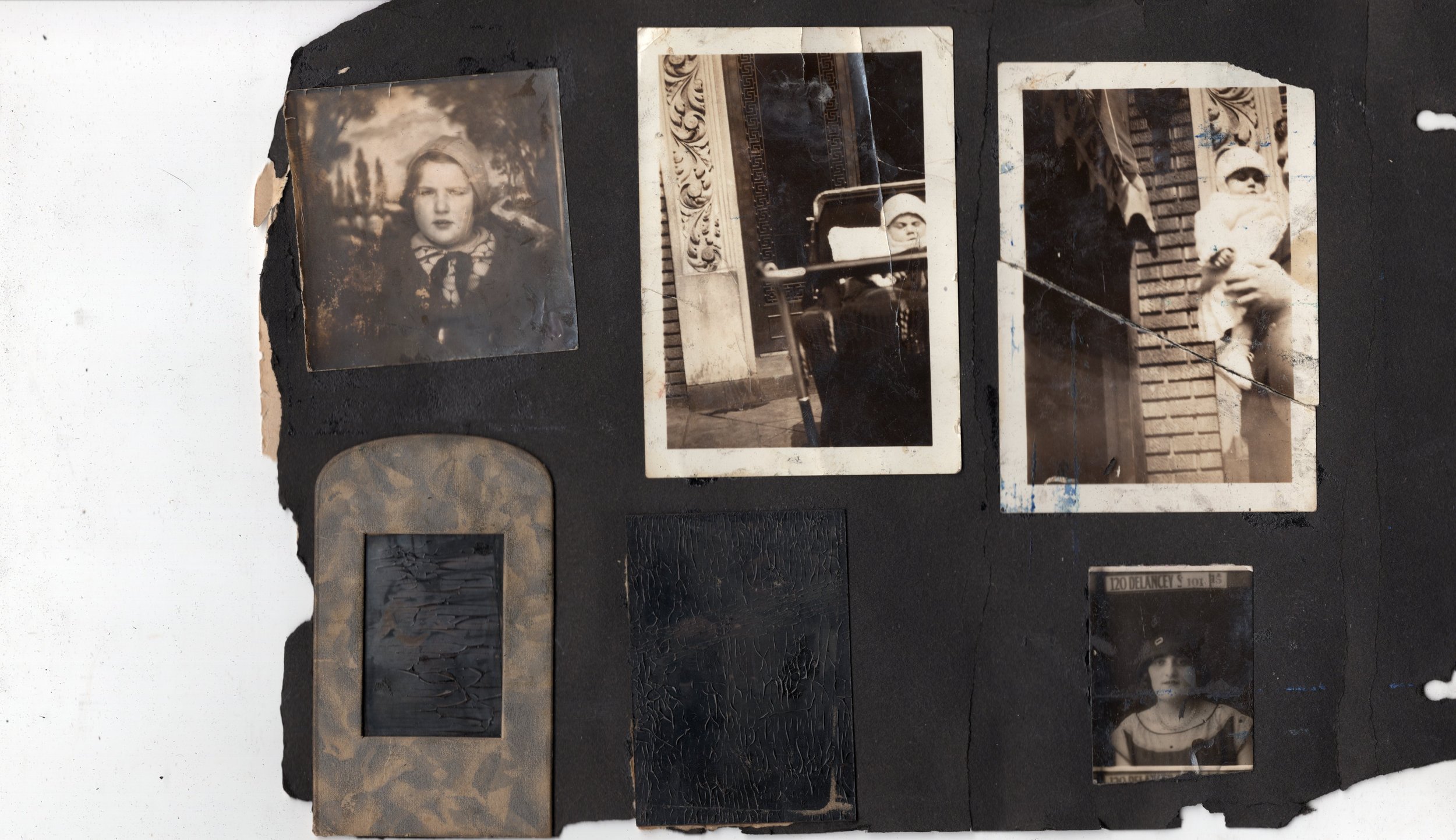
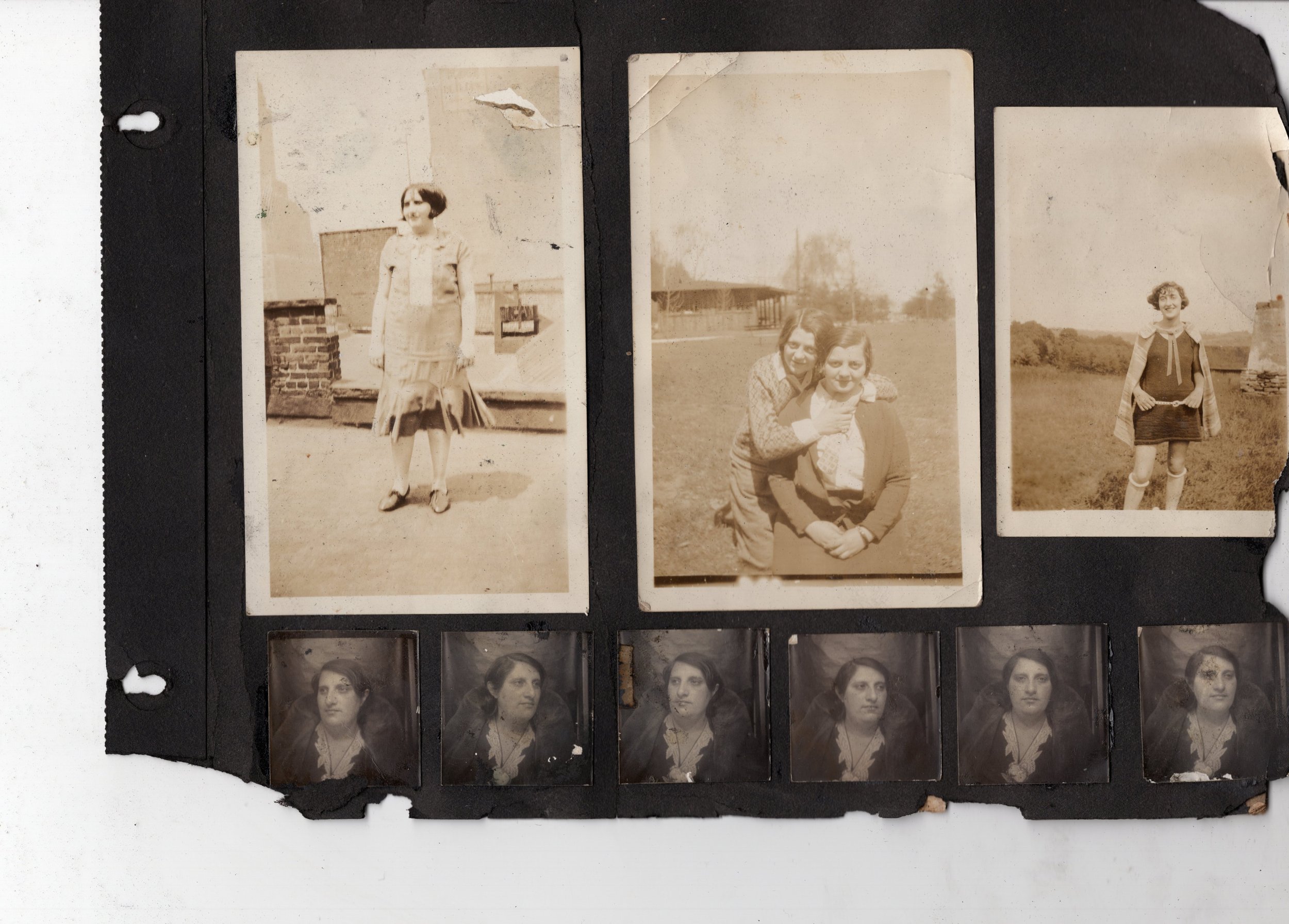
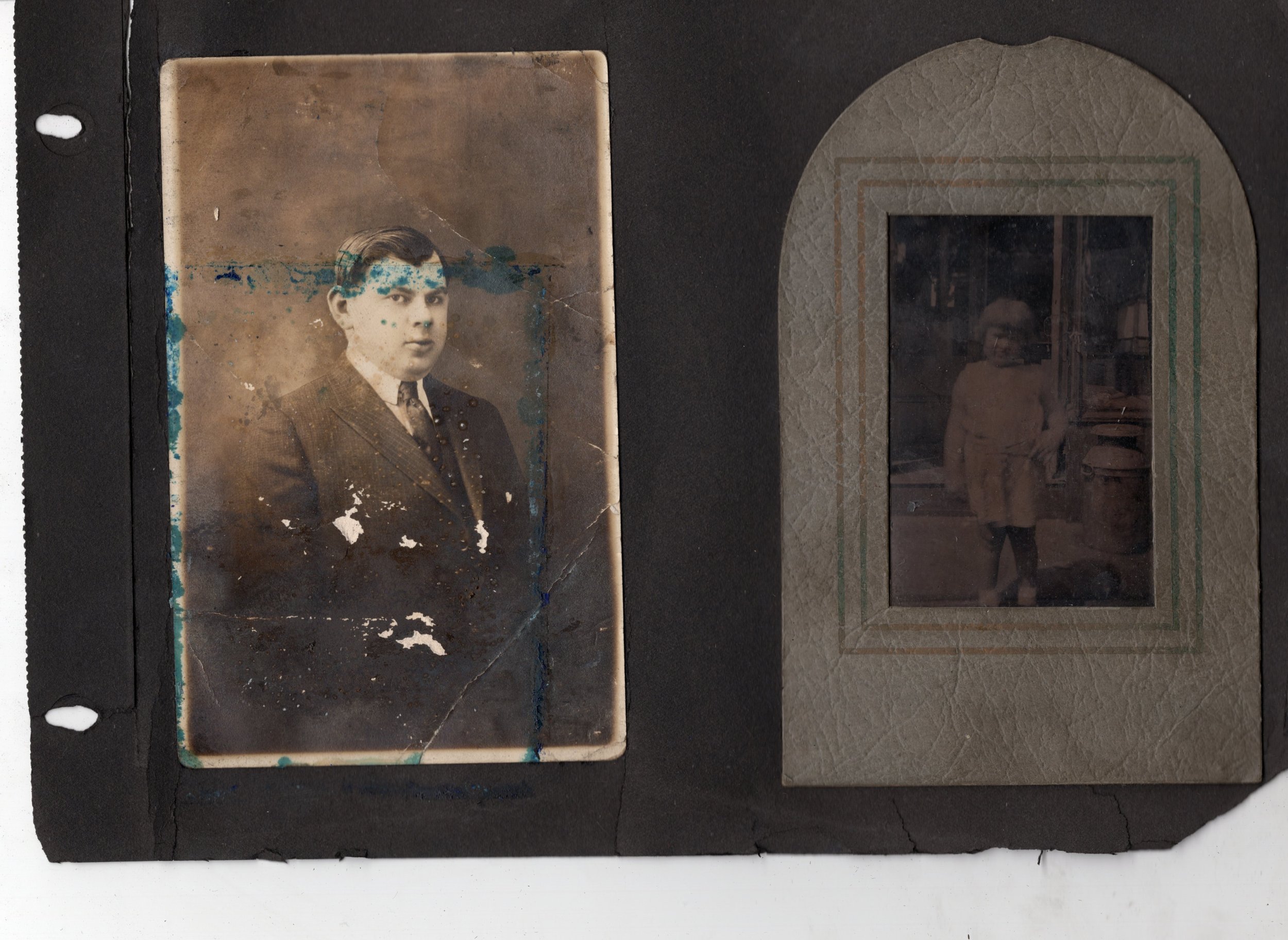
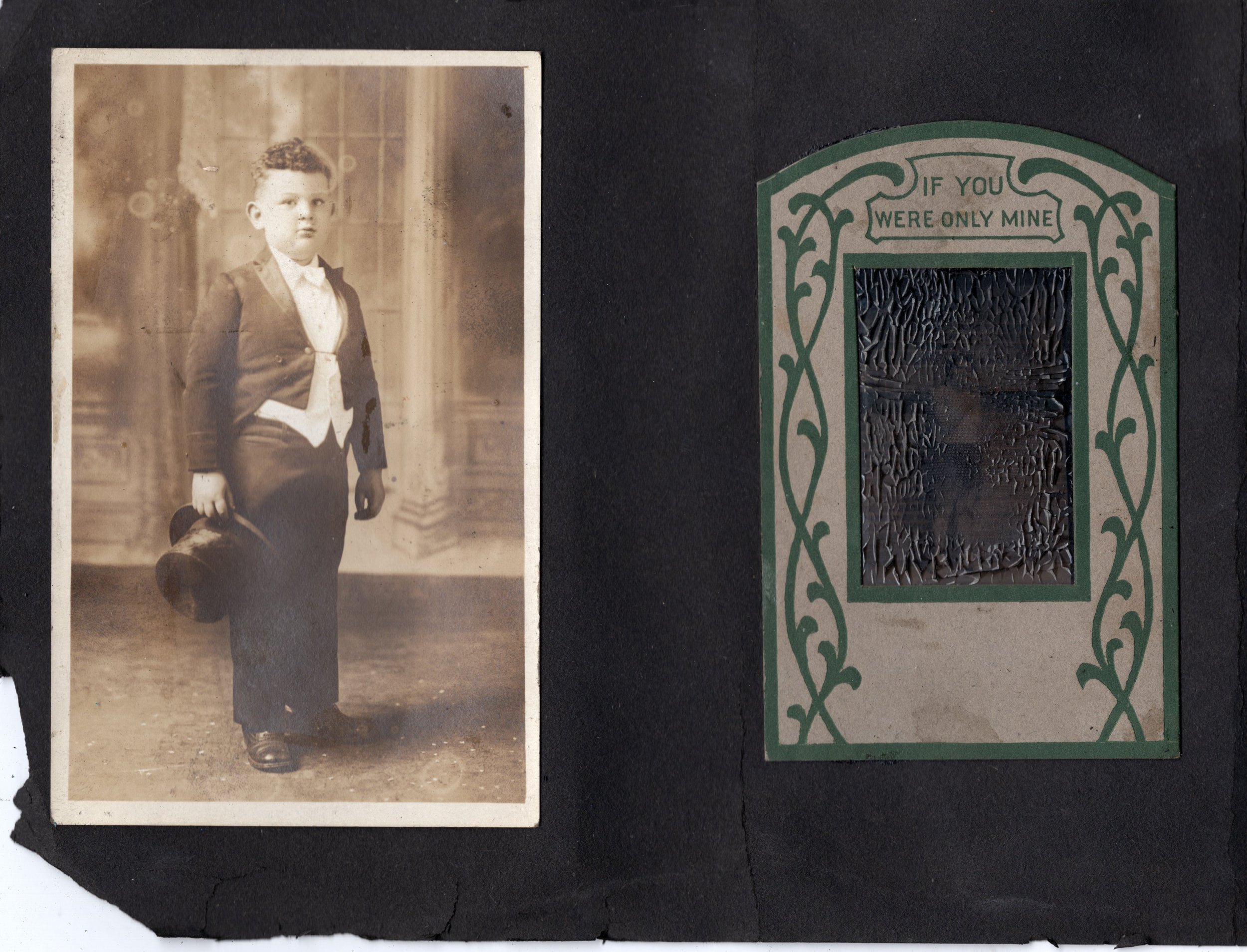
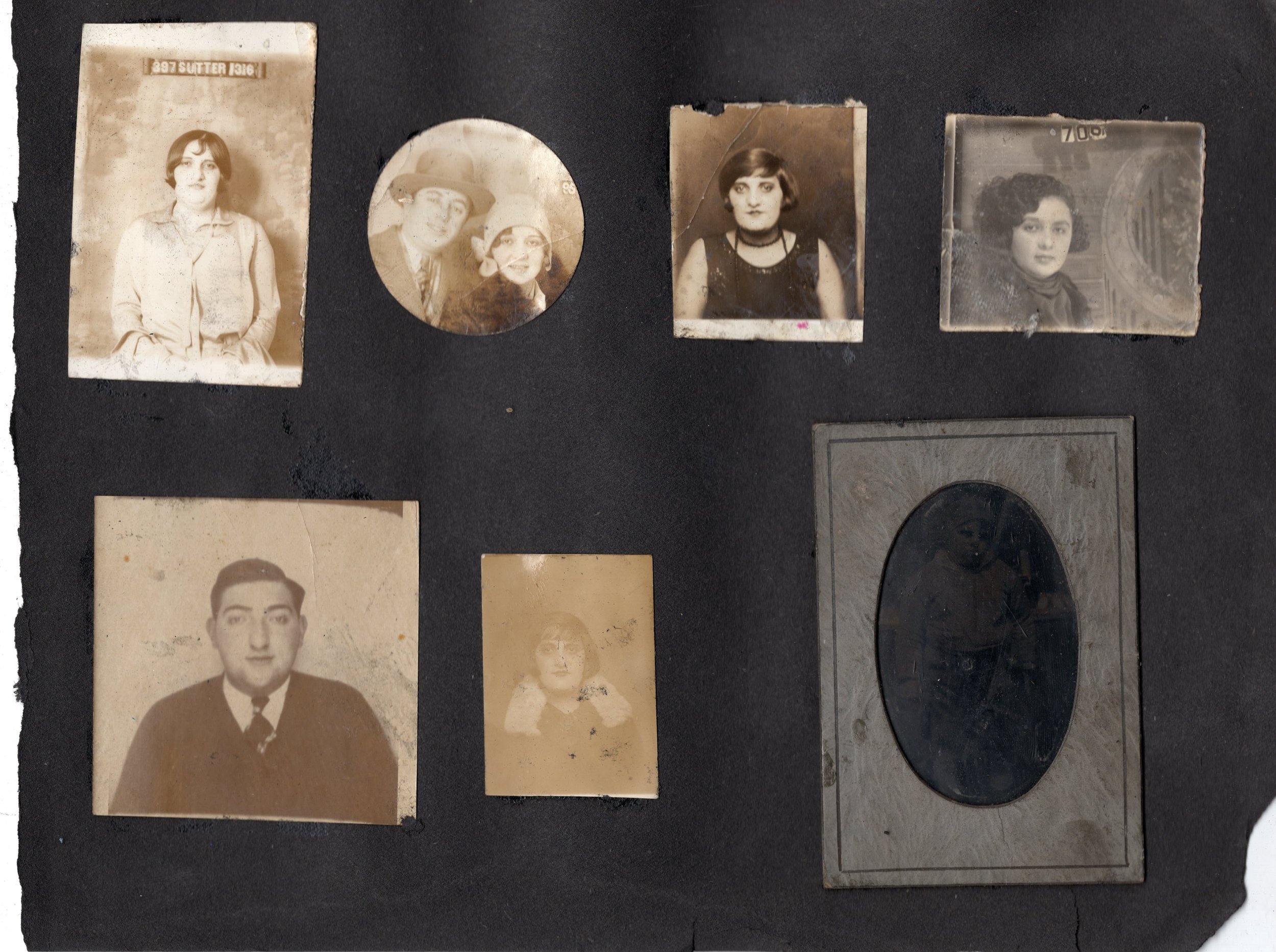
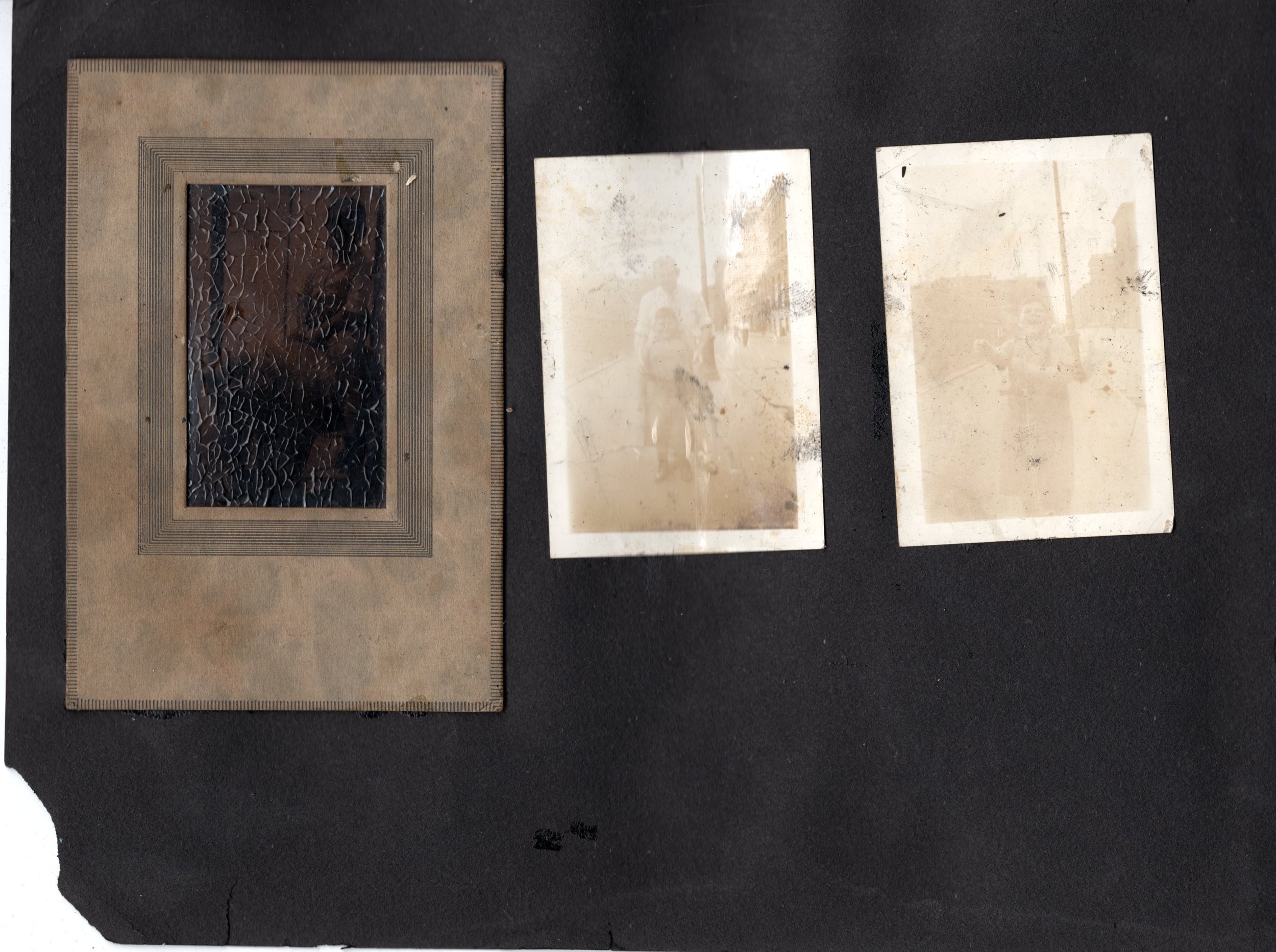
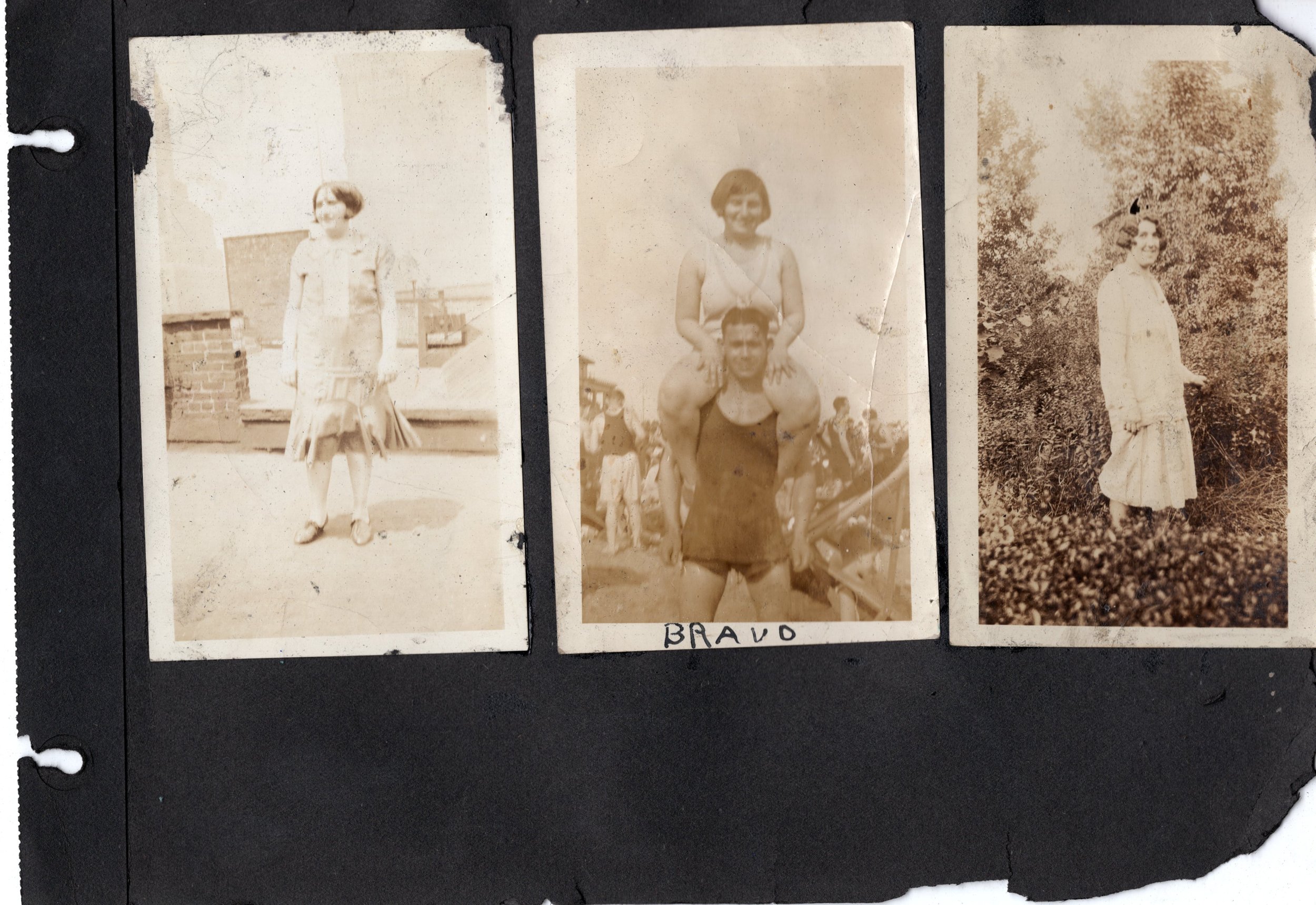
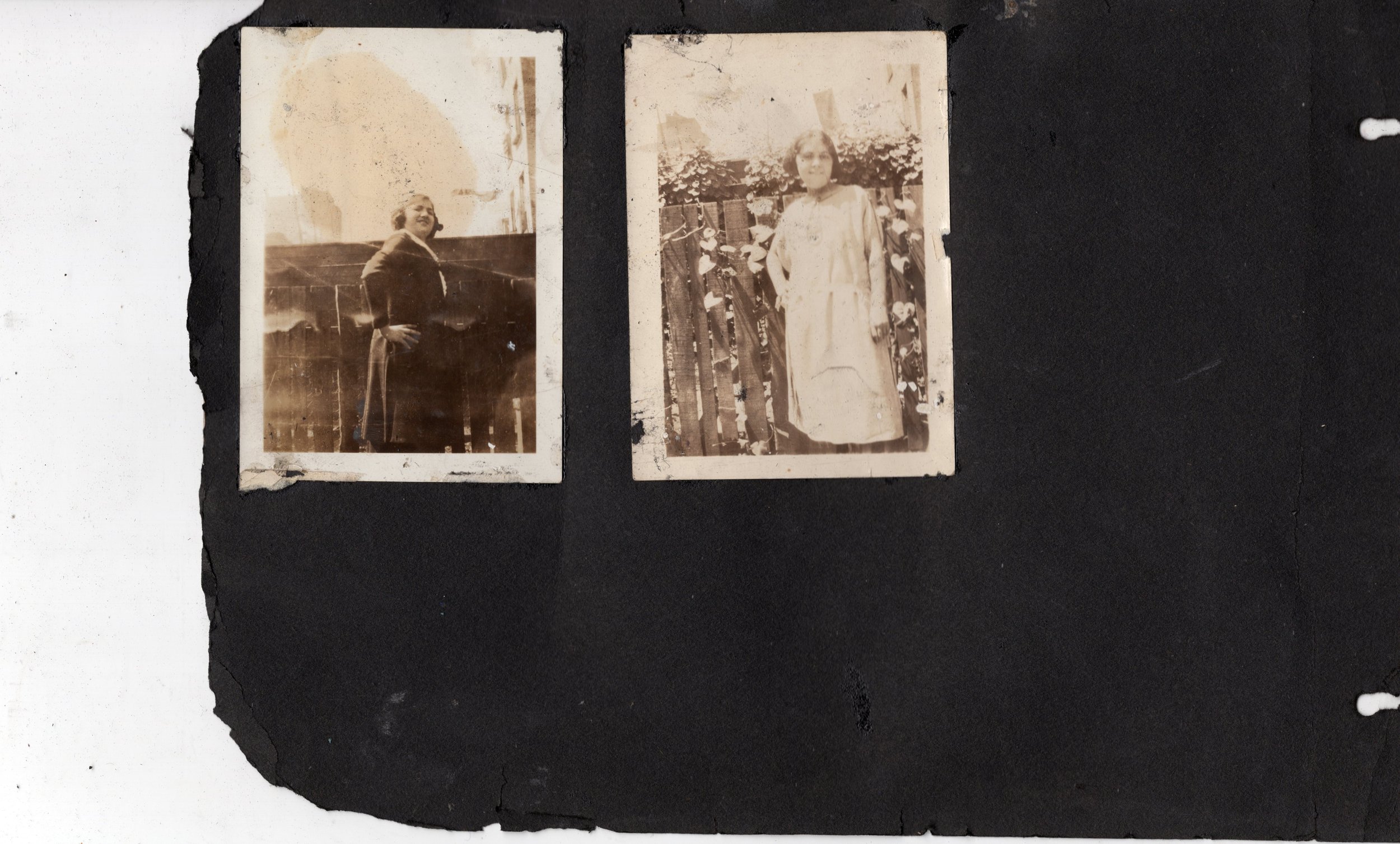
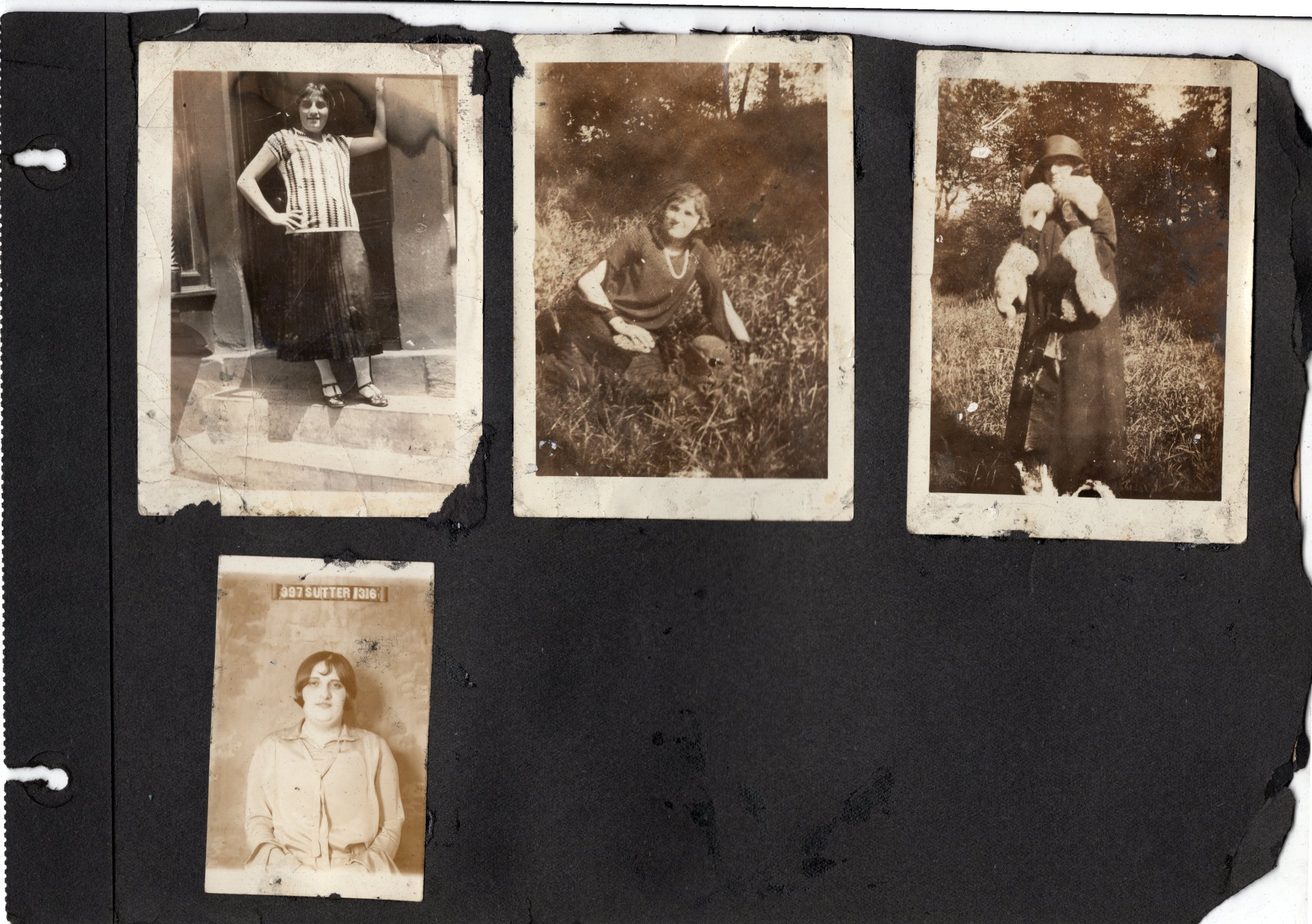

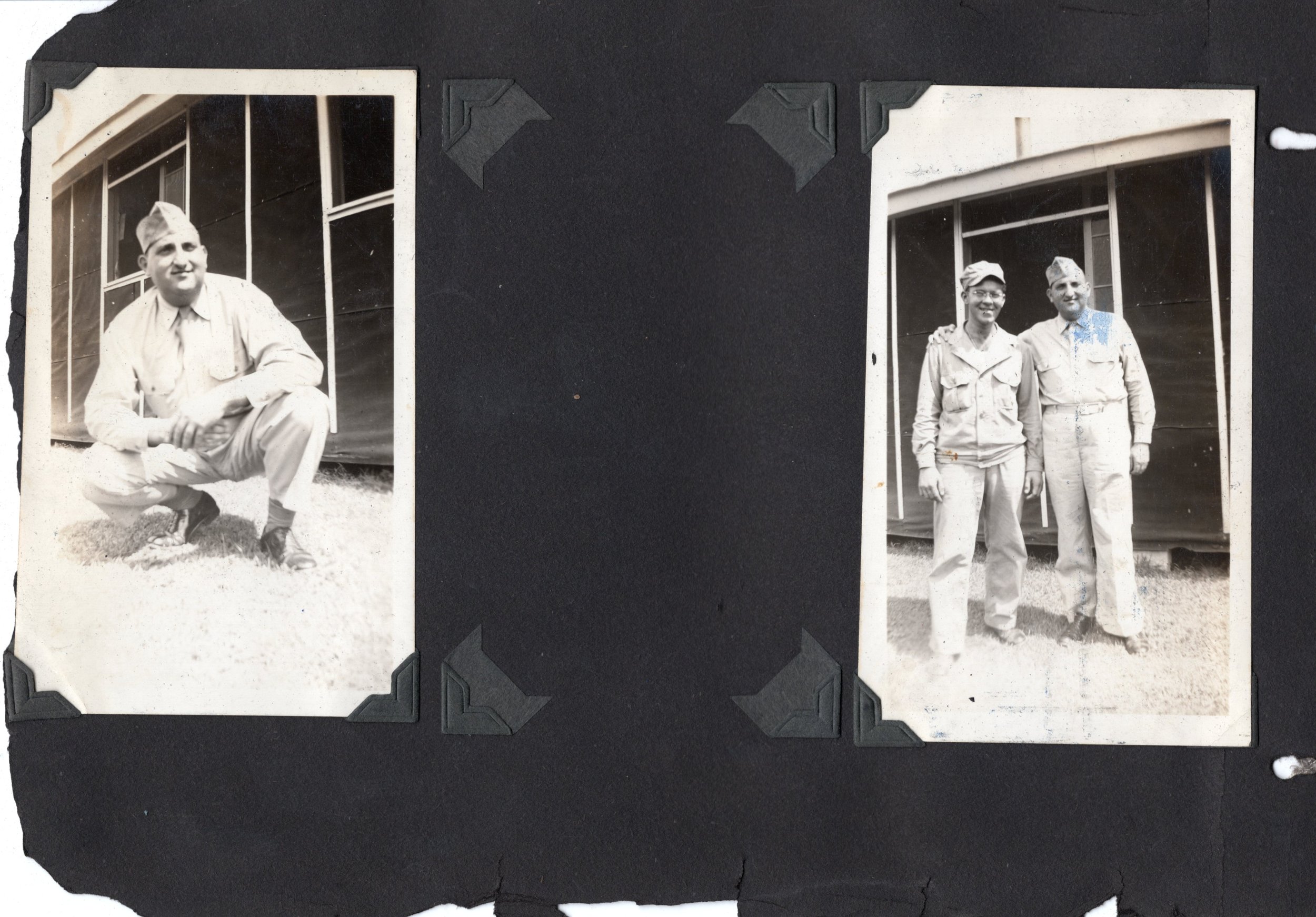

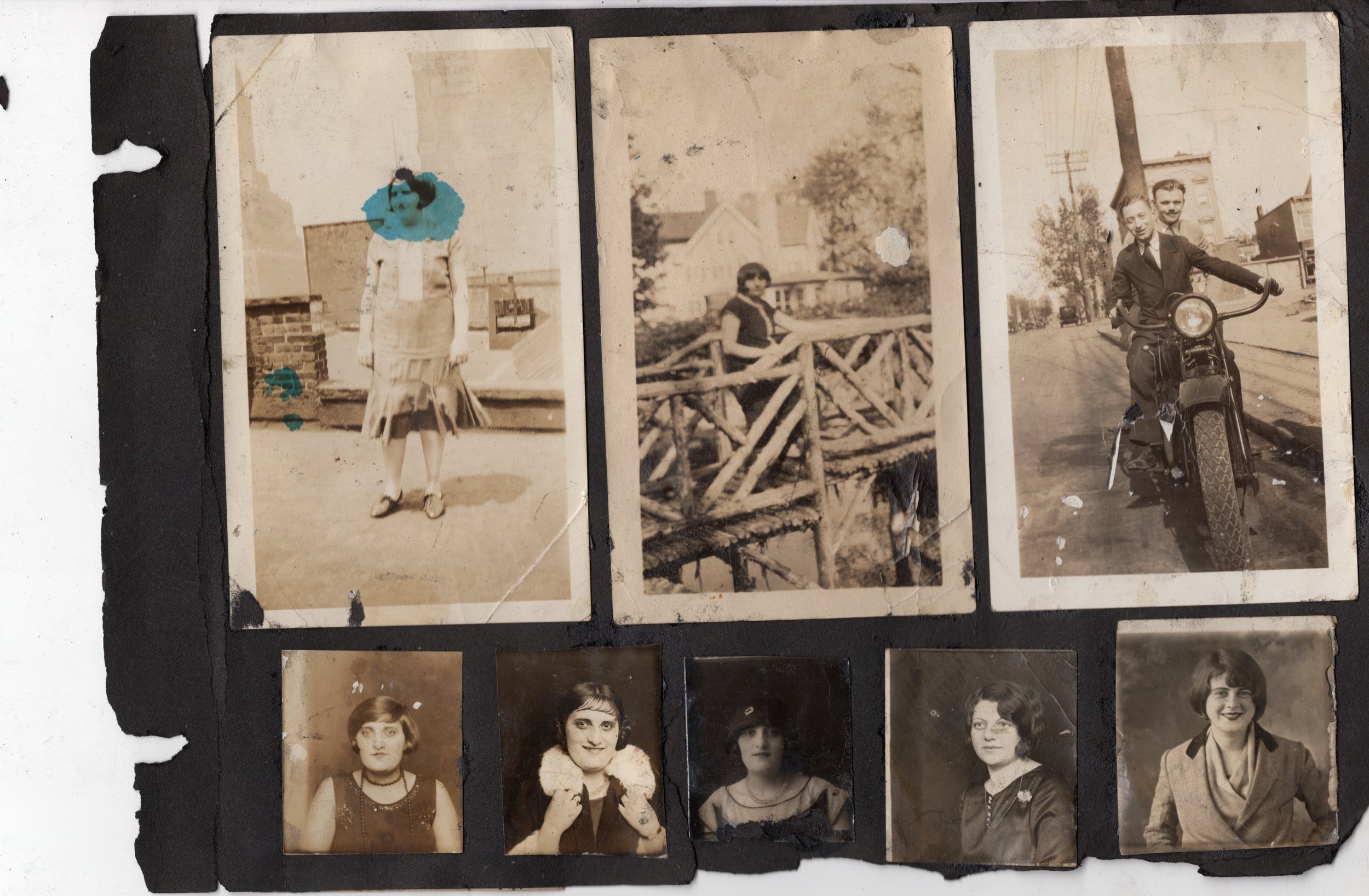
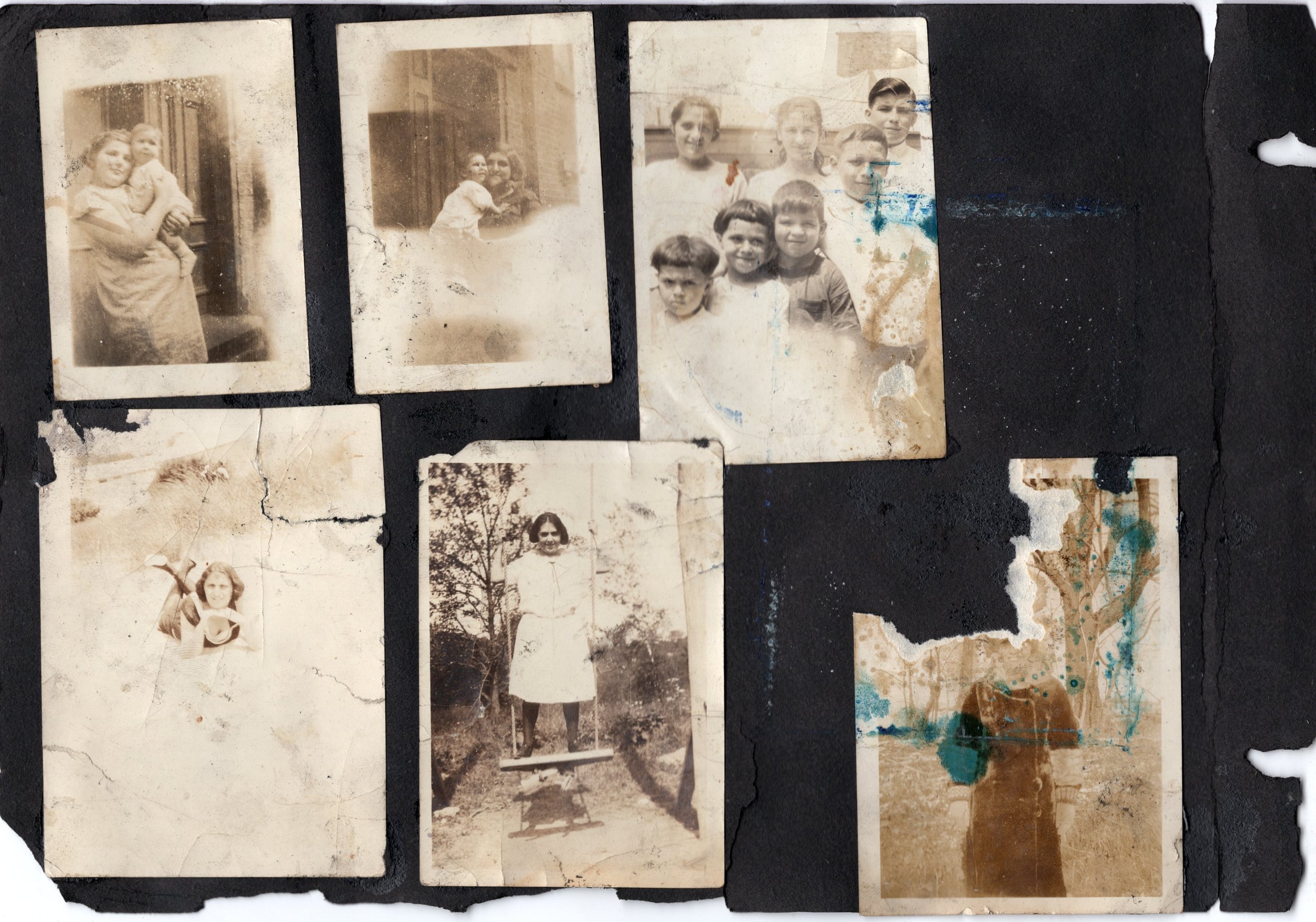
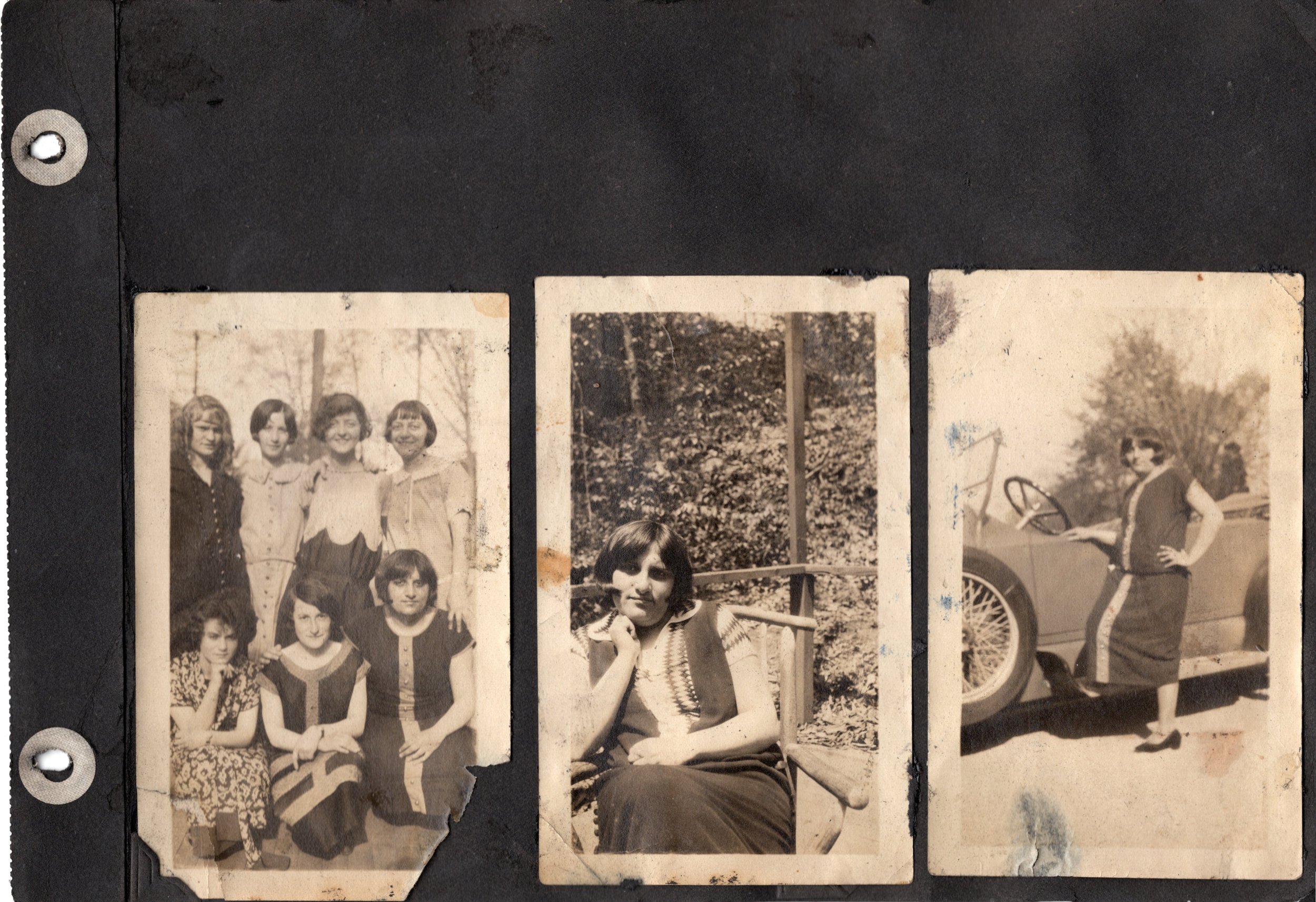
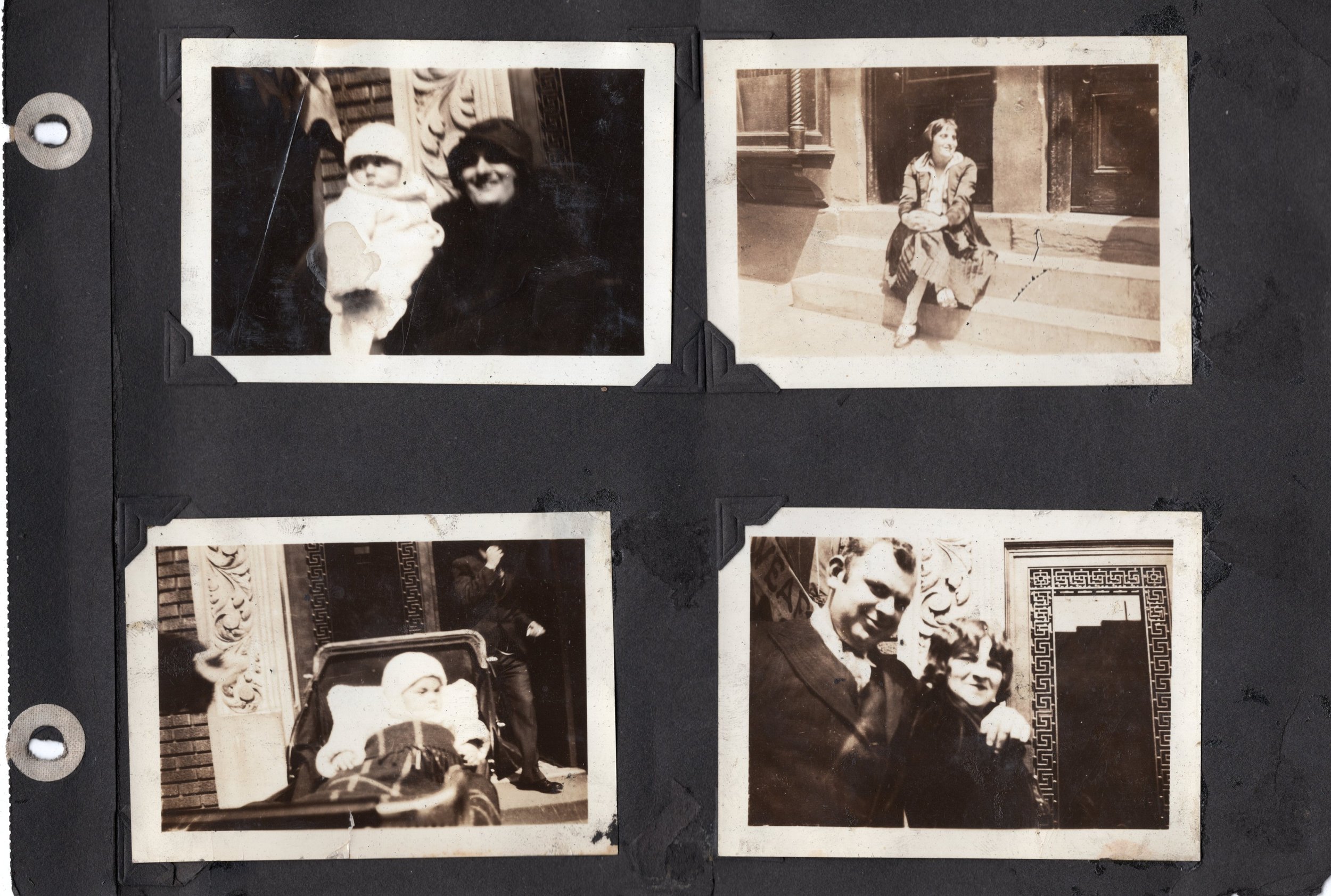
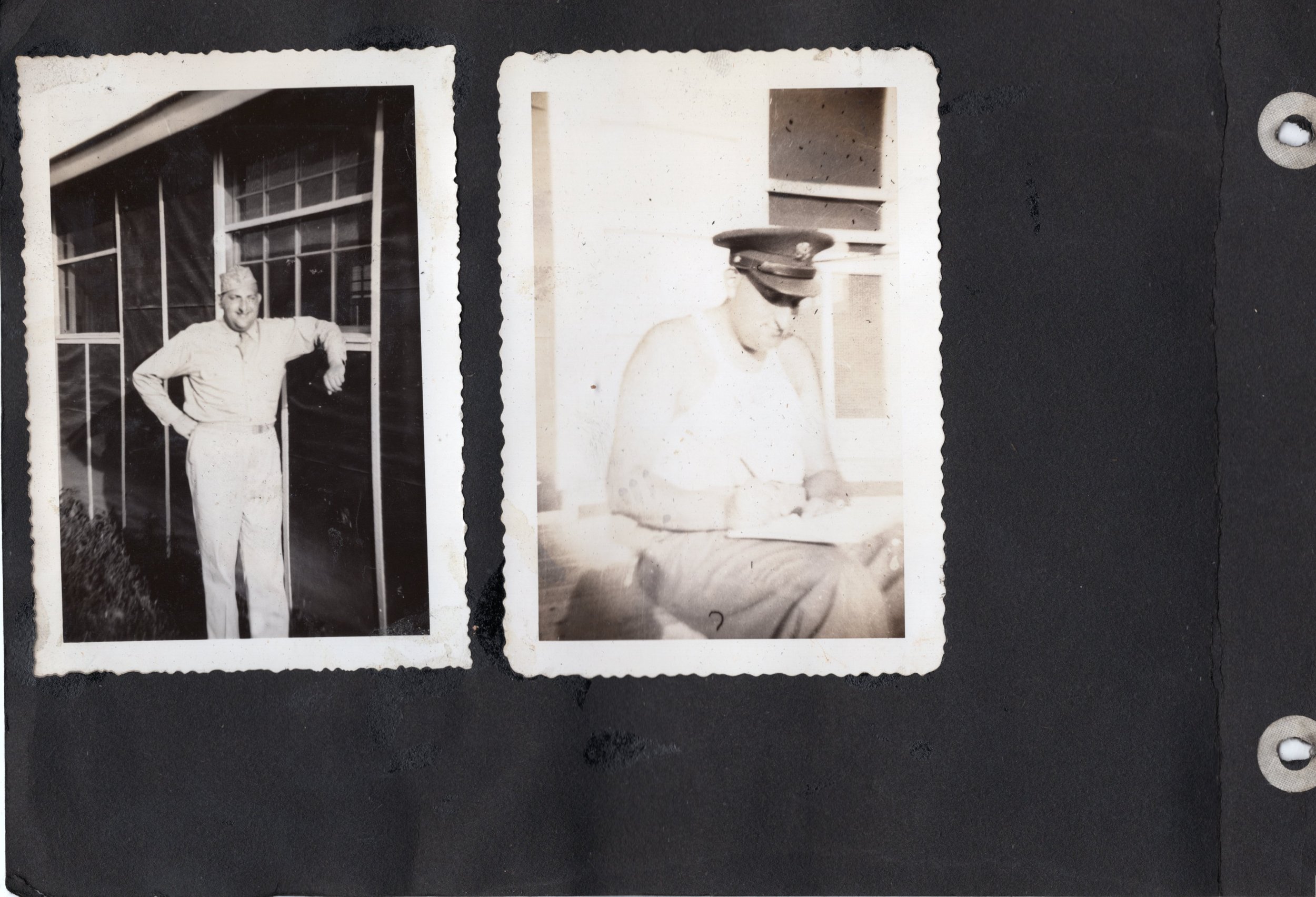
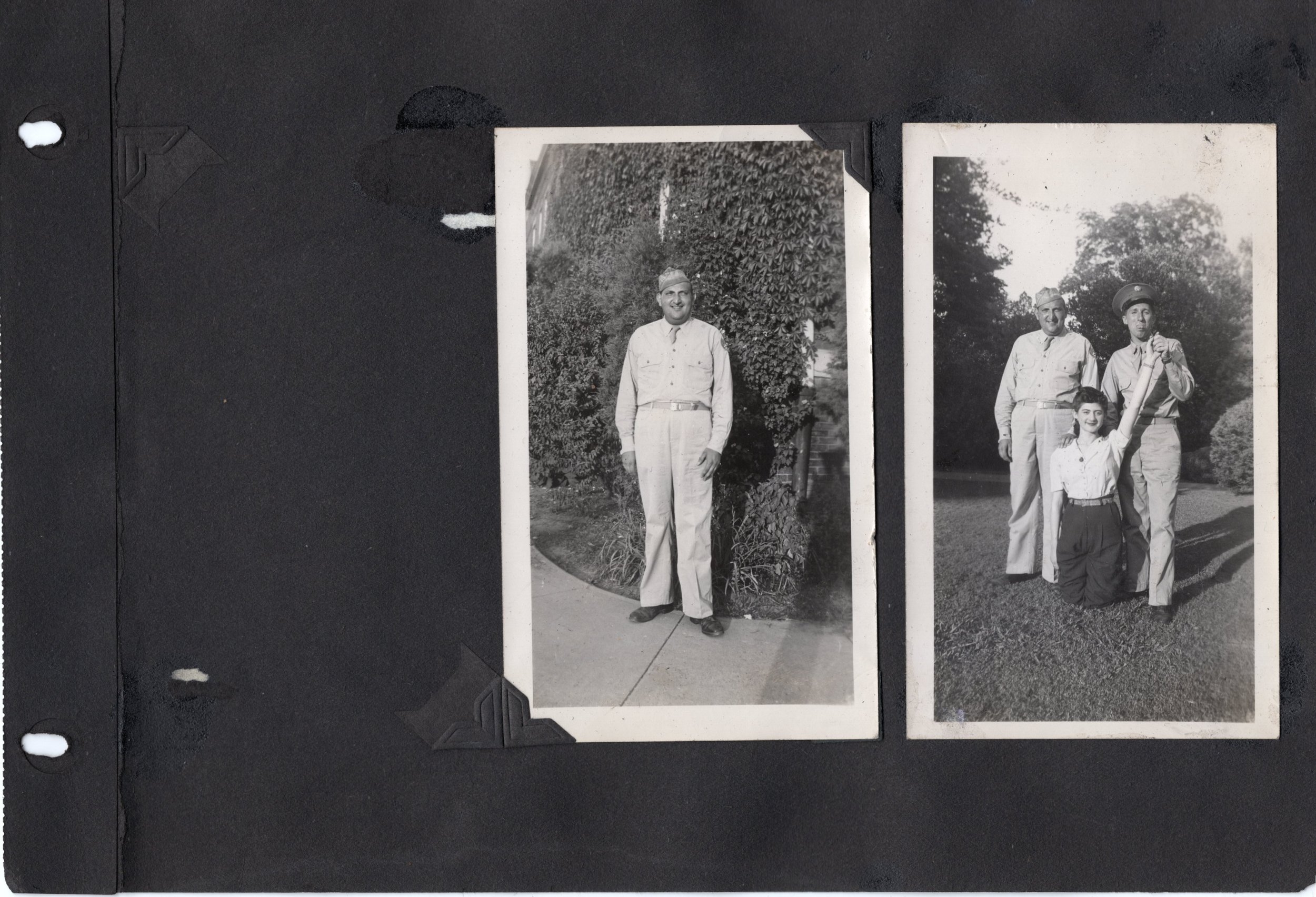
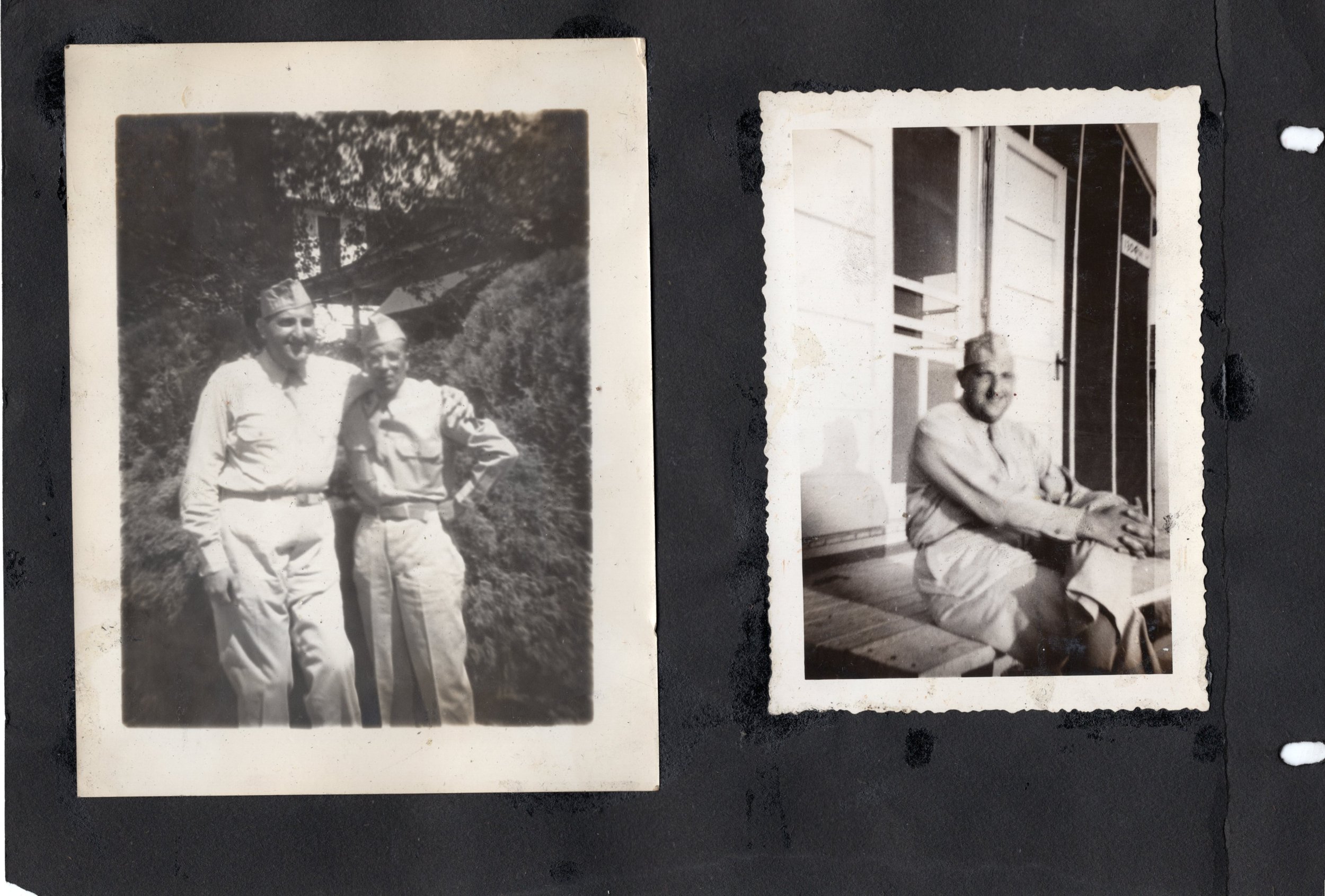
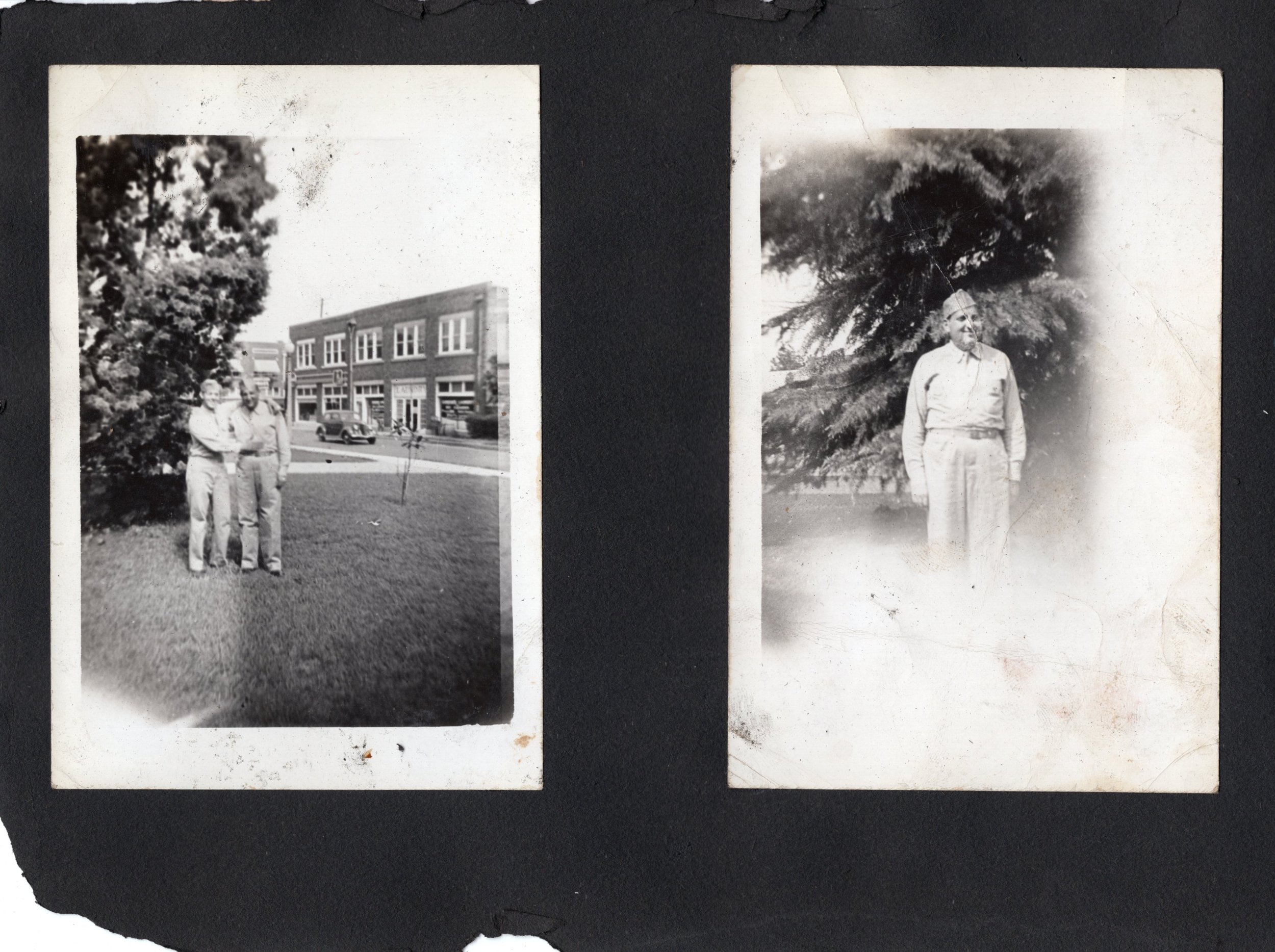
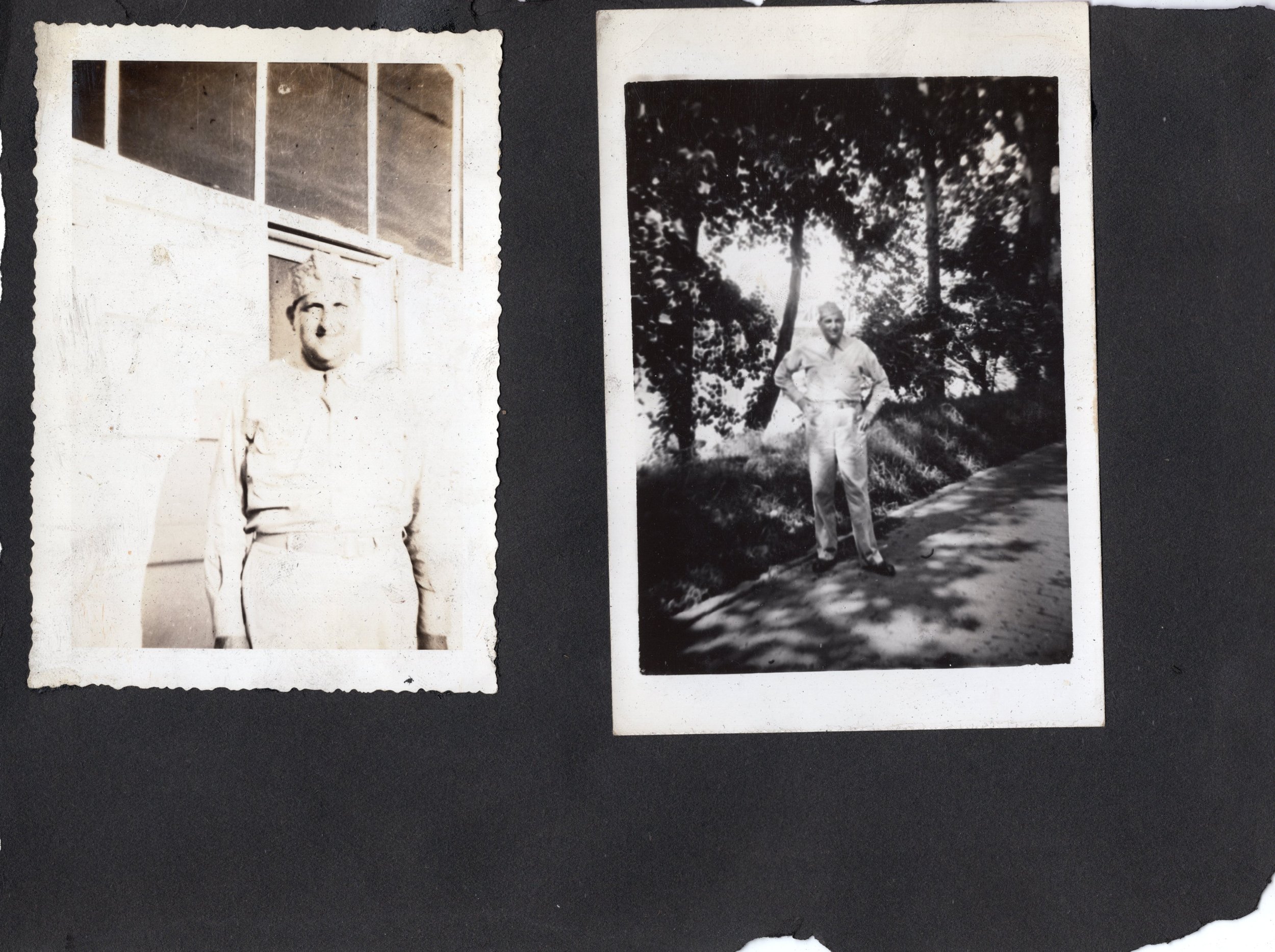
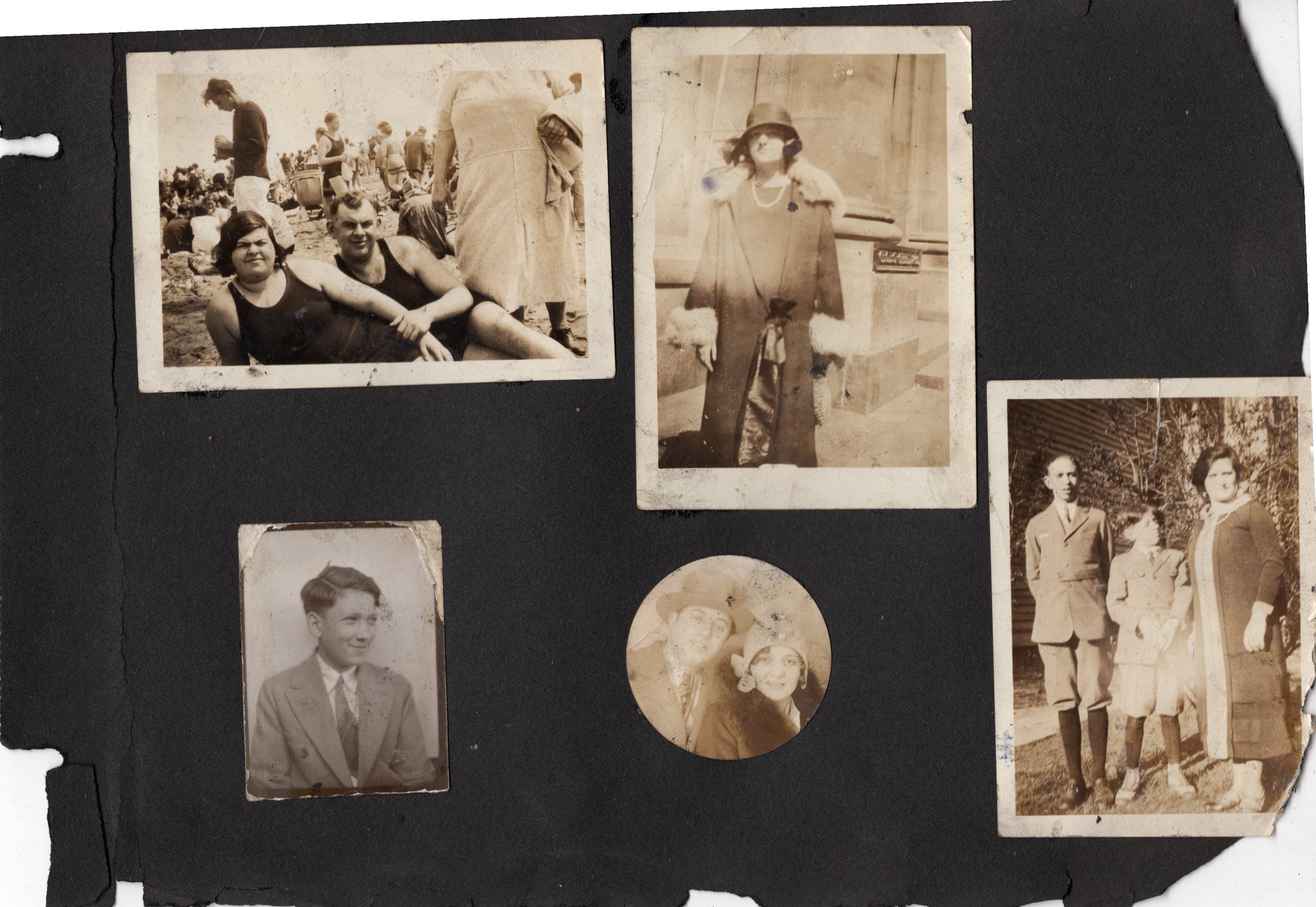

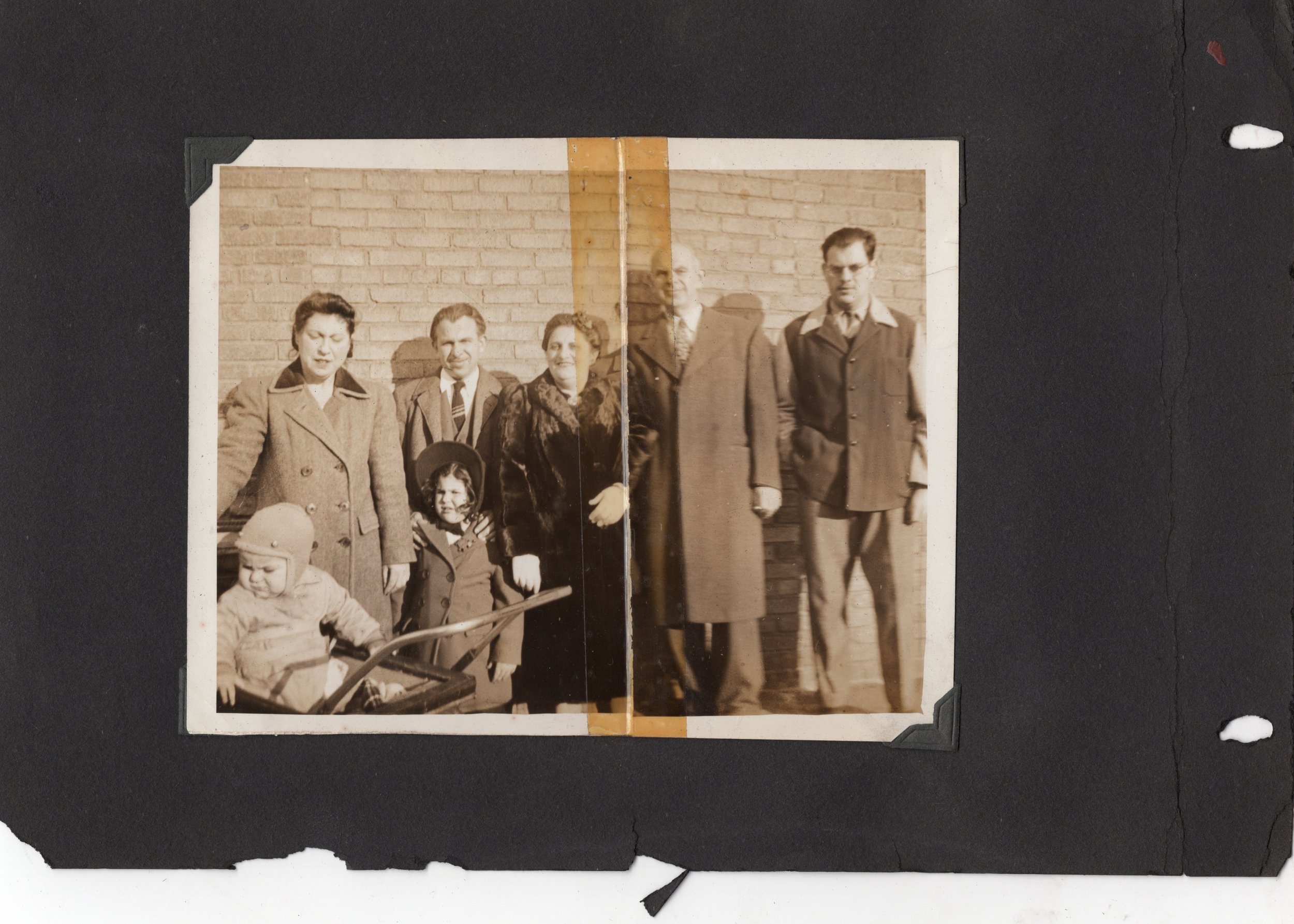
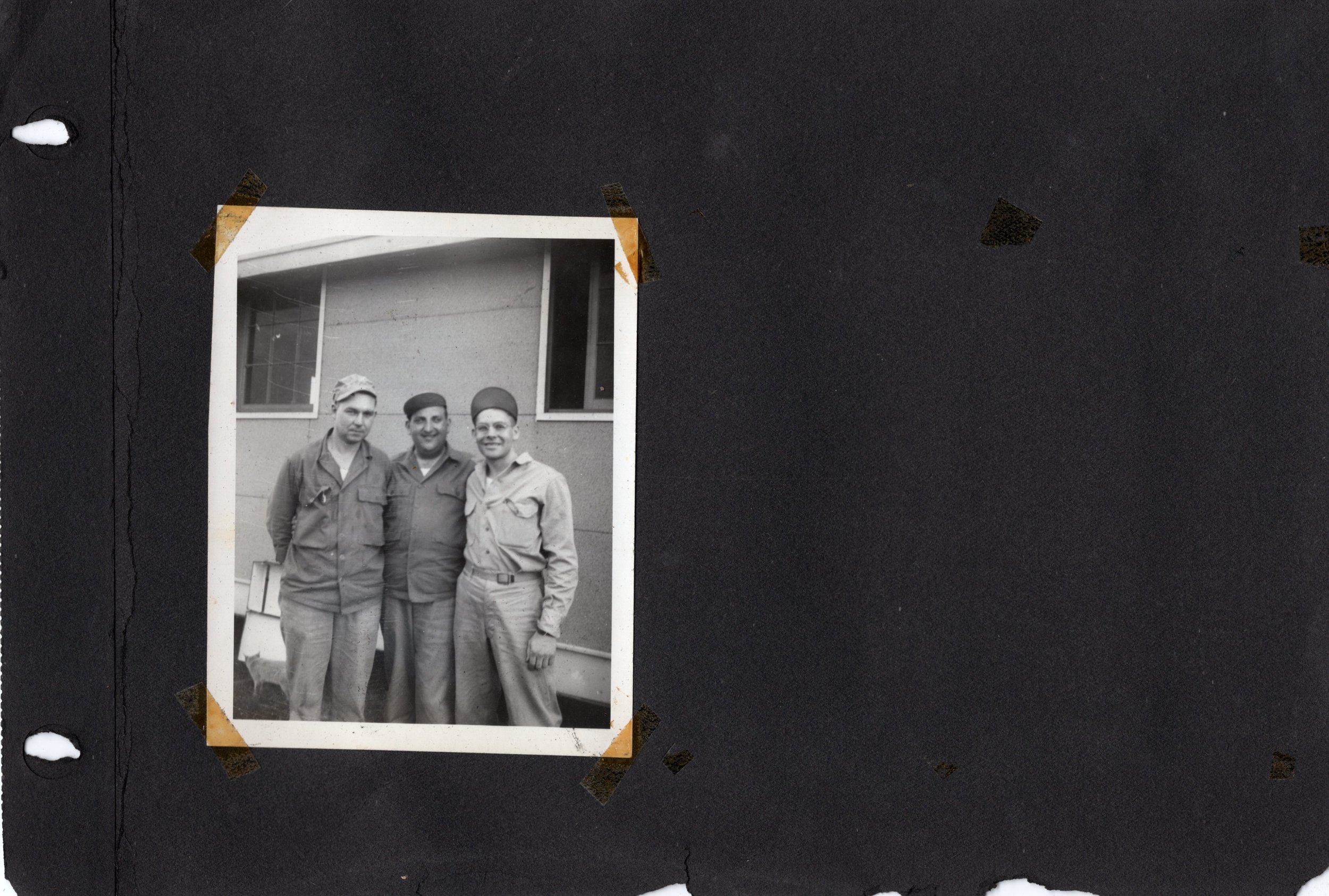
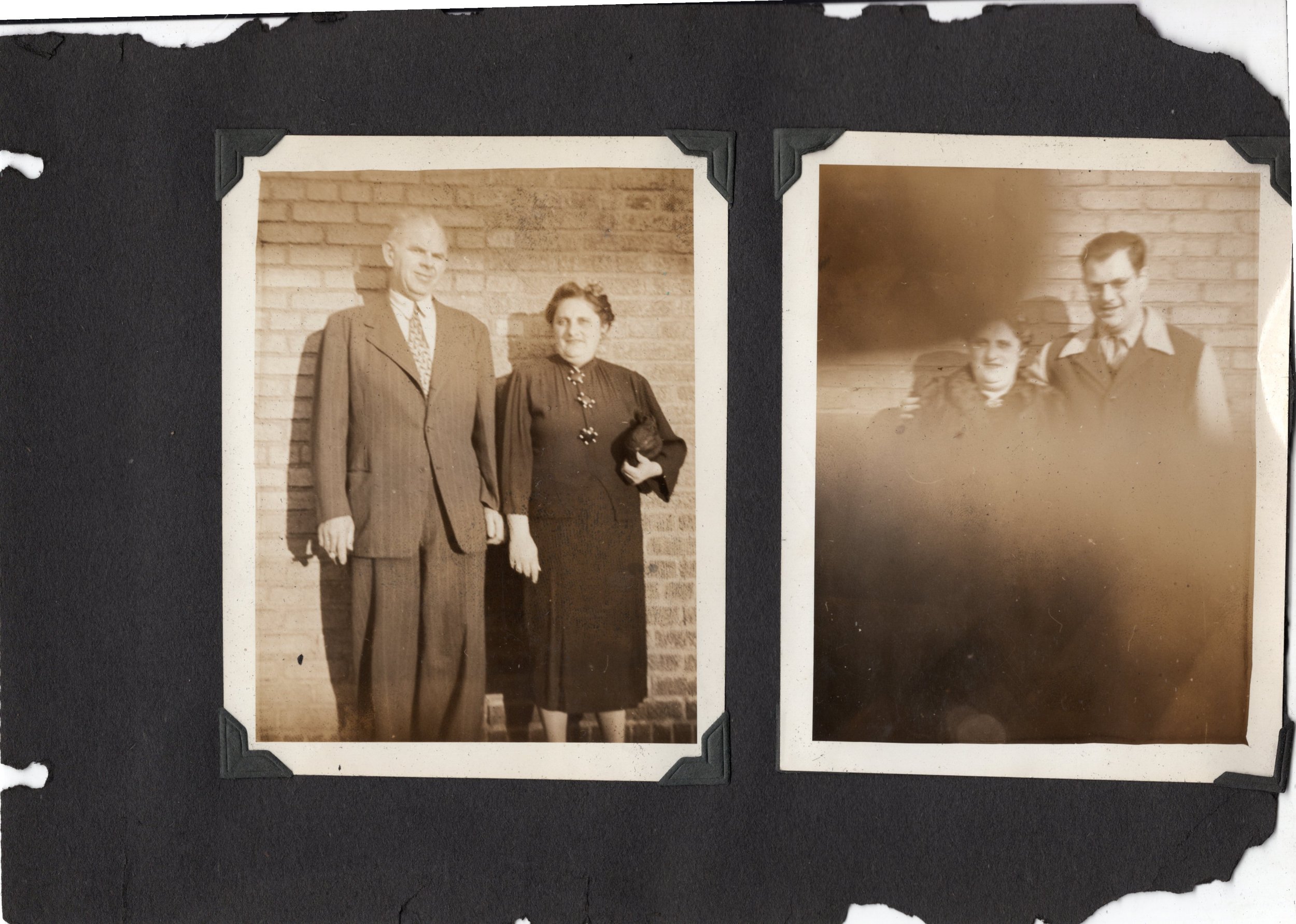
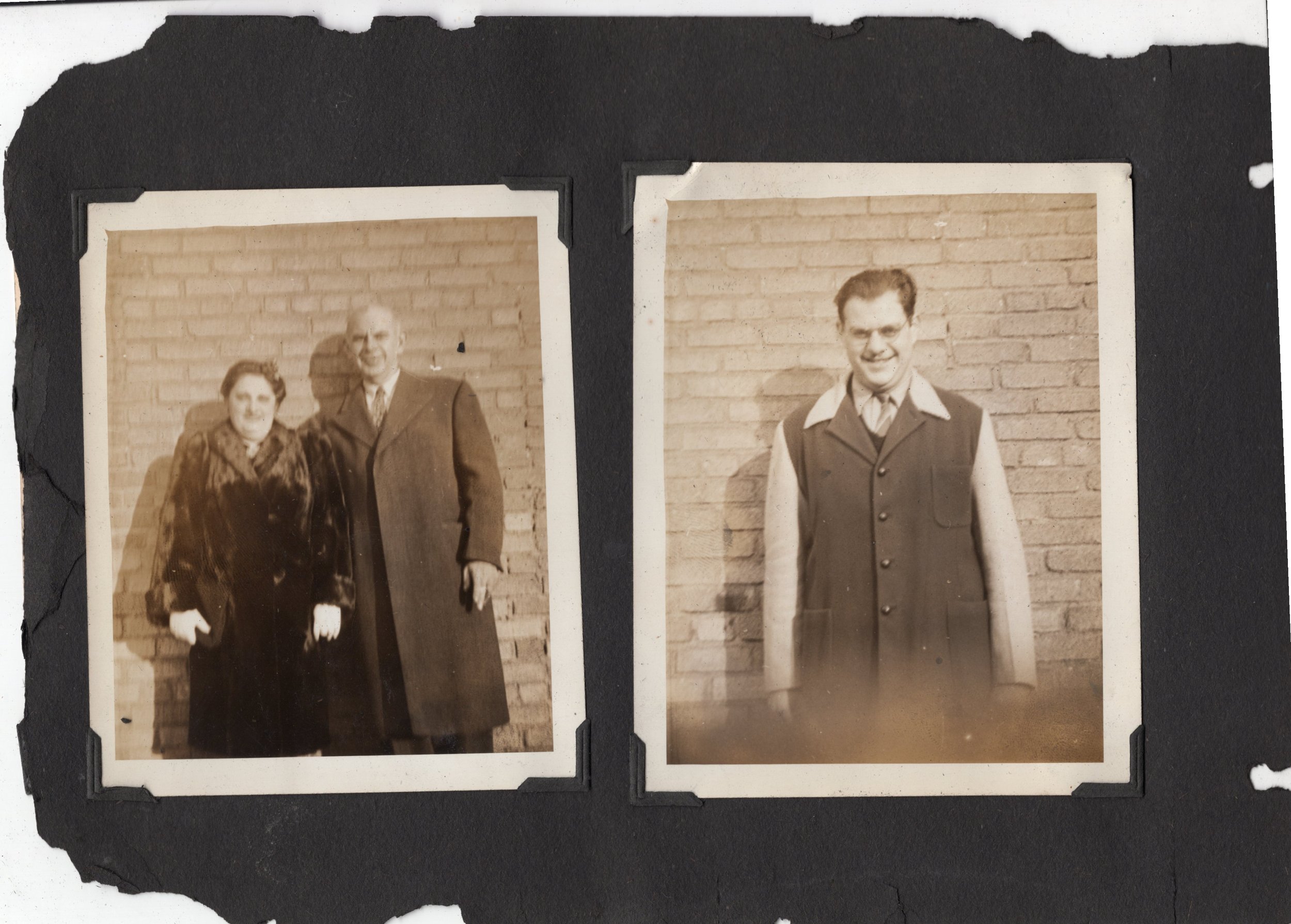
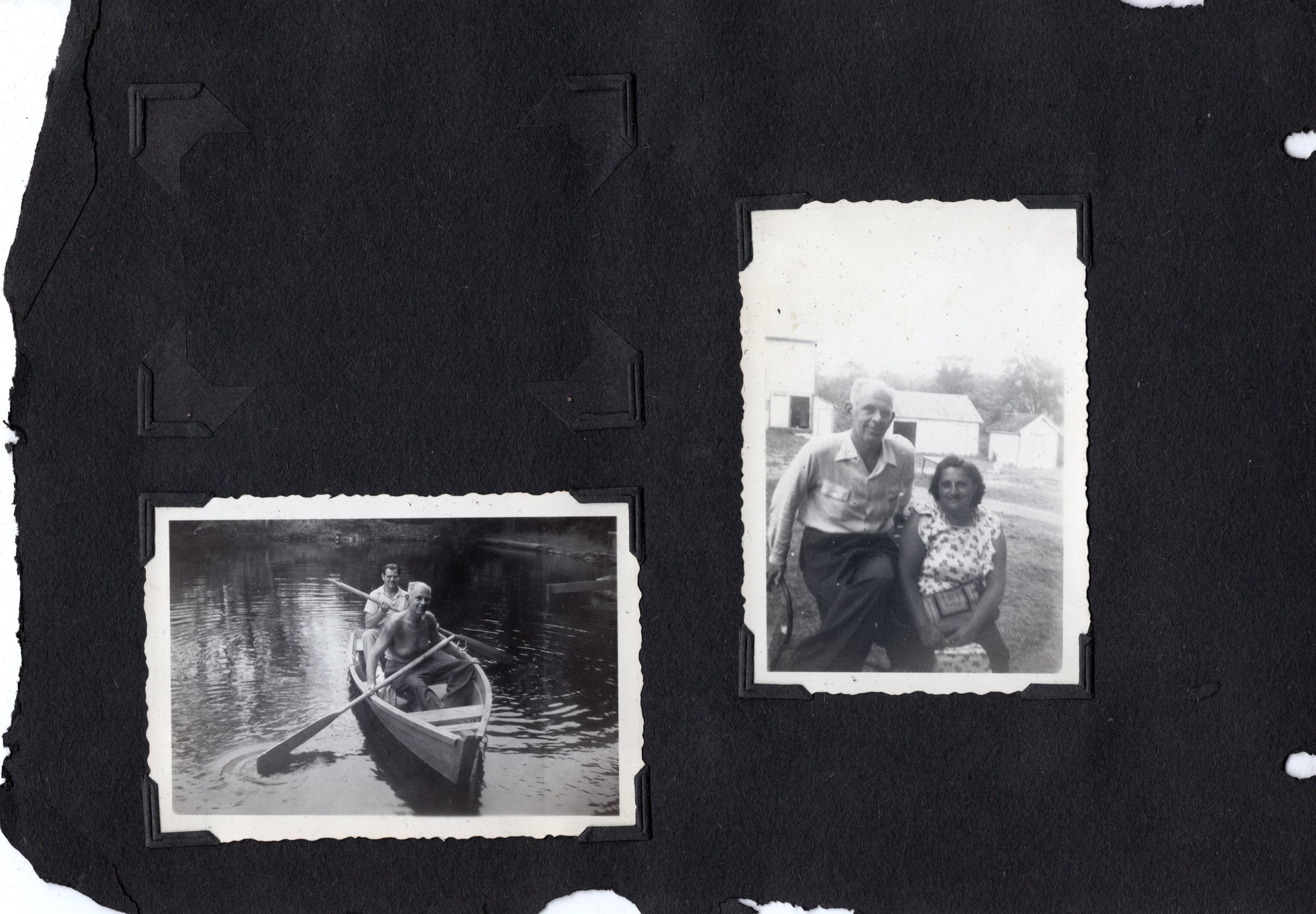
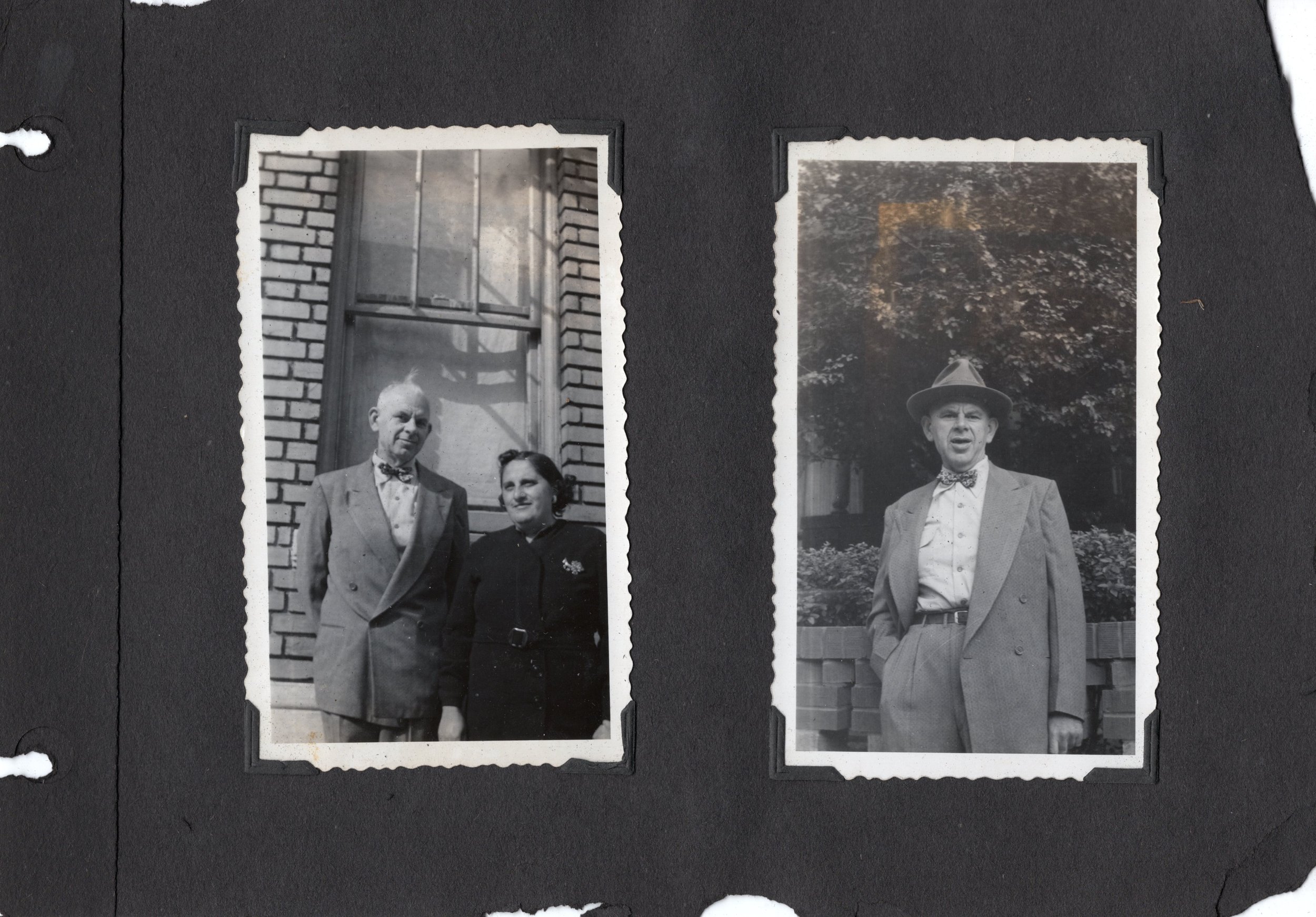
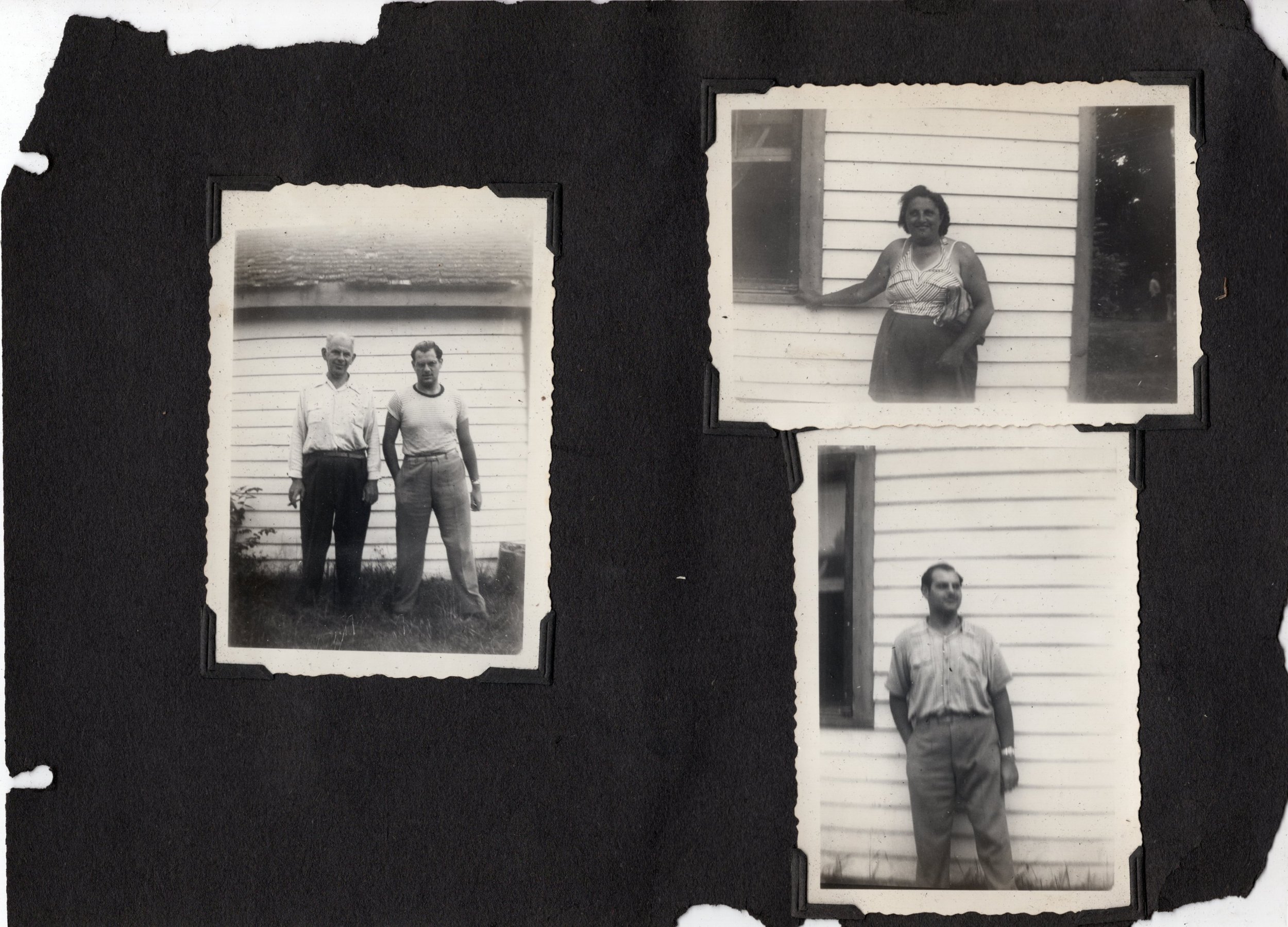
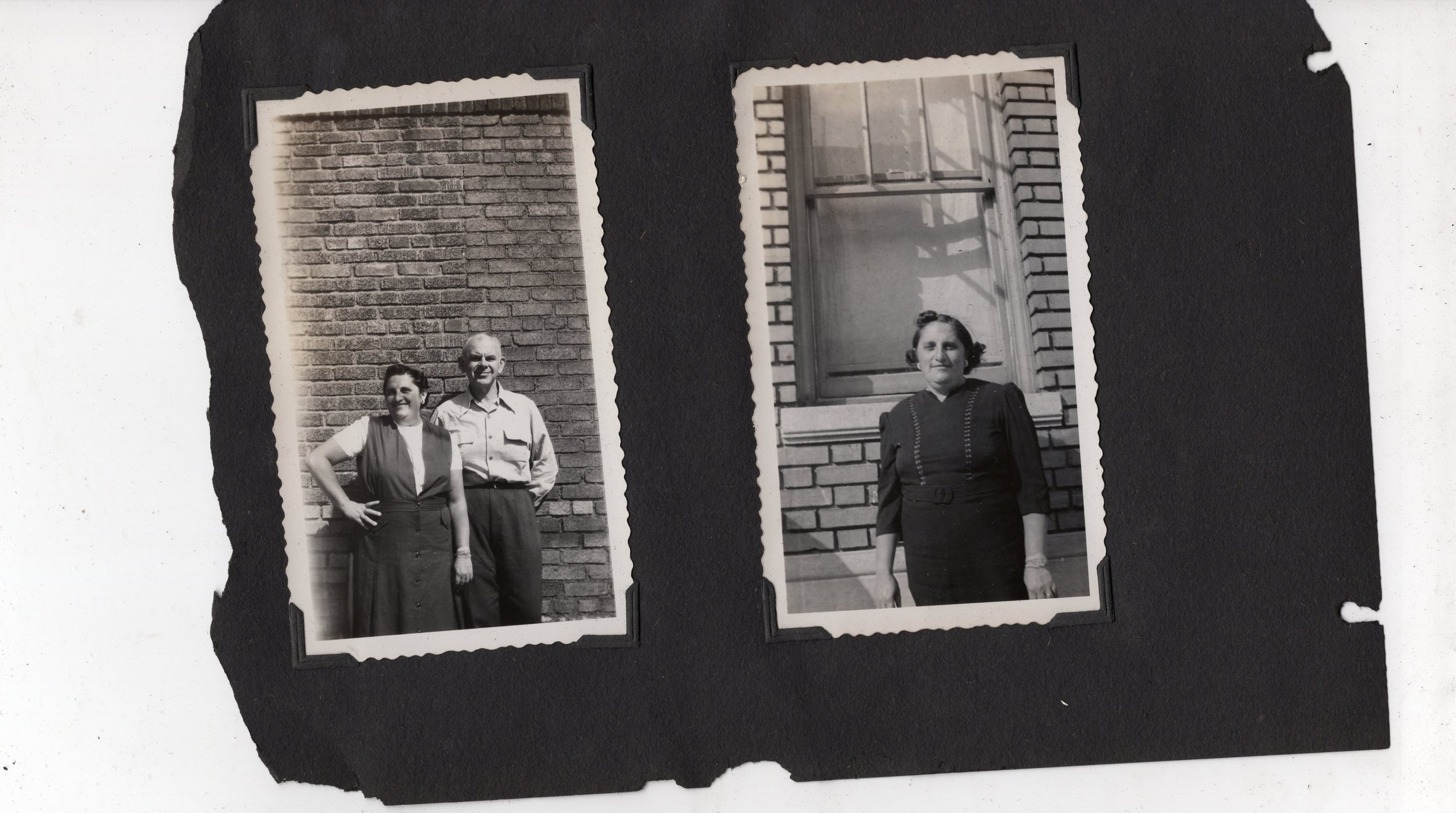
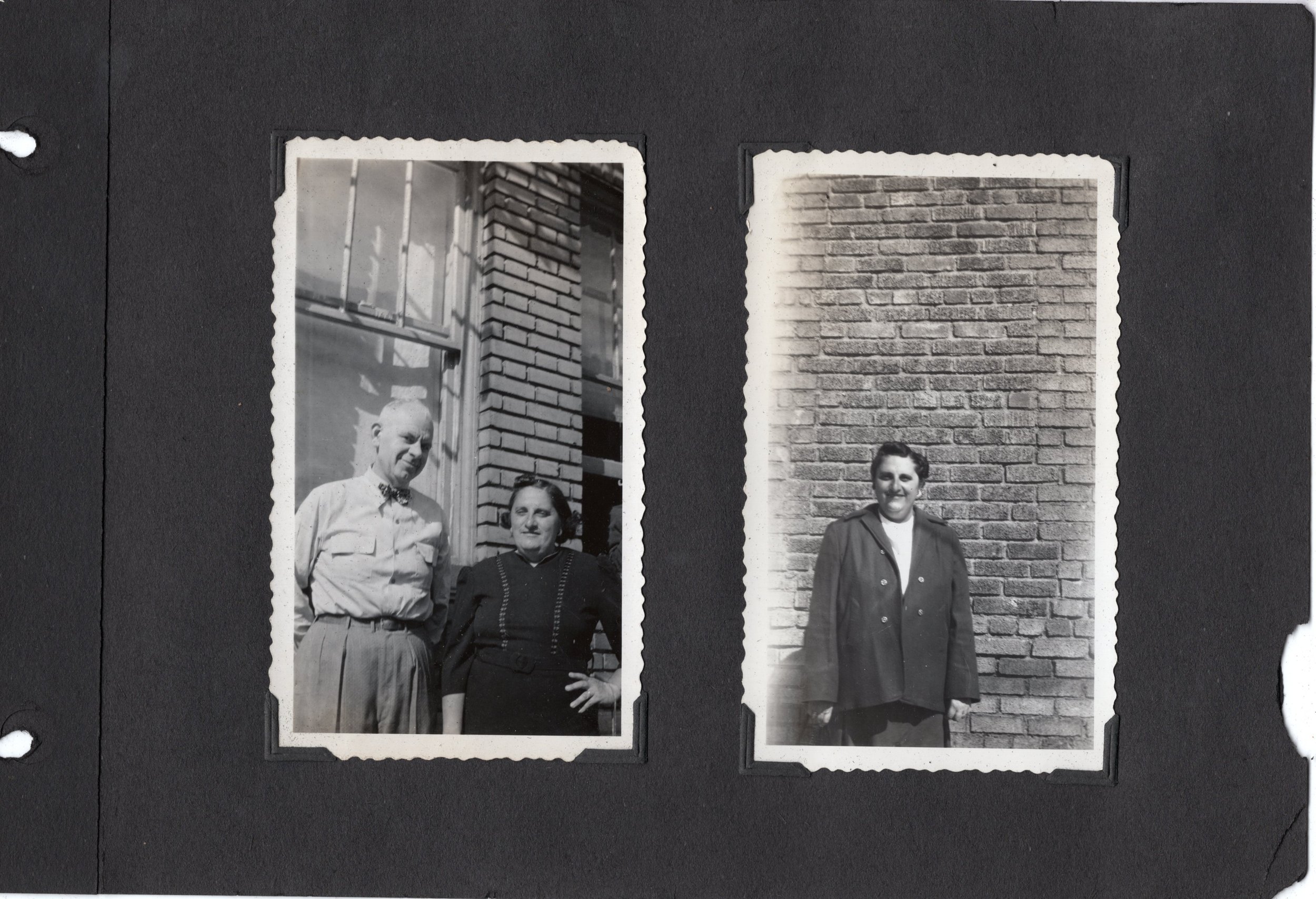
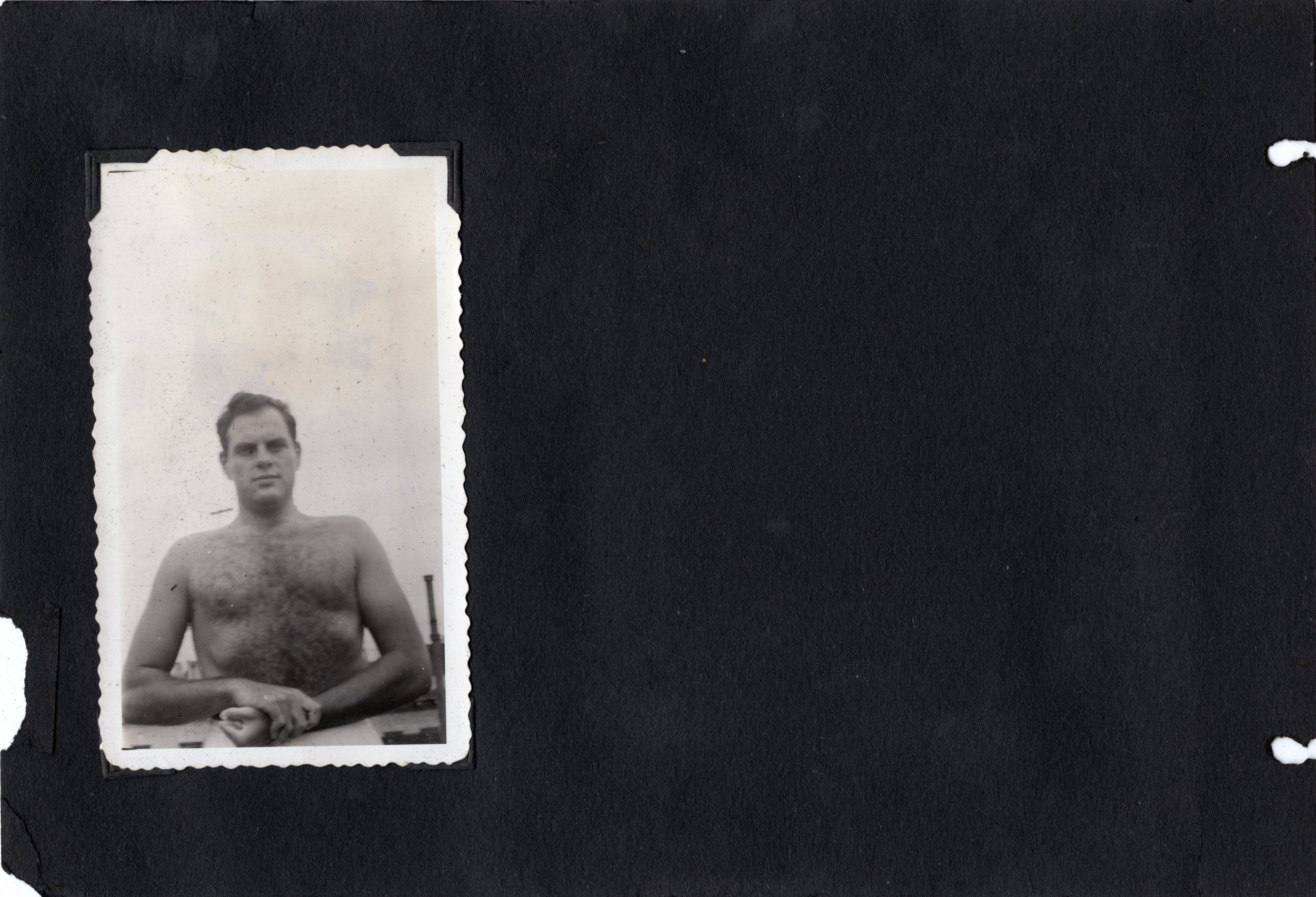
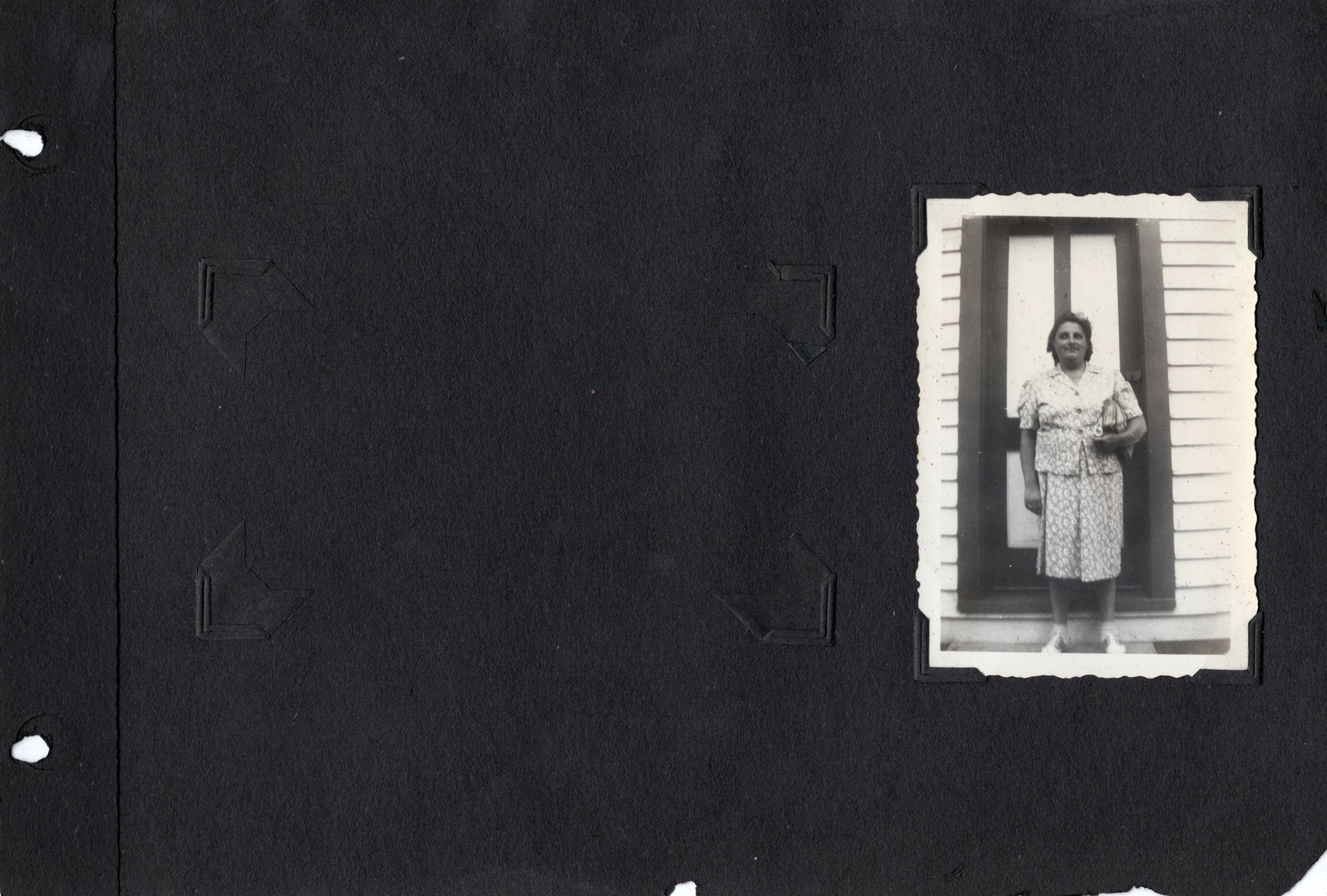
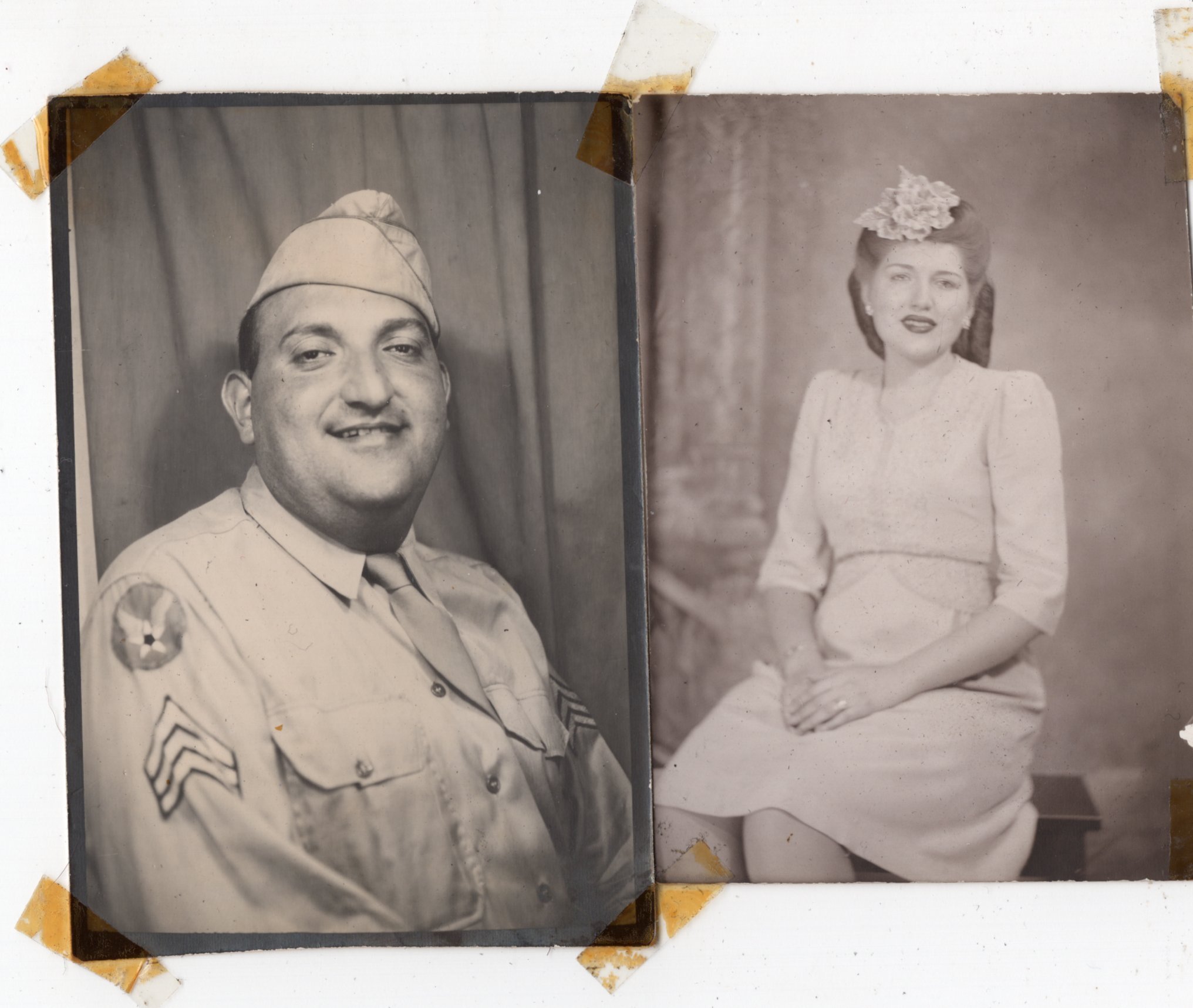
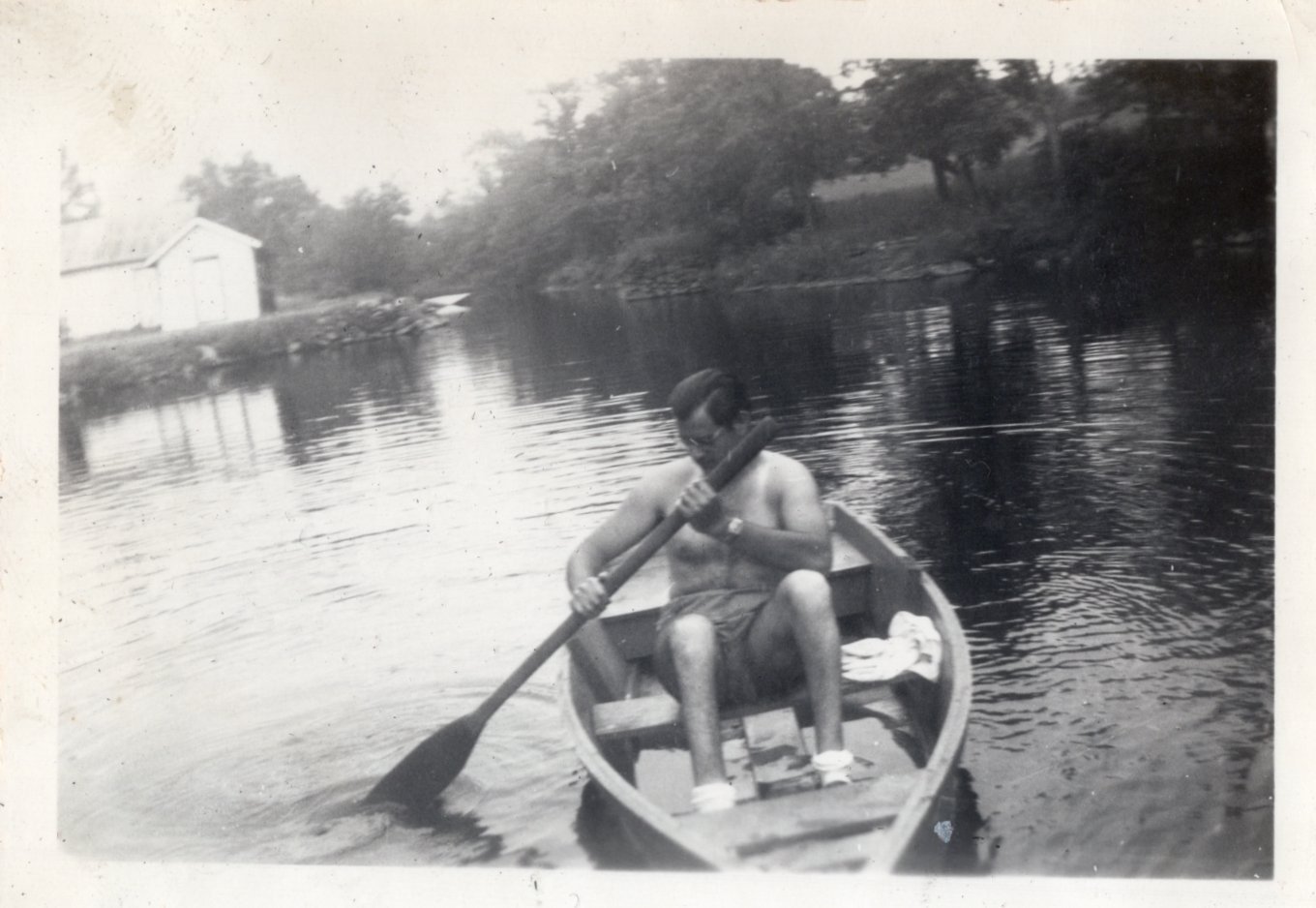
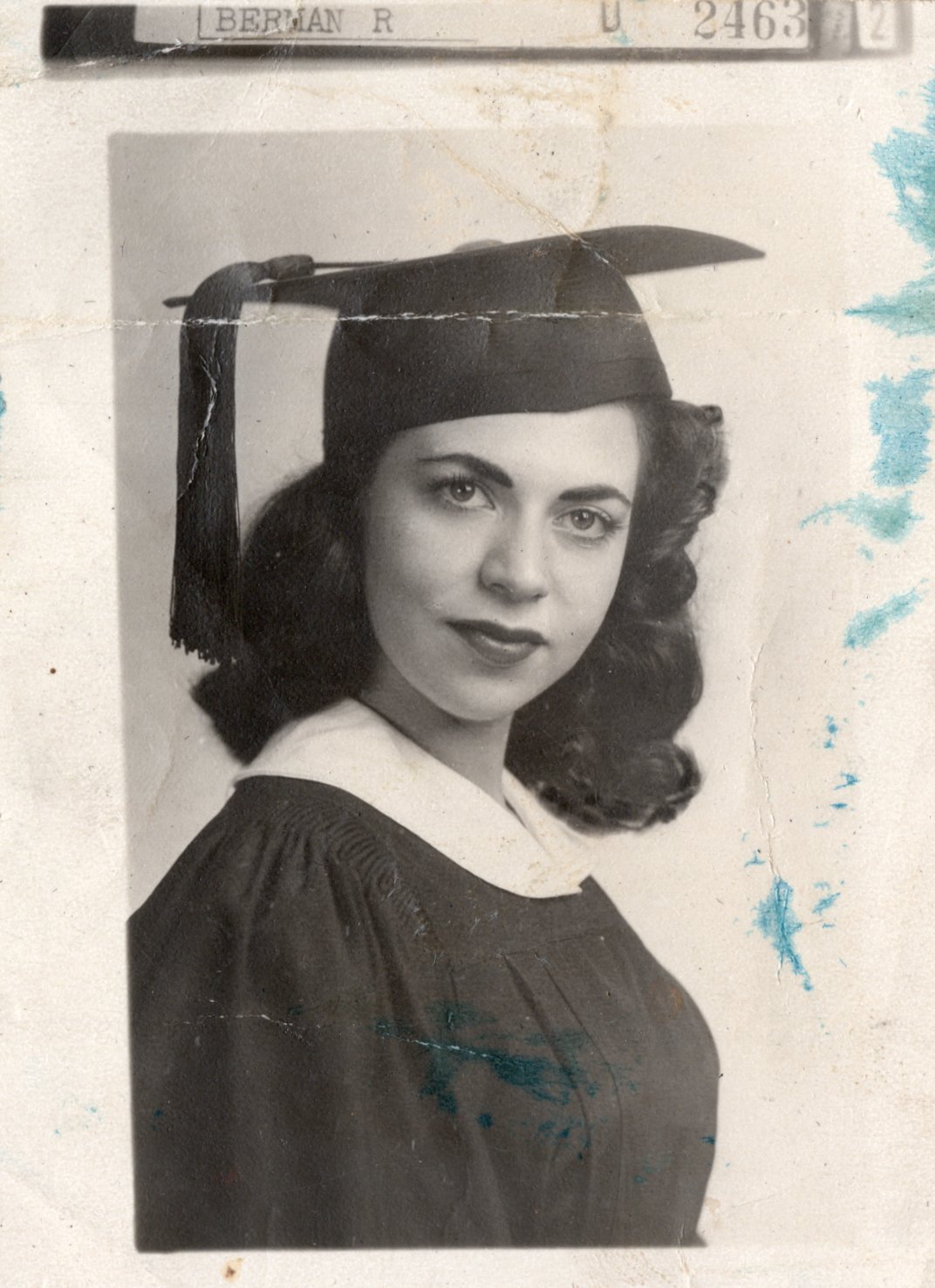
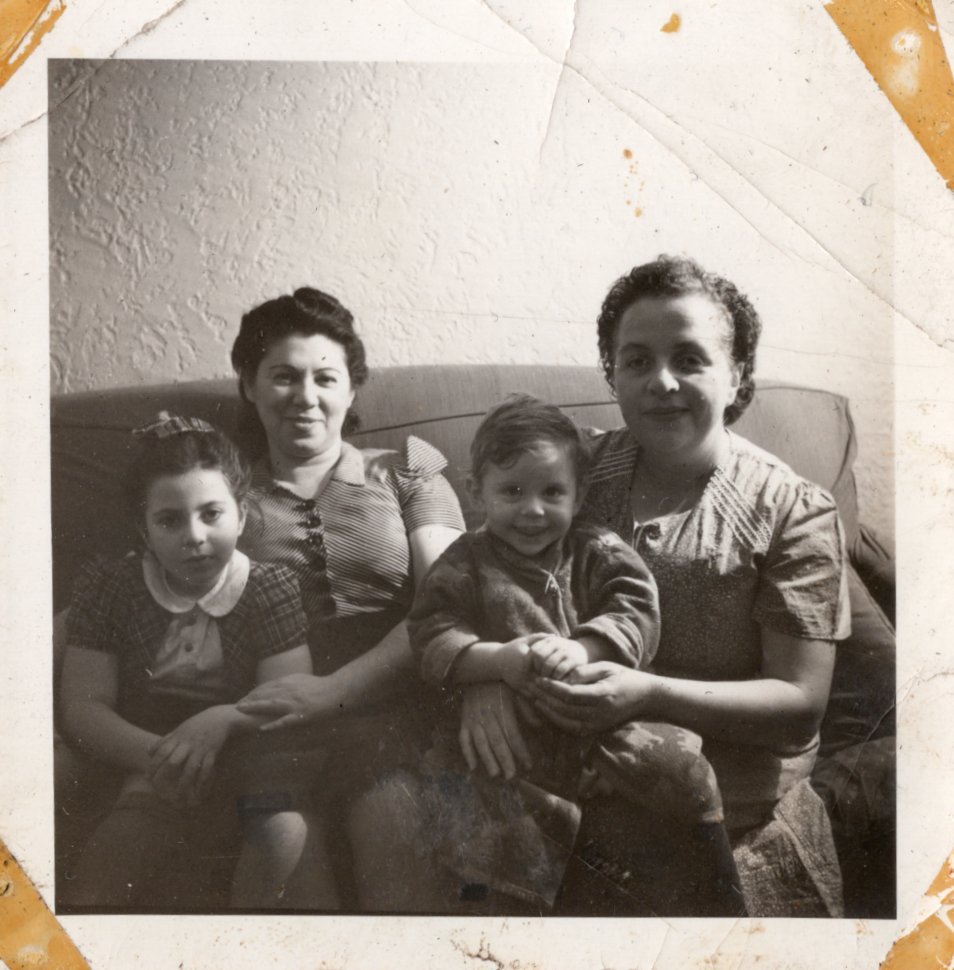
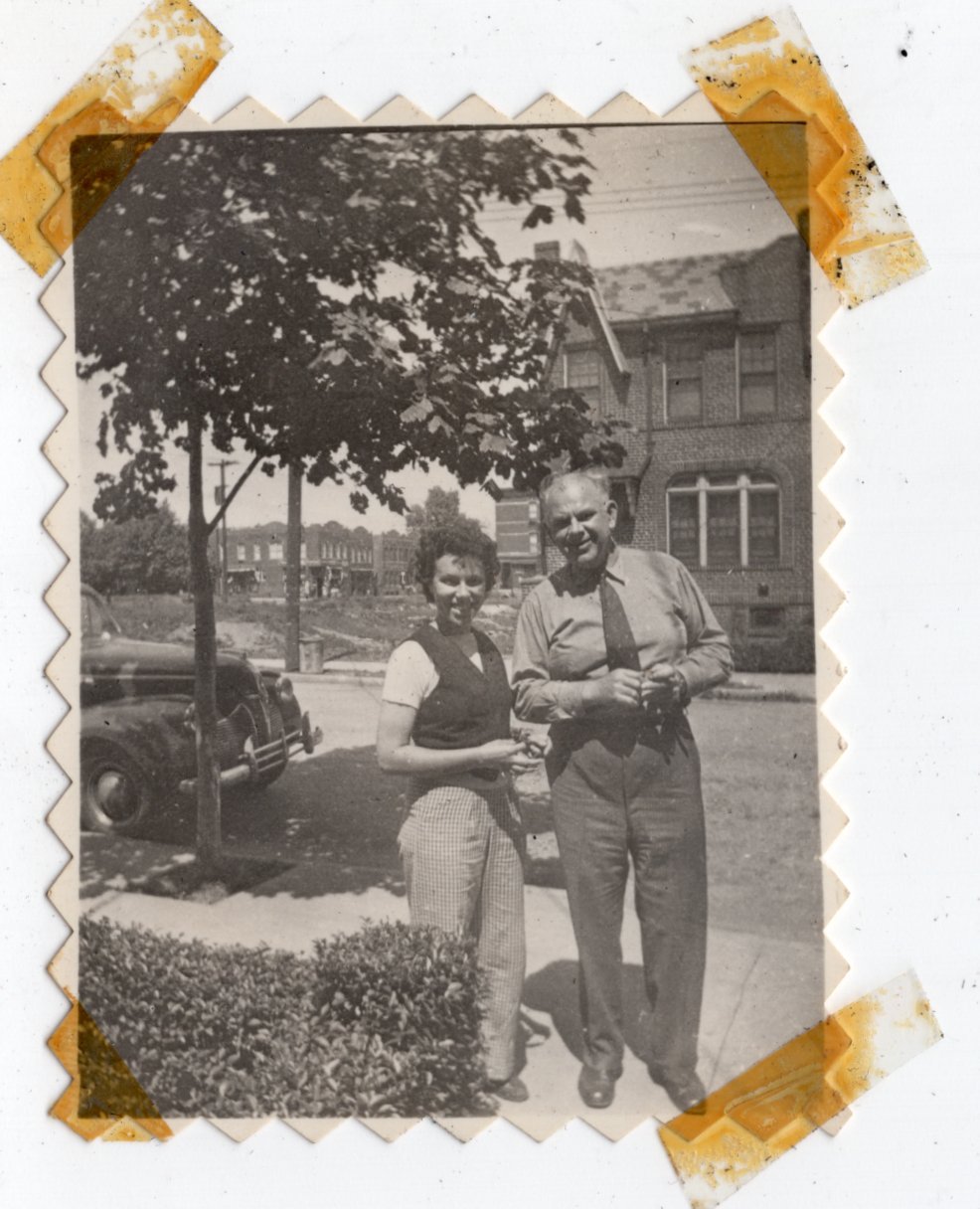
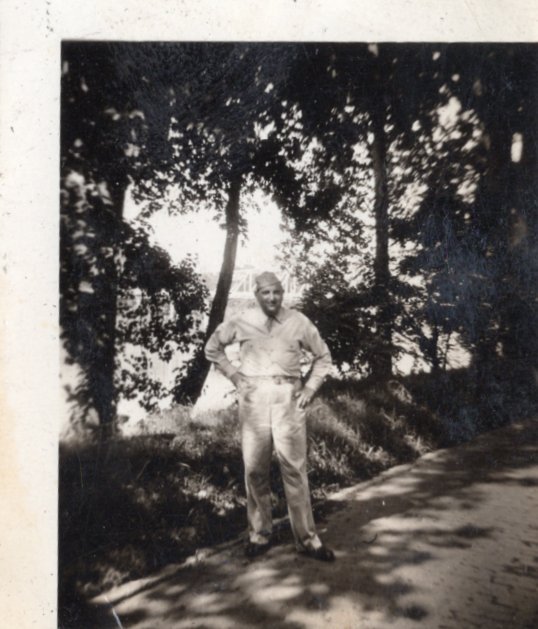


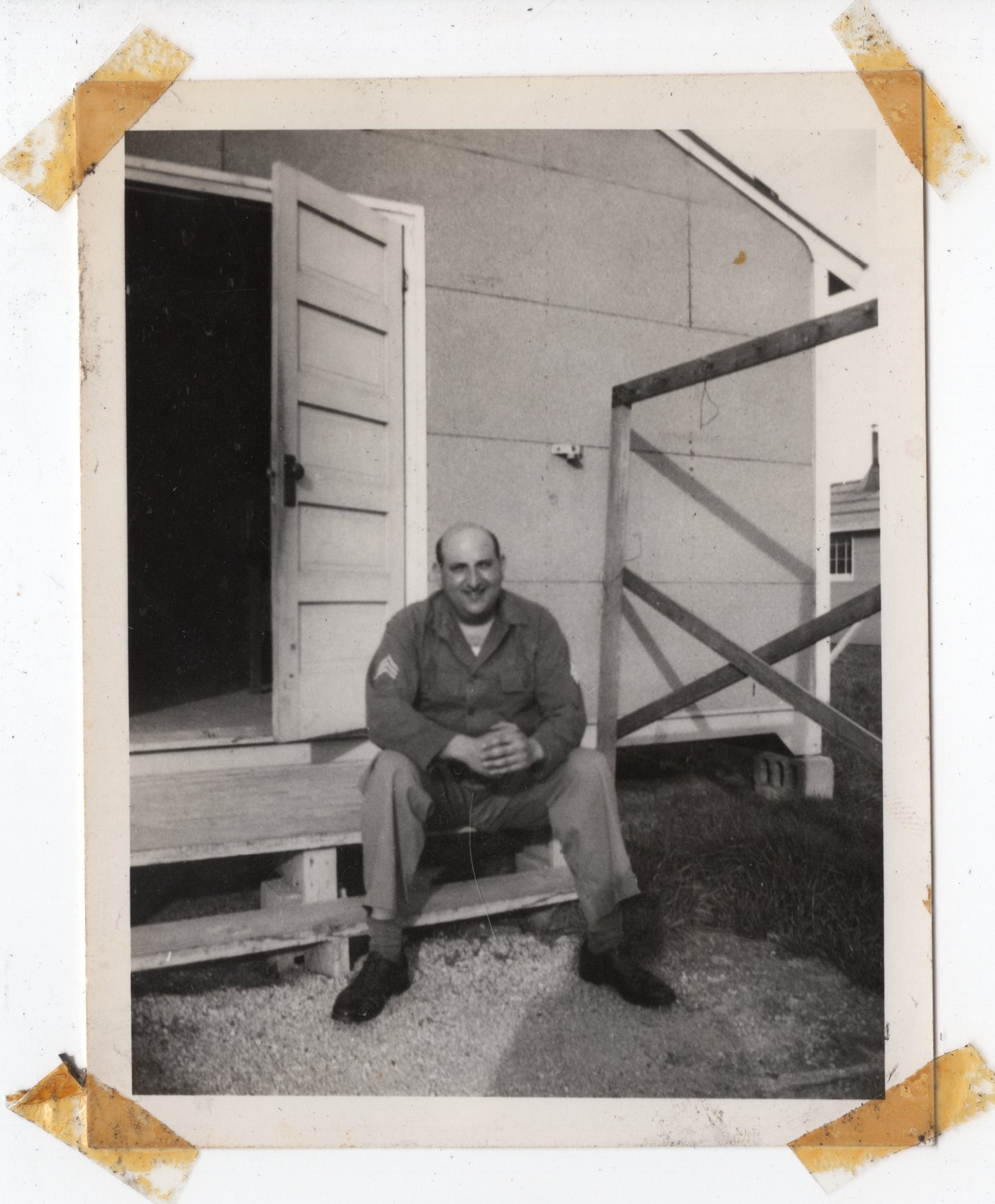
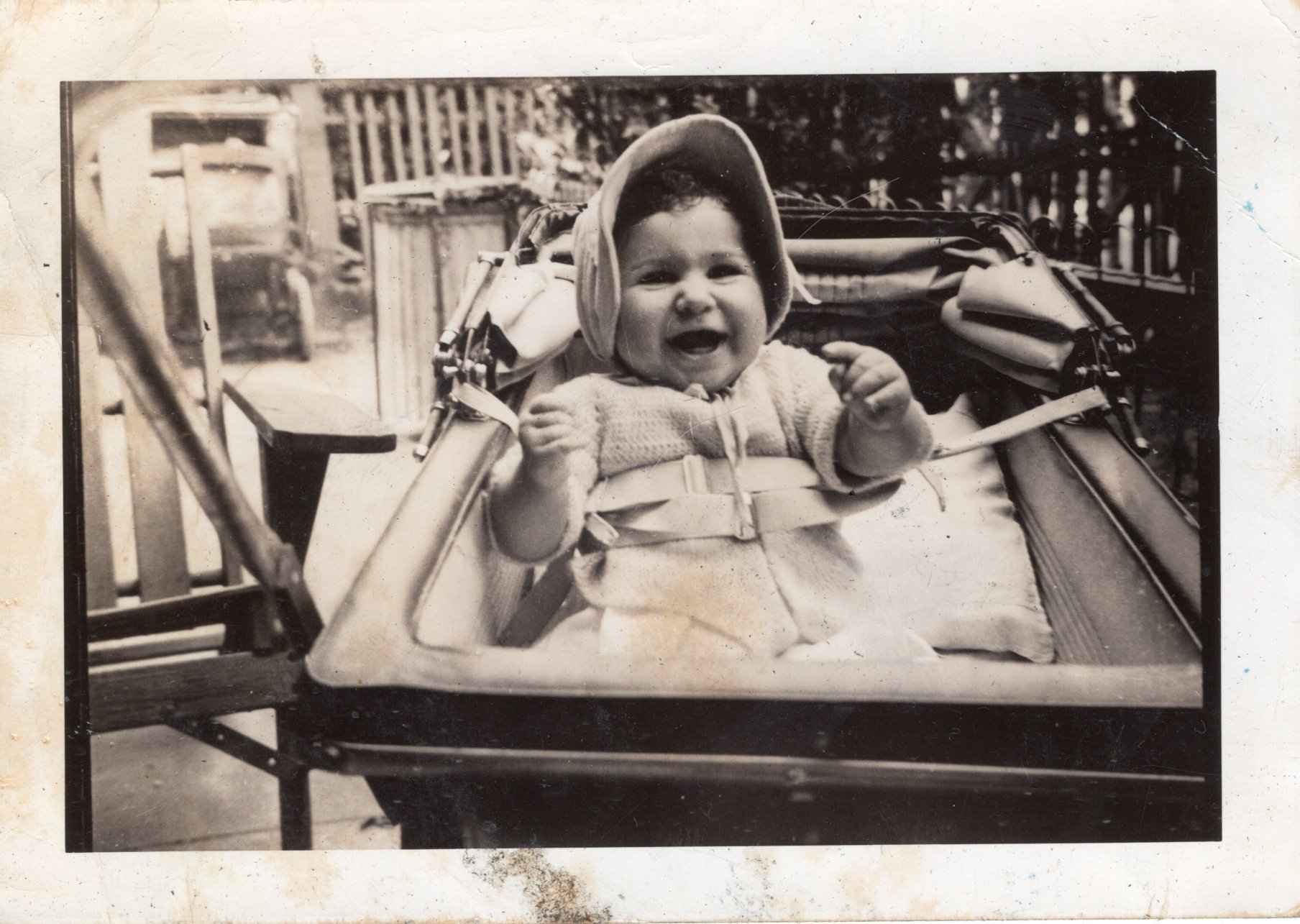
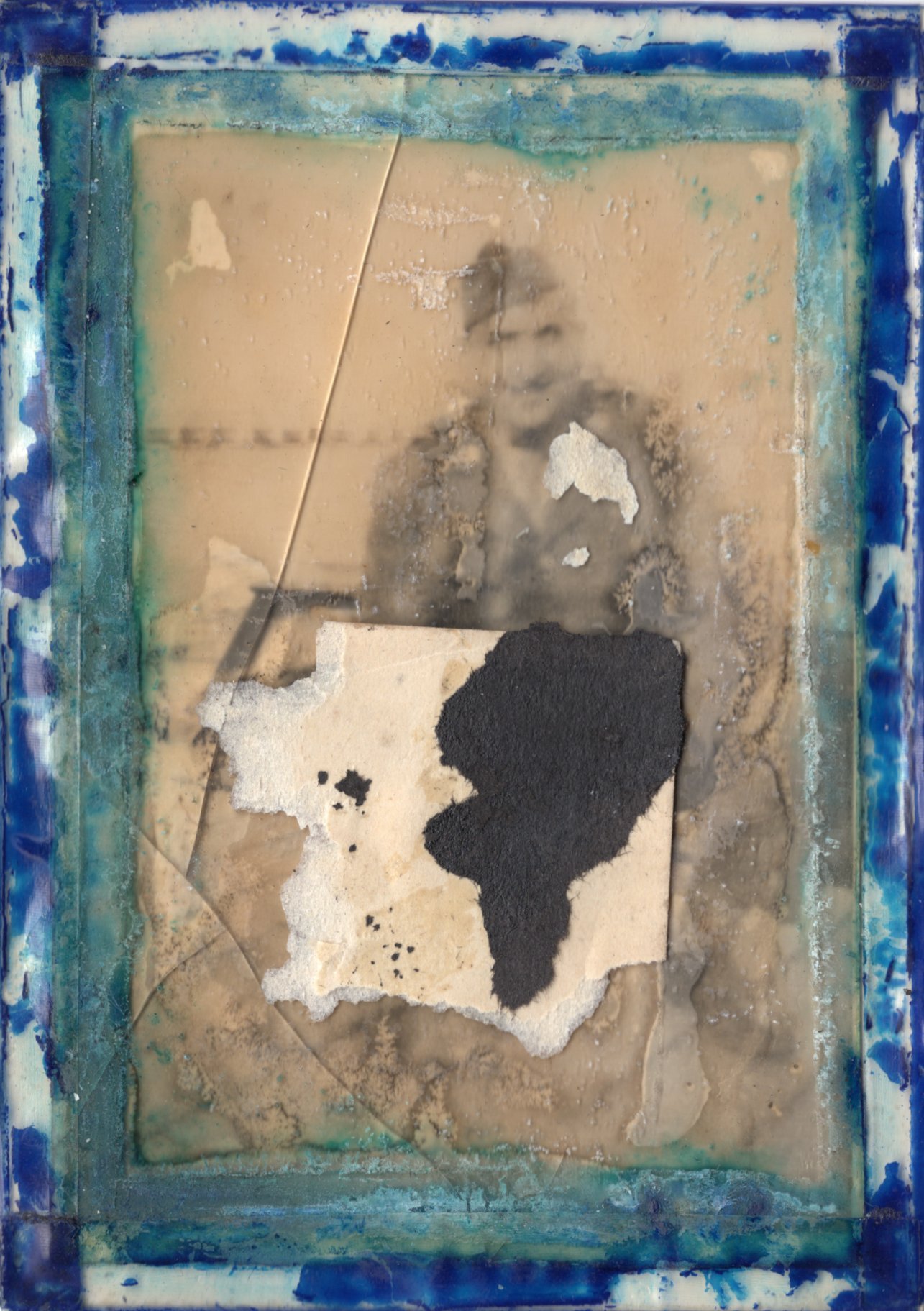

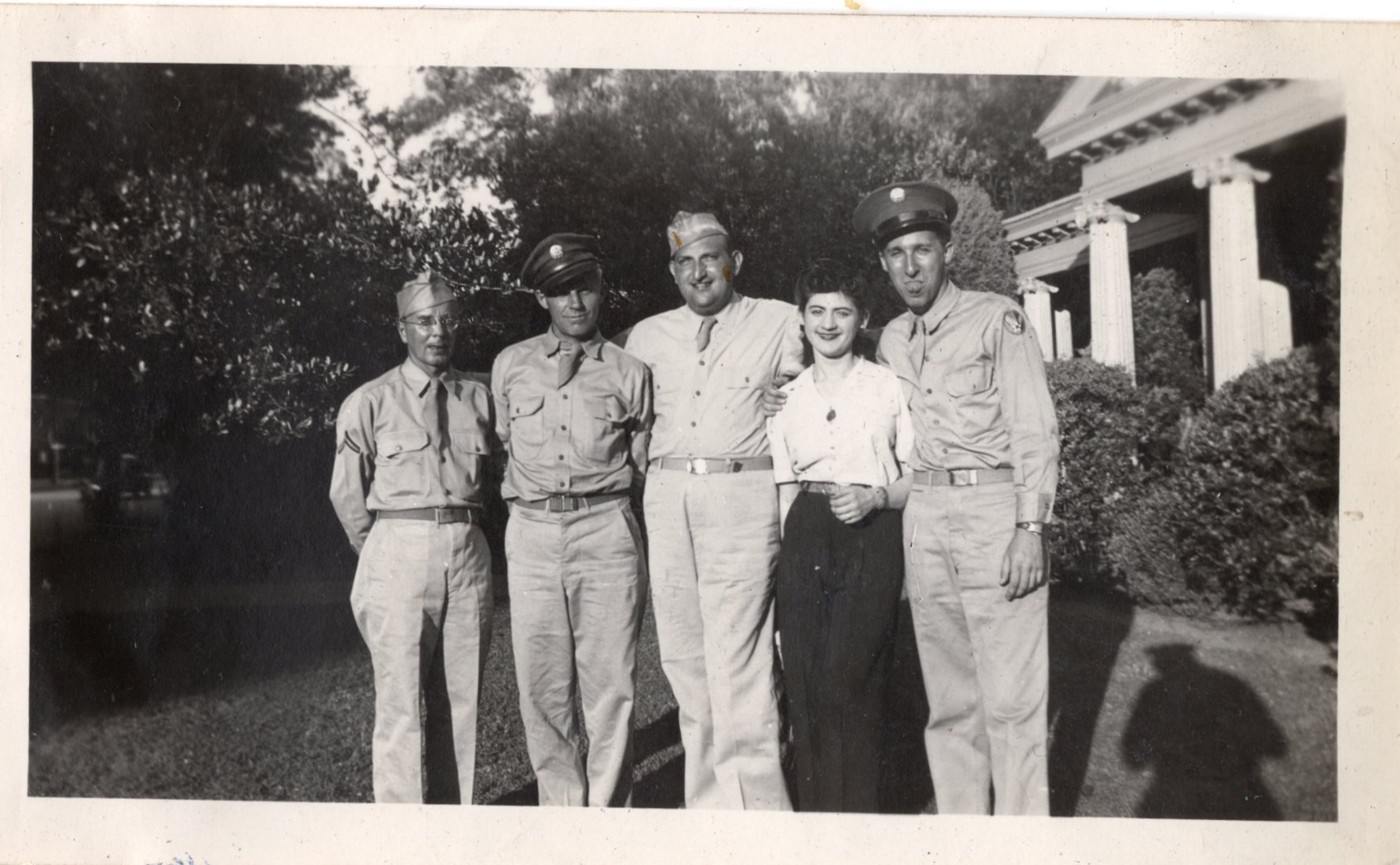
Overall, I am so grateful to be able to share the Berman family's story, and be able to send them back to a relative who I know will enjoy them. Nathan, William, and Rose, showcase the everyday lives of 20th century Americans who were able to establish themselves to live the American Dream. I am hopeful to be able to continue this podcast more regularly in the future during this summer.
If you have any questions or comments, including family history research please email me at thechosenfamiliesproject@gmail.com
Thank you for reading, remember that you are loved and always welcome here!


